Best Sony camera 2025: the top choices for both stills and video
The best Sony cameras for novices, hobbyists and pros
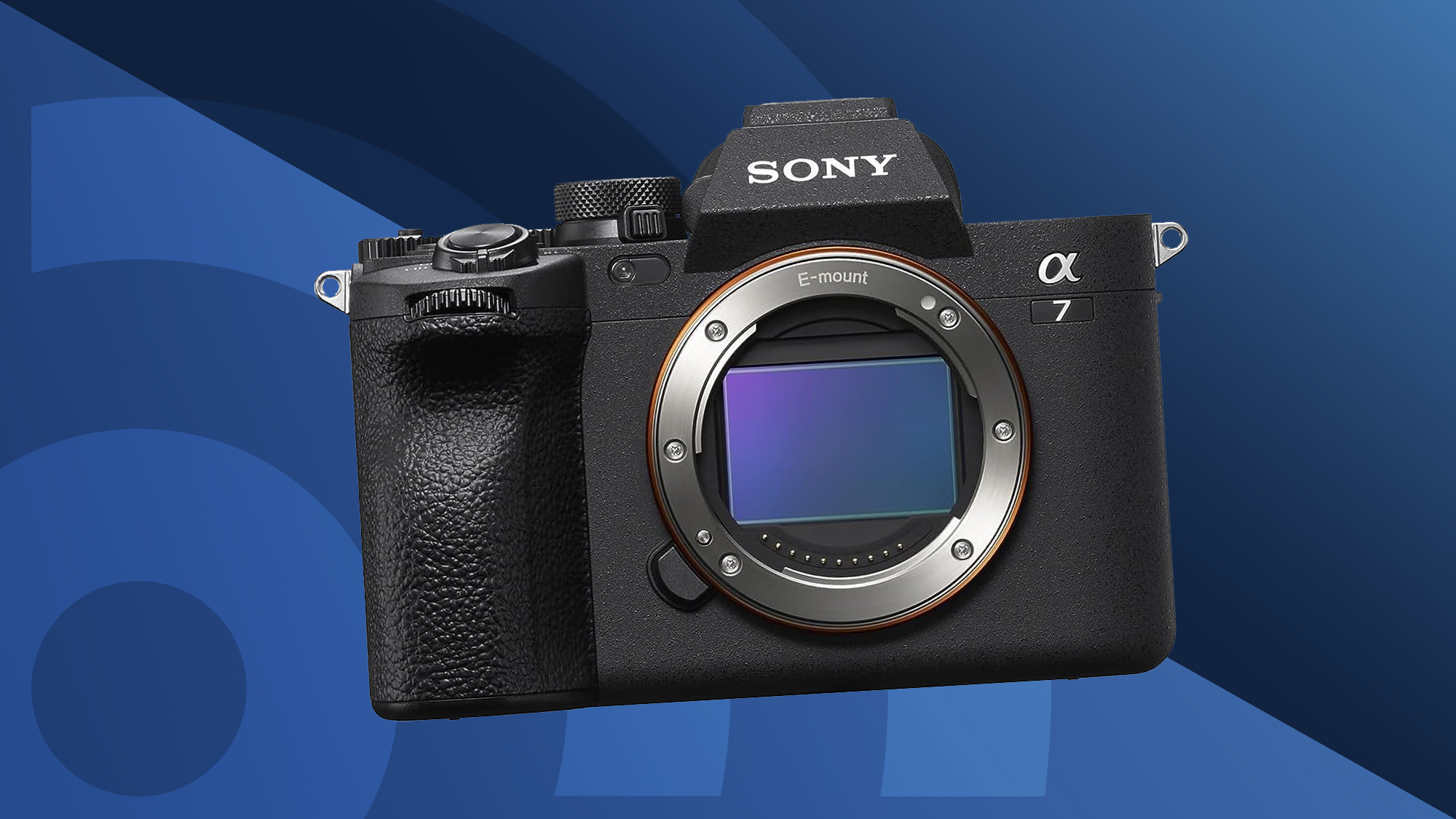
The best Sony camera for your needs and budget could well be different to the next Sony fan’s. That’s why our list below covers a range of top options from Sony’s extensive camera catalog, all rigorously tested by our expert team. Whether you want a professional hybrid or a simple but powerful vlogging tool, you’ll find Sony’s best camera gear reviewed and rated right here.
After countless hours of hands-on testing Sony's latest and greatest cameras, we think the top option for most people remains the full-frame Sony A7 IV. With its impressive 33MP sensor, class-leading autofocus, solid video specs and reasonable price point after price cuts, it’s a truly modern all-rounder, even if it is due an upgrade that is rumored to be announced some point this year.
If your needs are more focused, you'll find alternatives below that are equally as dedicated as you are. For example, if you're video-focused then the Sony ZV-E1 is a premium pick, while beginners will find the Sony A6100 offers great value. We picked the best options for specific use cases, and included the best of the rest in an also consider section at the end, that's how strong Sony's catalog is. You'll also find info about how we test Sony cameras to make informed recommendations. Whether you’re new to Sony cameras or you’ve used plenty in the past, you should find an option here that works for you.
Top 3 picks
The round-up below gives you an instant overview of the best Sony camera for each type of photographer. When you find one that looks right for you, use the links beneath each entry to jump down to our full summary.
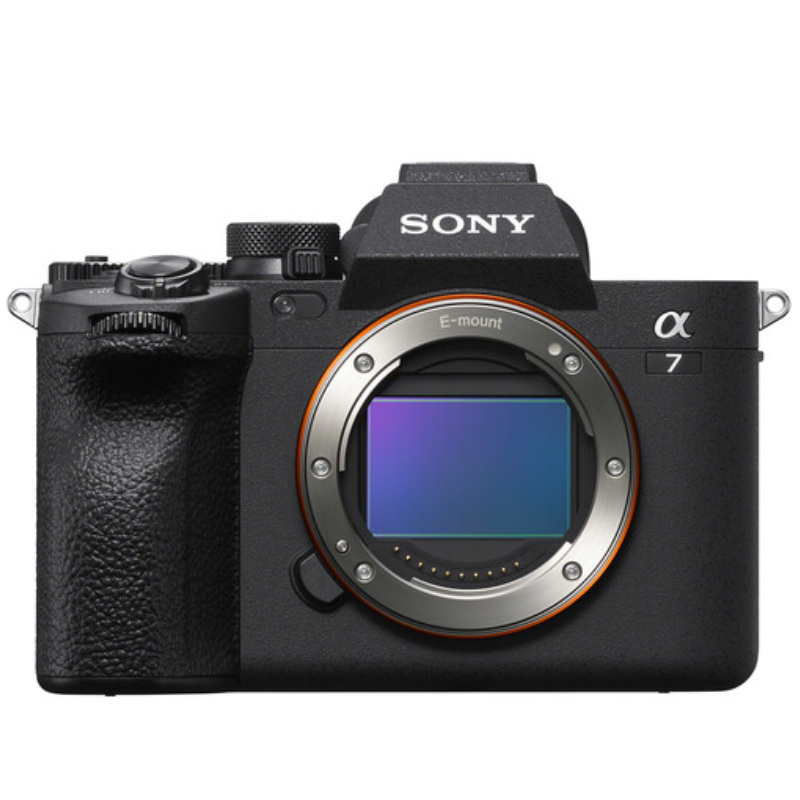
The best for most people
A powerful all-rounder with an impressive sensor, top-spec autofocus and solid video specs, the Sony A7 IV is the mirrorless hybrid to beat.
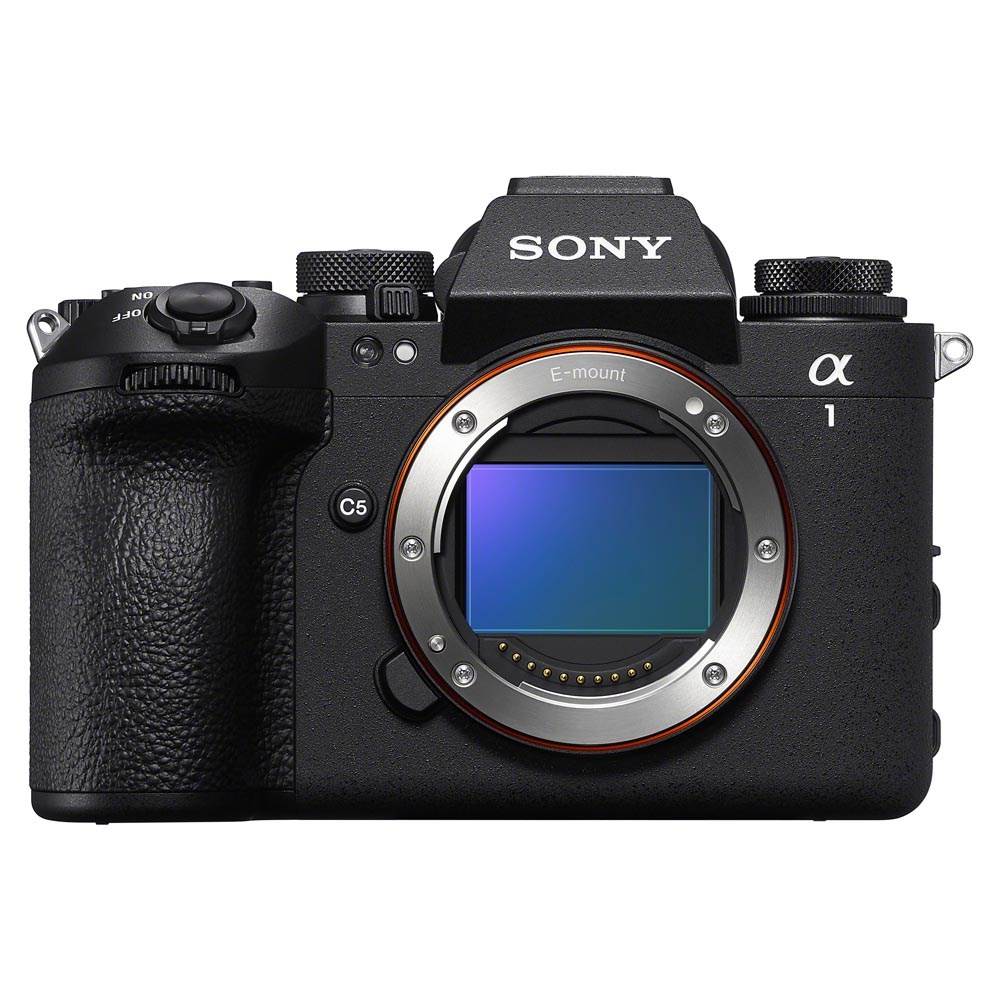
The best professional
With a high-res 50MP sensor, rapid 30fps burst speeds, lightning autofocus and 8K raw video, the Sony A1 II is all the camera most pros could ask for – and priced to match.

The best beginner Sony
Easy to use and blessed with strong image quality, autofocus and battery life, the A6100 is a reliable choice for beginners to learn and grow with.
Best by use-case
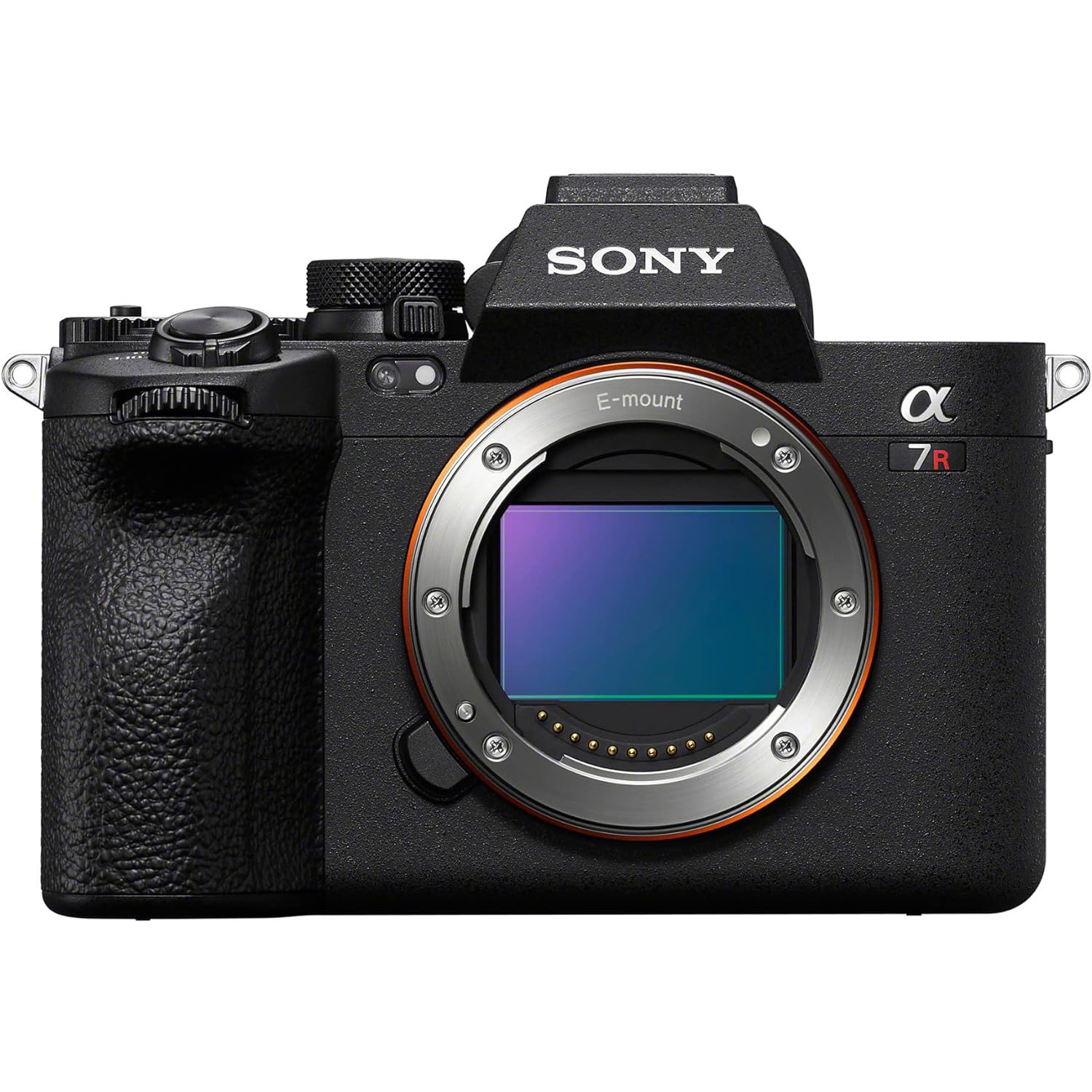
The best high-res for pros
It’s not cheap and others do video better, but the A7R V is a high-res pro workhorse with excellent image quality and impressive overall performance.
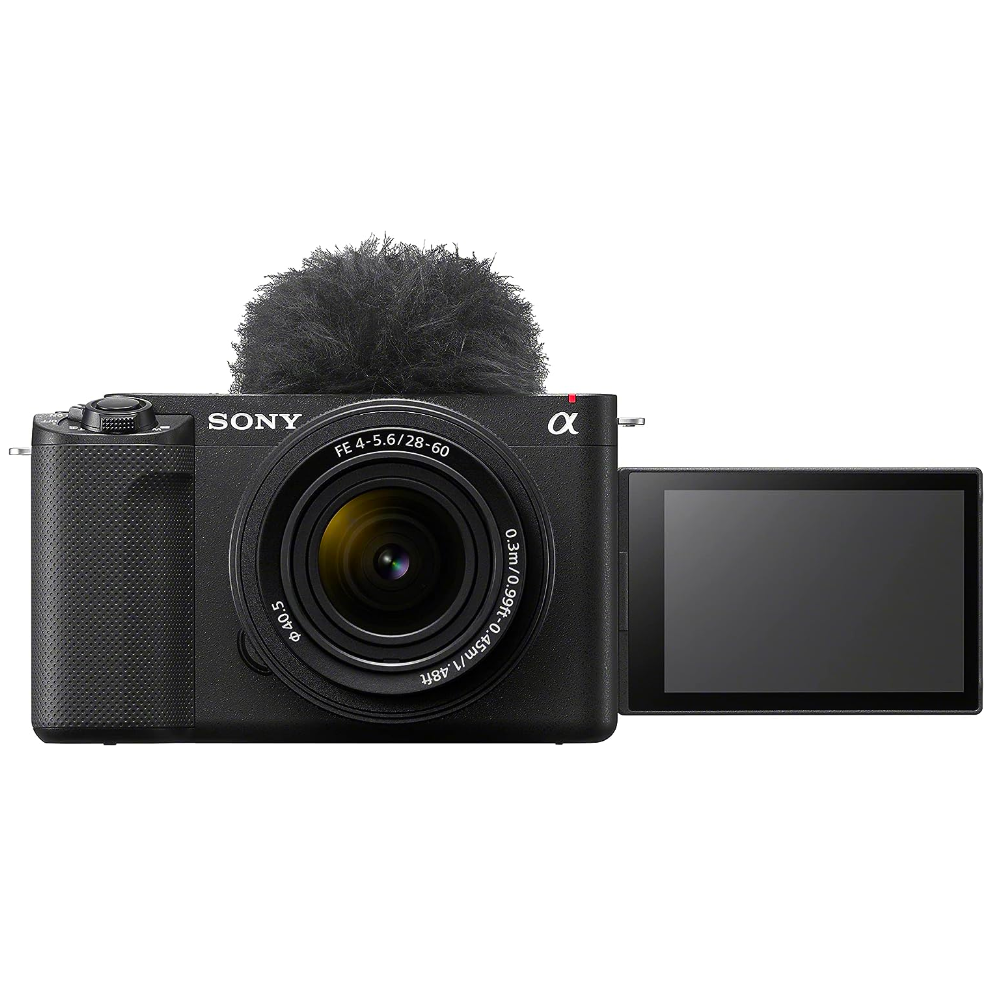
The best full-frame vlogging
Like a 4K film crew that fits in your pocket, the ZV-E1 gives content creators all the tools they need to produce high-quality handheld vlogs in any light.
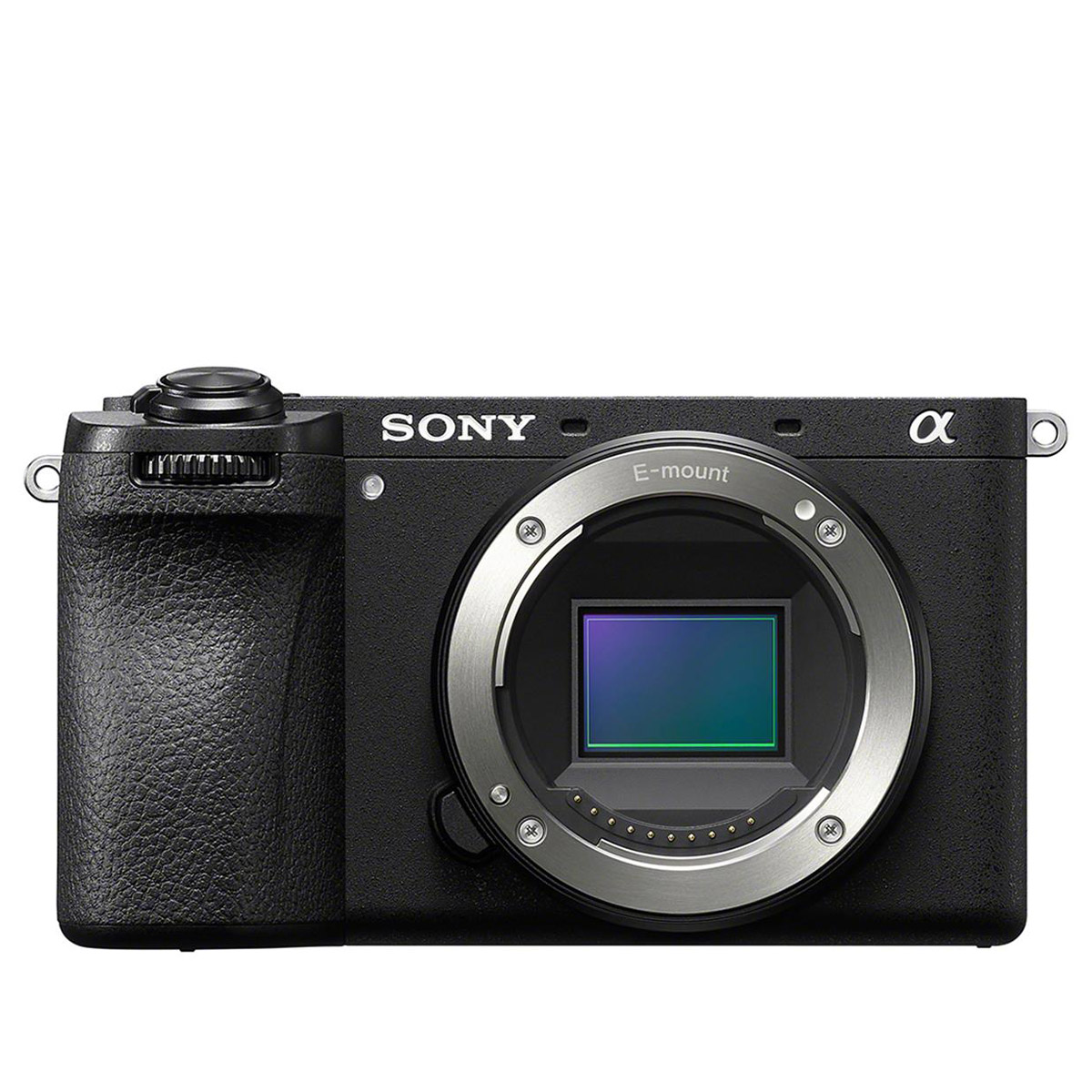
The best APS-C camera
It’s not a perfect hybrid, but great handling, compact dimensions and clever AI autofocus make Sony’s flagship APS-C camera a strong option.
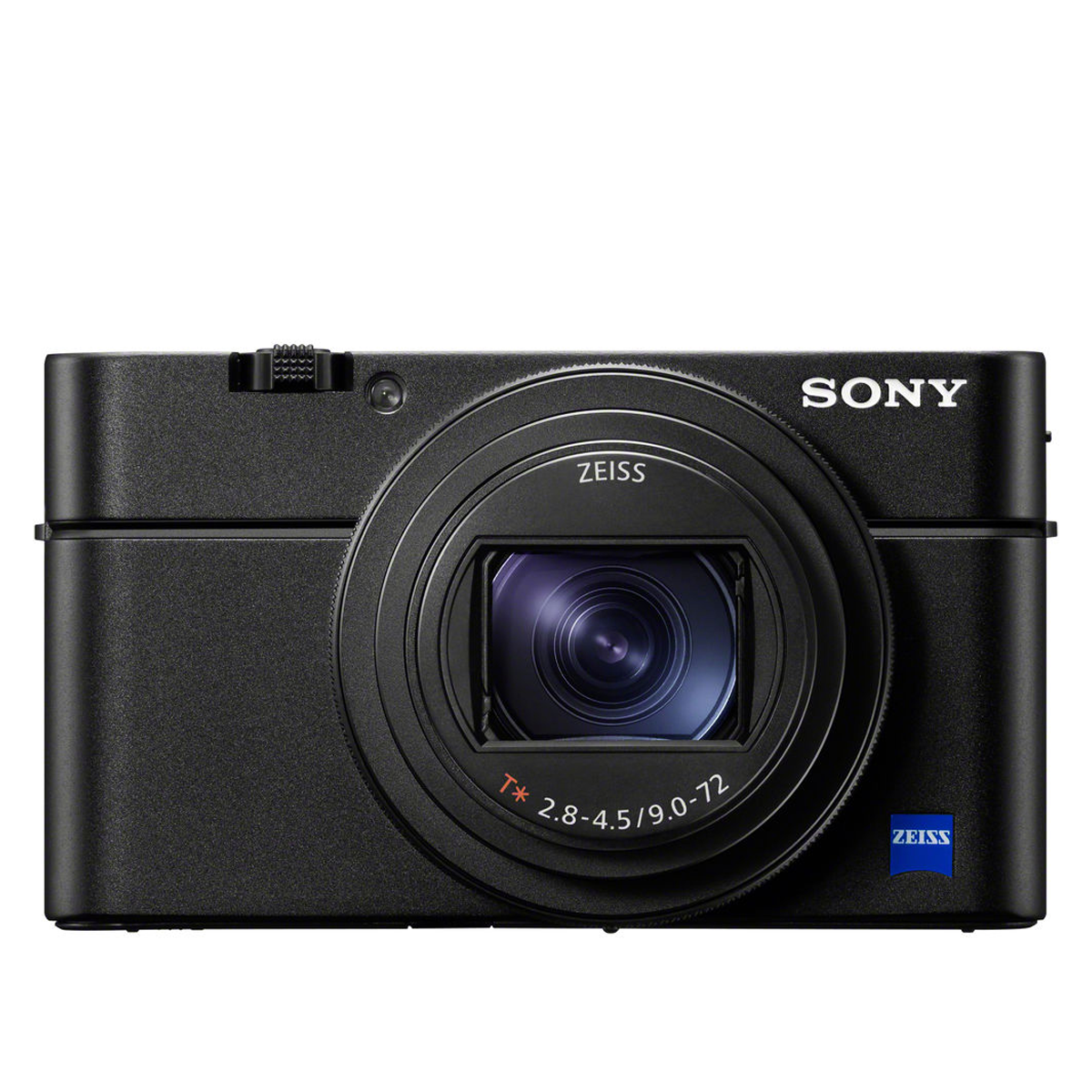
The best Sony compact
This Sony compact puts emphasis on the premium, but justifies its price with strong image quality, sharp 4K videos and sticky face detection autofocus.
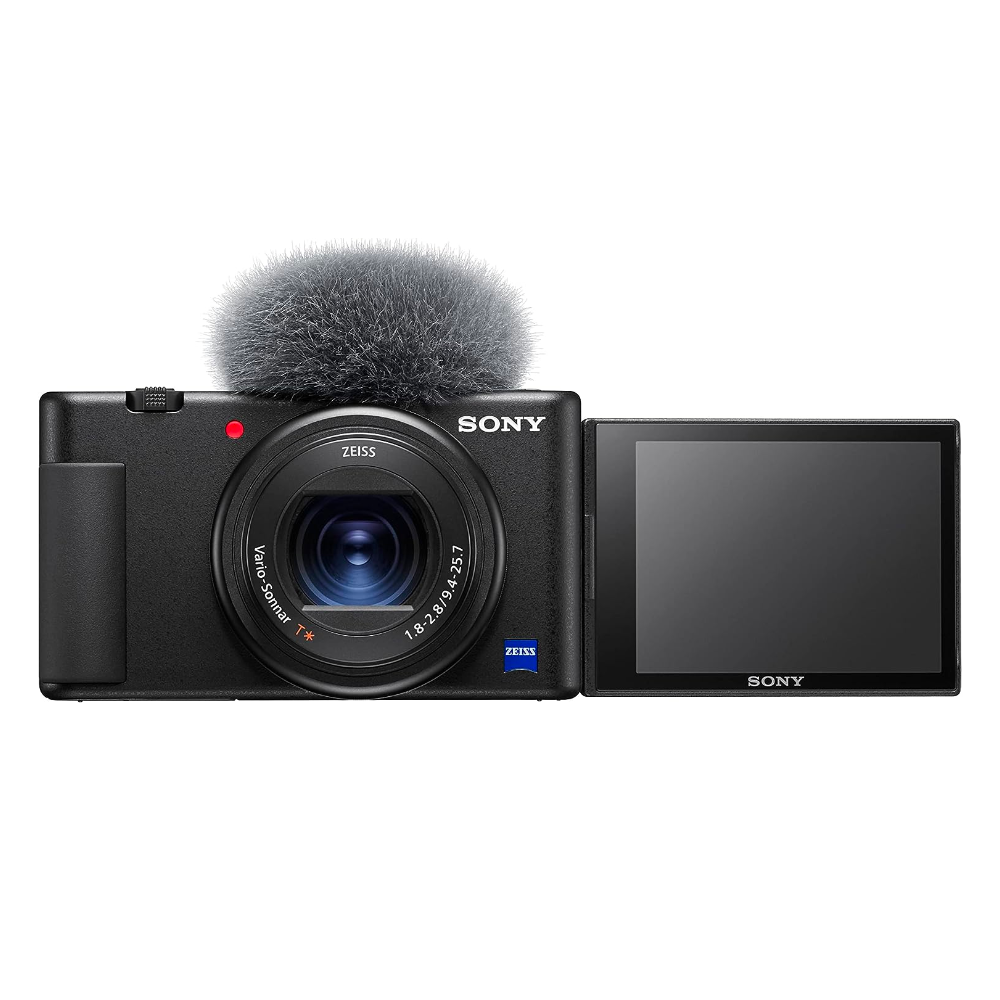
The best compact for vlogging
A pocket vlogging camera with a useful side-flipping screen, the Sony ZV-1 offers plenty of powerful video features in a very portable package.
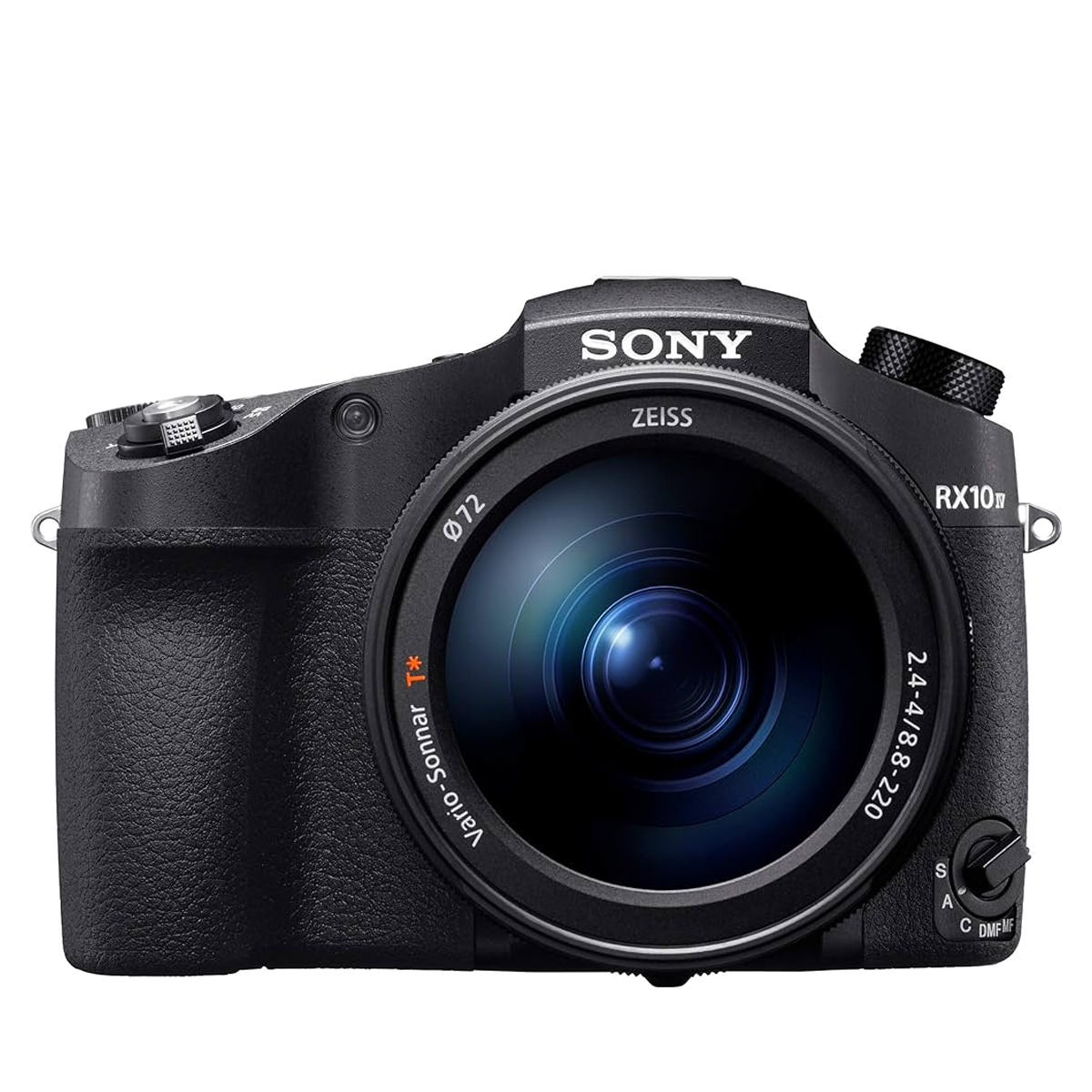
The best Sony bridge camera
If you’re happy to pay for a true all-in-one with powerful zoom, strong performance and superb image quality, there’s nothing like the RX10 IV.

Tim is TechRadar's Cameras Editor, with more than 15 years in the photo video industry. Tim has shot with a wide range of Sony cameras in his time as a photographer and tech journalist, giving him unique insight into what makes a great Sony camera. He notes, "Sony’s stable isn’t short of variety, and that’s reflected in our round-up: you’ll find capable Sony cameras fit for a whole host of shooting pursuits, from travel to video to studio duties."
The best Sony cameras in 2025
Why you can trust TechRadar
Below you'll find full write-ups for each of the best Sony cameras in our list. We've tested each one extensively, so you can be sure that our recommendations can be trusted.
The best Sony camera overall
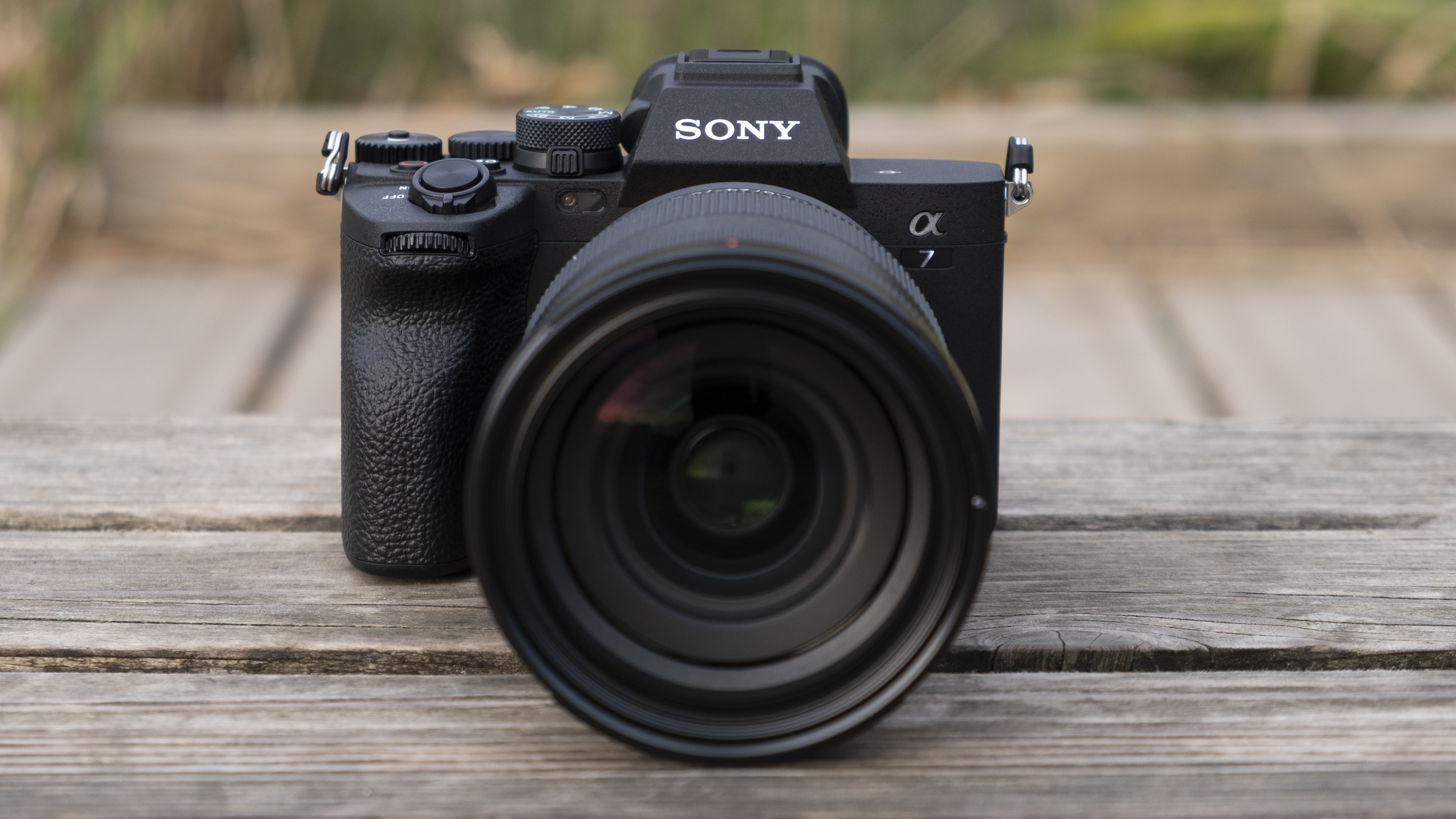
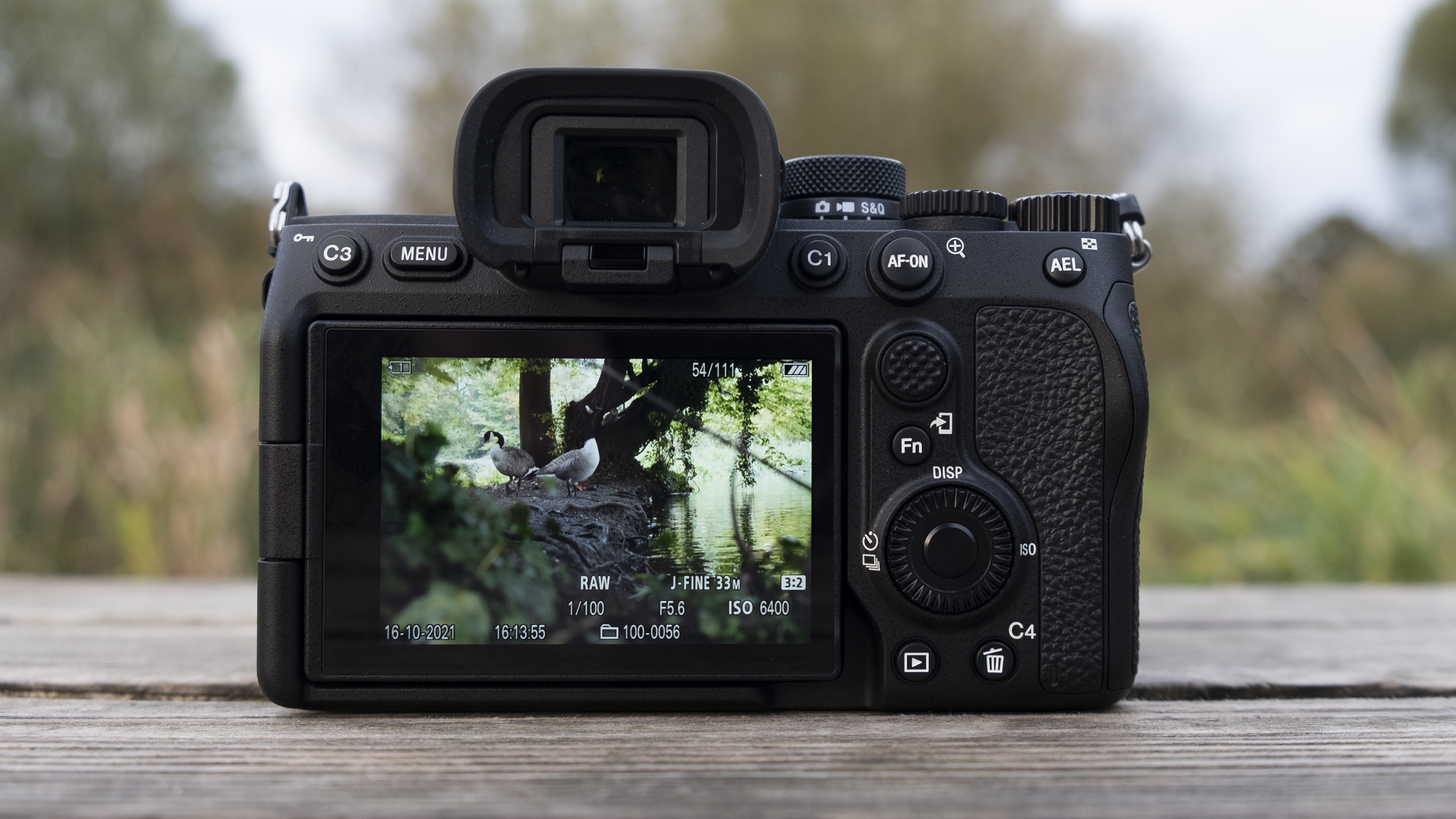
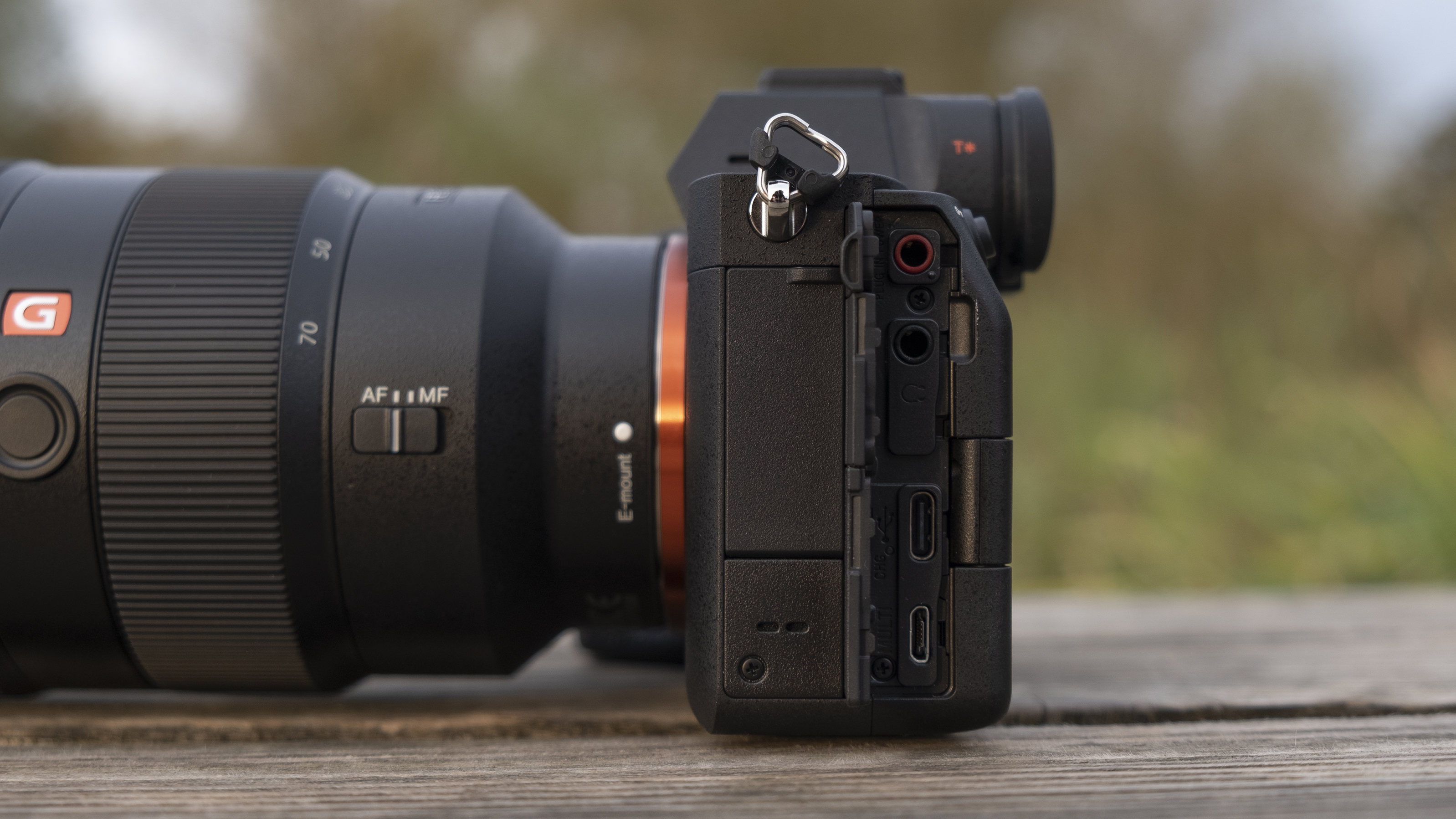
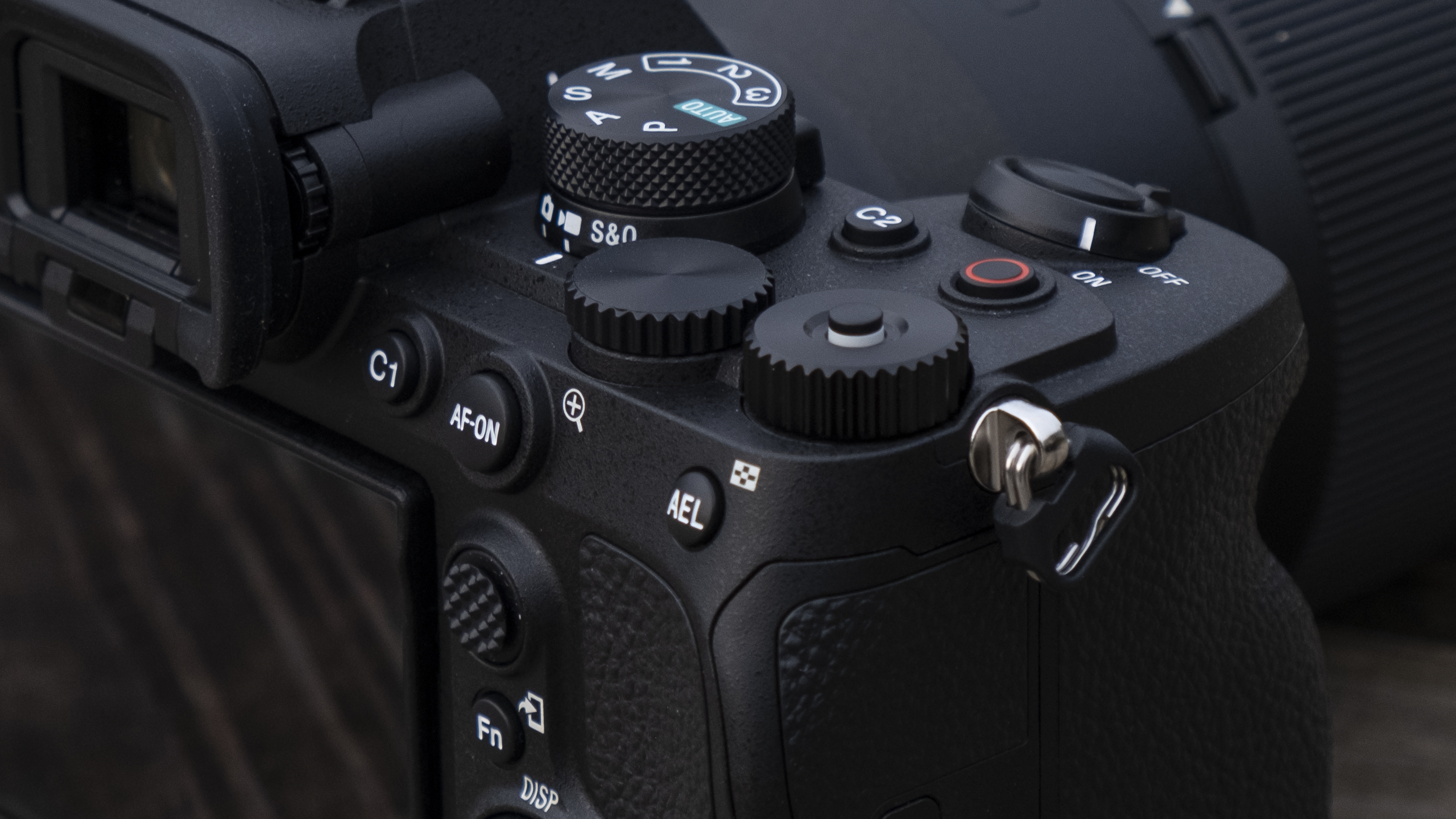

Specifications
Reasons to buy
Reasons to avoid
Sony A7 IV sample images
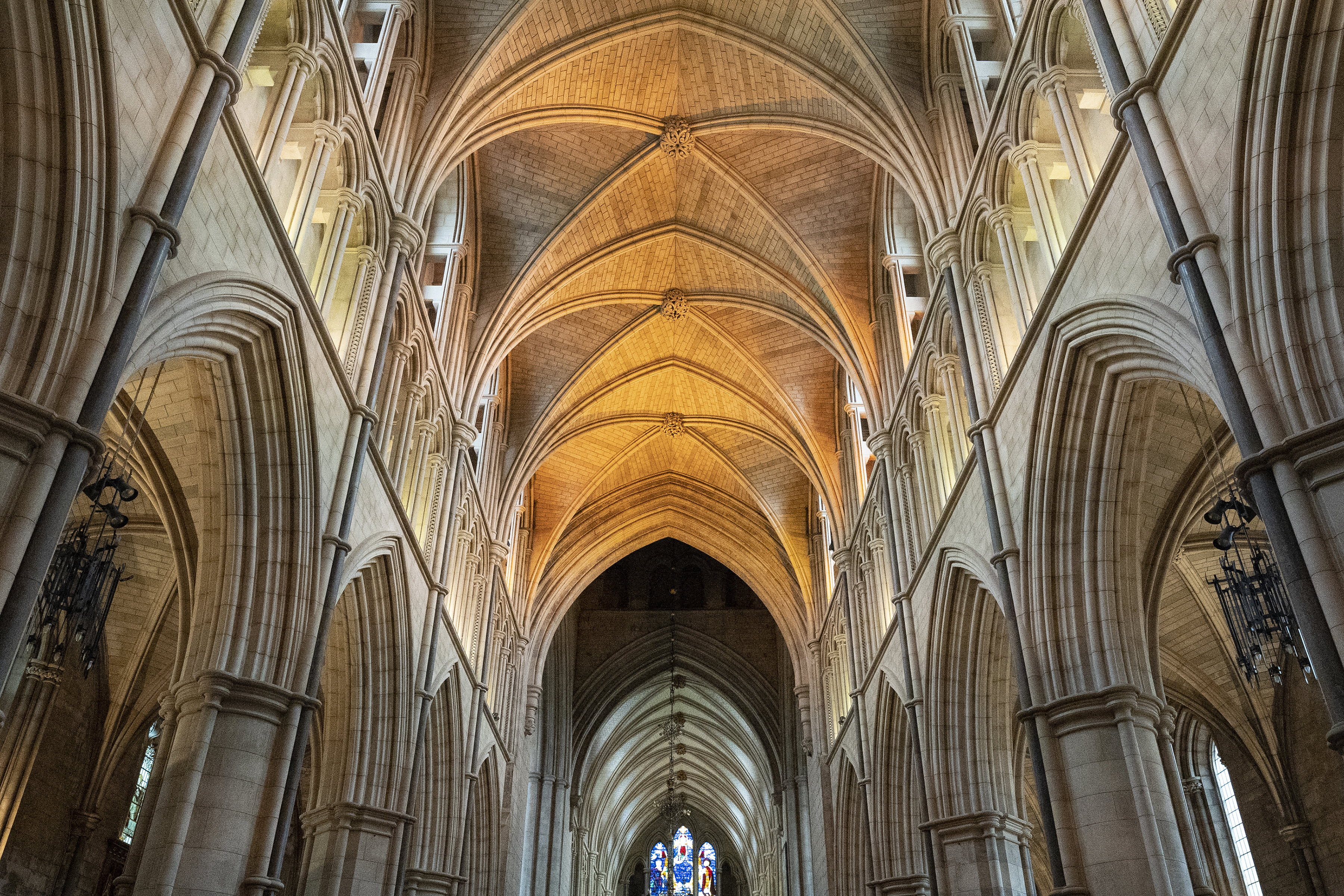
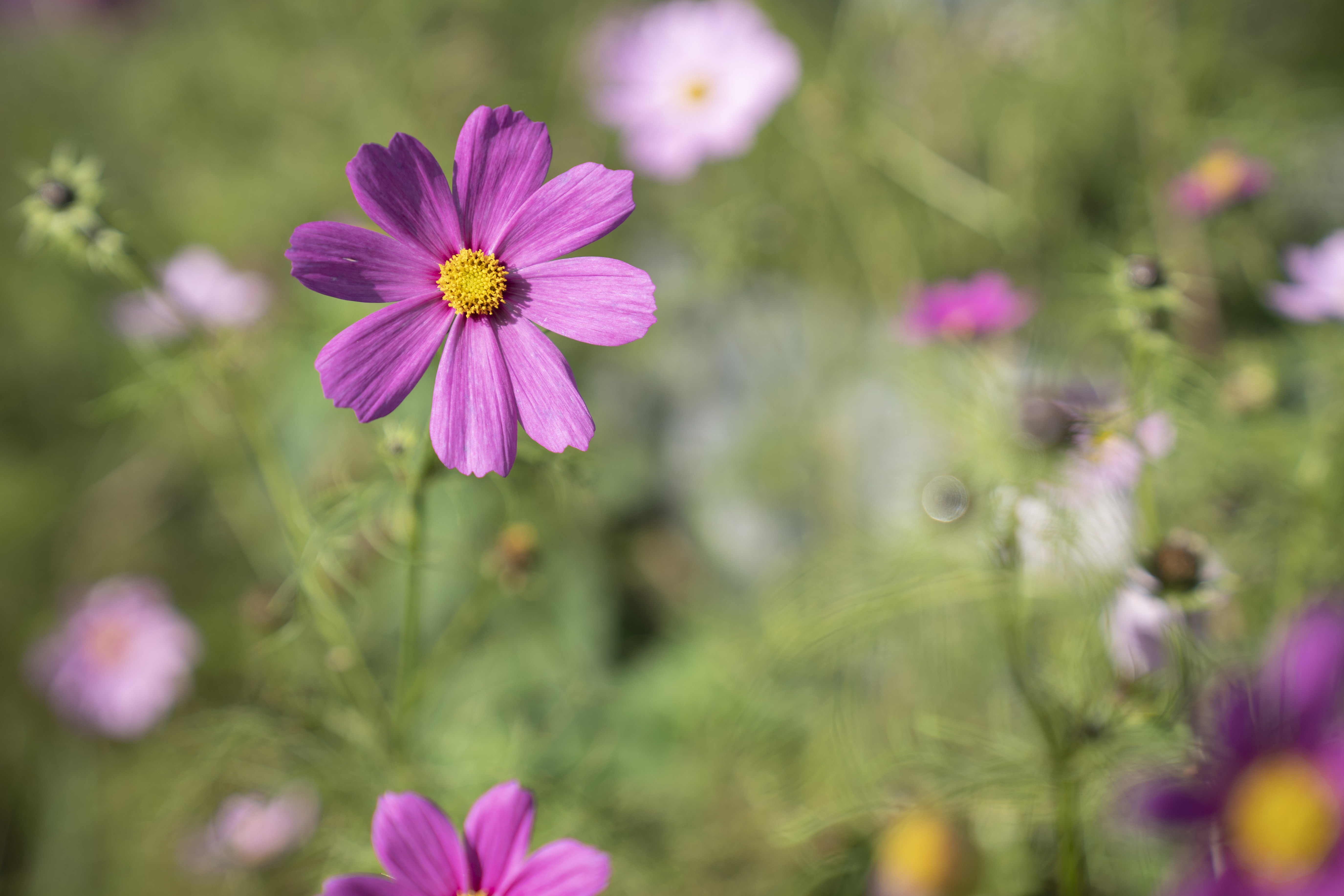
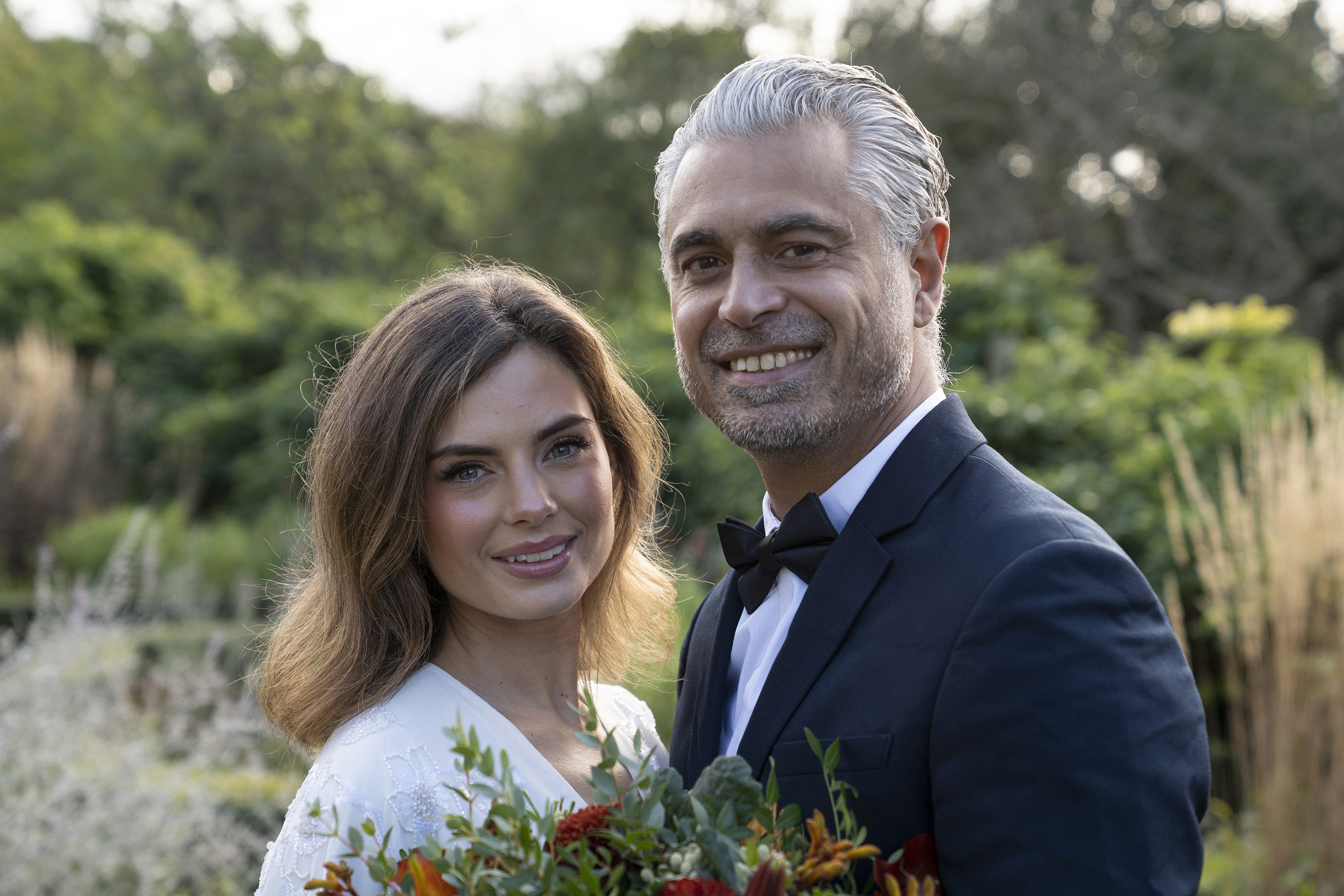


✅ You need a capable all-rounder for stills and video: There are better specialist Sony cameras out there, but as an all-rounder the full-frame A7 IV is Sony's best offering.
✅ You wany to upgrade your Sony A7 / A7 II / A7 III: The A7 IV is a big upgrade on the A7 III, with higher resolution 33MP sensor, better autofocus, and all round usability.
❌ Your focus is action: The Sony A7 IV is no slouch, but if you're shooting action a lot, then there are better cameras out there for the money.
❌ You're open to other brands: If you're not set on Sony, then we think the Nikon Z6 III and Canon EOS R6 II are better all-round hybrids.
As the successor to the celebrated A7 III, the Sony A7 IV range has big full-frame shoes to fill. Luckily, we think the A7 IV takes that baton and runs away with it. Introducing a sharper 33MP sensor, powerful Bionz XR processor, and upgraded video skills (including support for 10-bit footage), the A7 IV proved a true hybrid workhorse in our review. It also benefits from an improved viewfinder, a new vari-angle touchscreen, and a huge 828-shot buffer for CFexpress cards.
As is often the case, that flexibility doesn’t come without compromise: there’s a heavy crop on 4K footage and, in testing, we found that it’s not the easiest camera for beginners to use. A price increase means it doesn’t have the same entry-level appeal as its predecessor, while rivals like the Canon EOS R6 also offer faster burst shooting rates – although Sony’s class-leading autofocus skills do plenty to compensate for this. Taken as a whole, the Sony A7 IV is a worthy successor to the A7 III. It’s a fantastically versatile option that could be all the camera most people ever need.
- Read our in-depth Sony A7 IV review
The best Sony camera for professionals
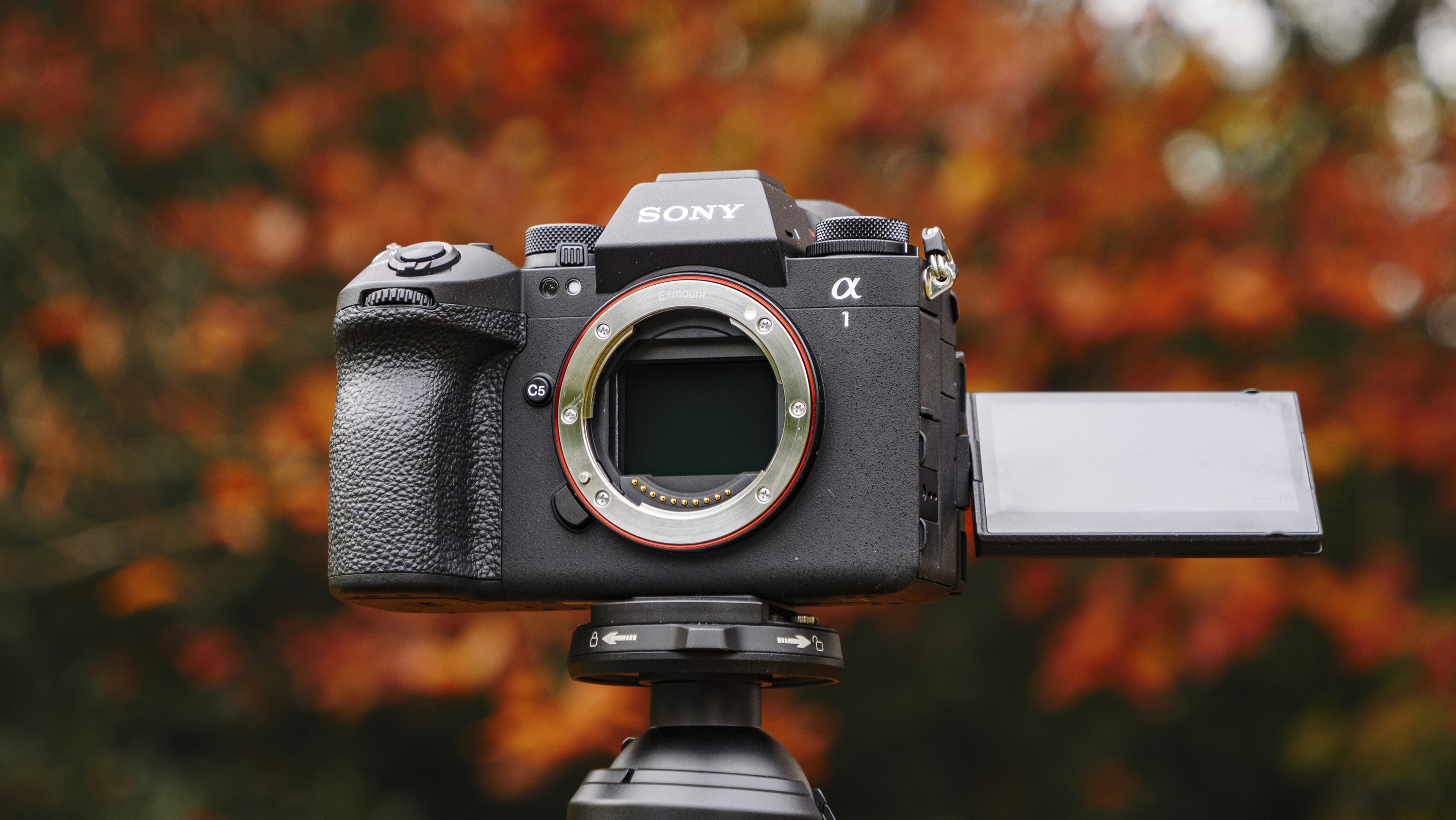
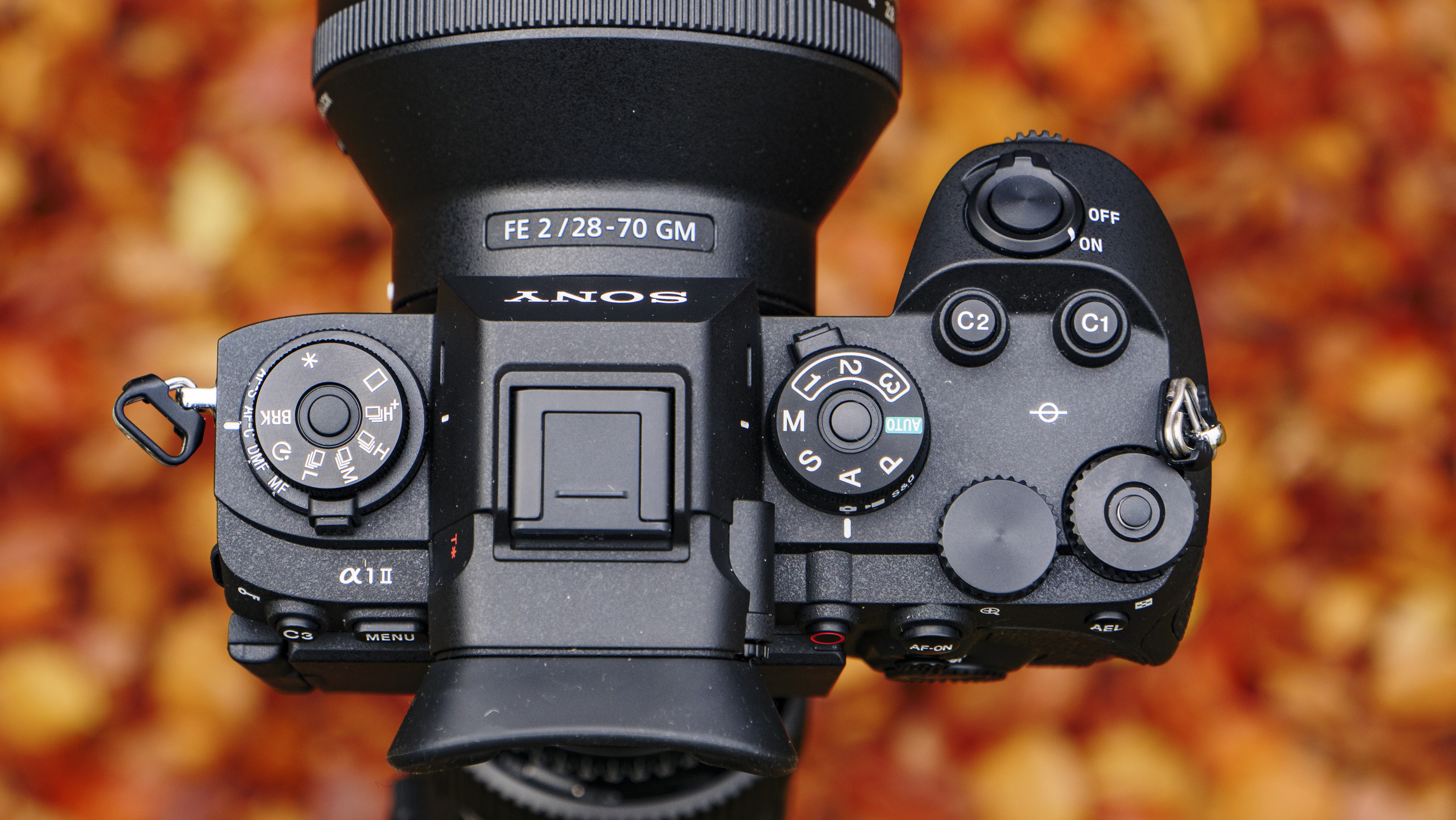
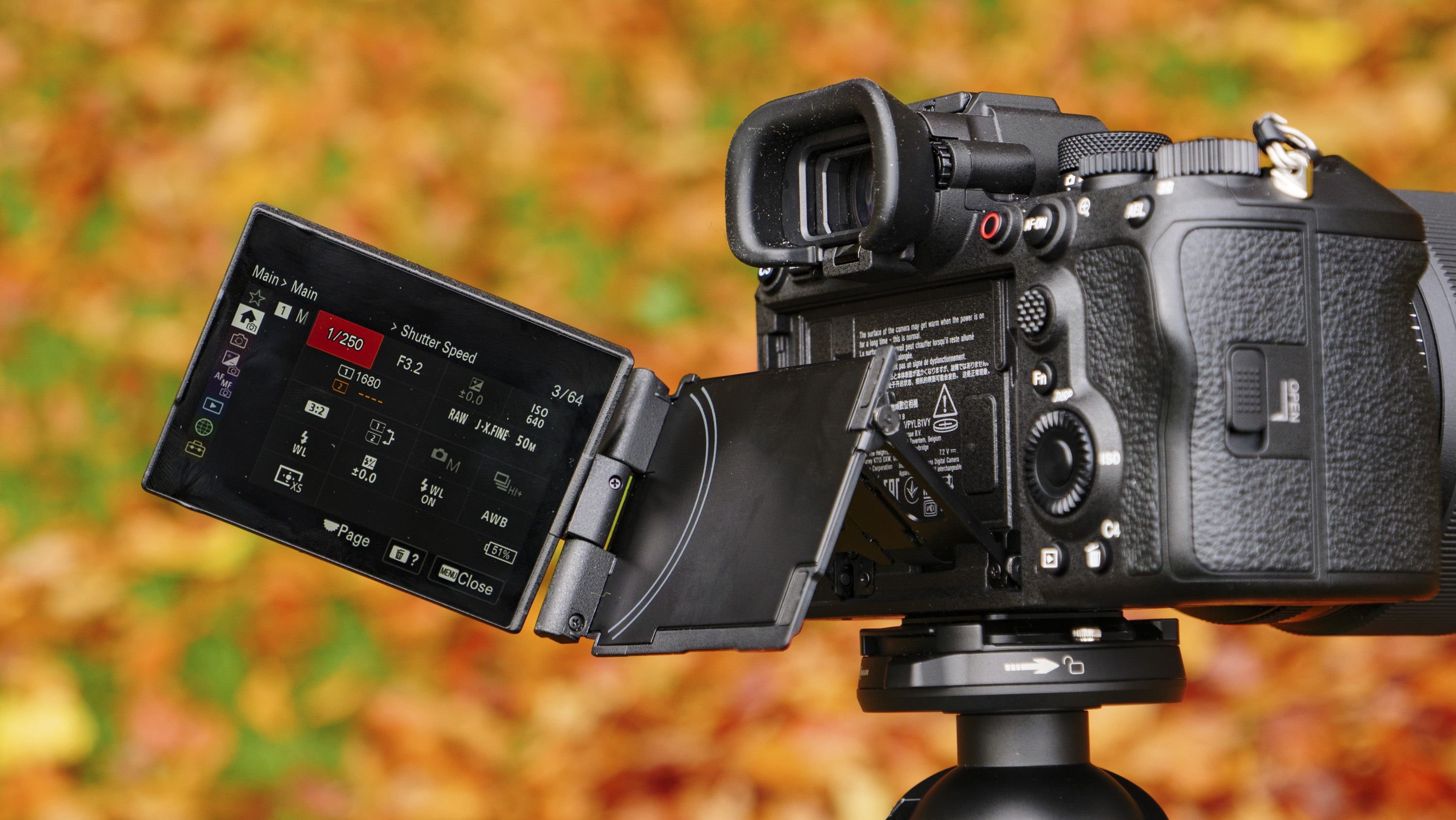
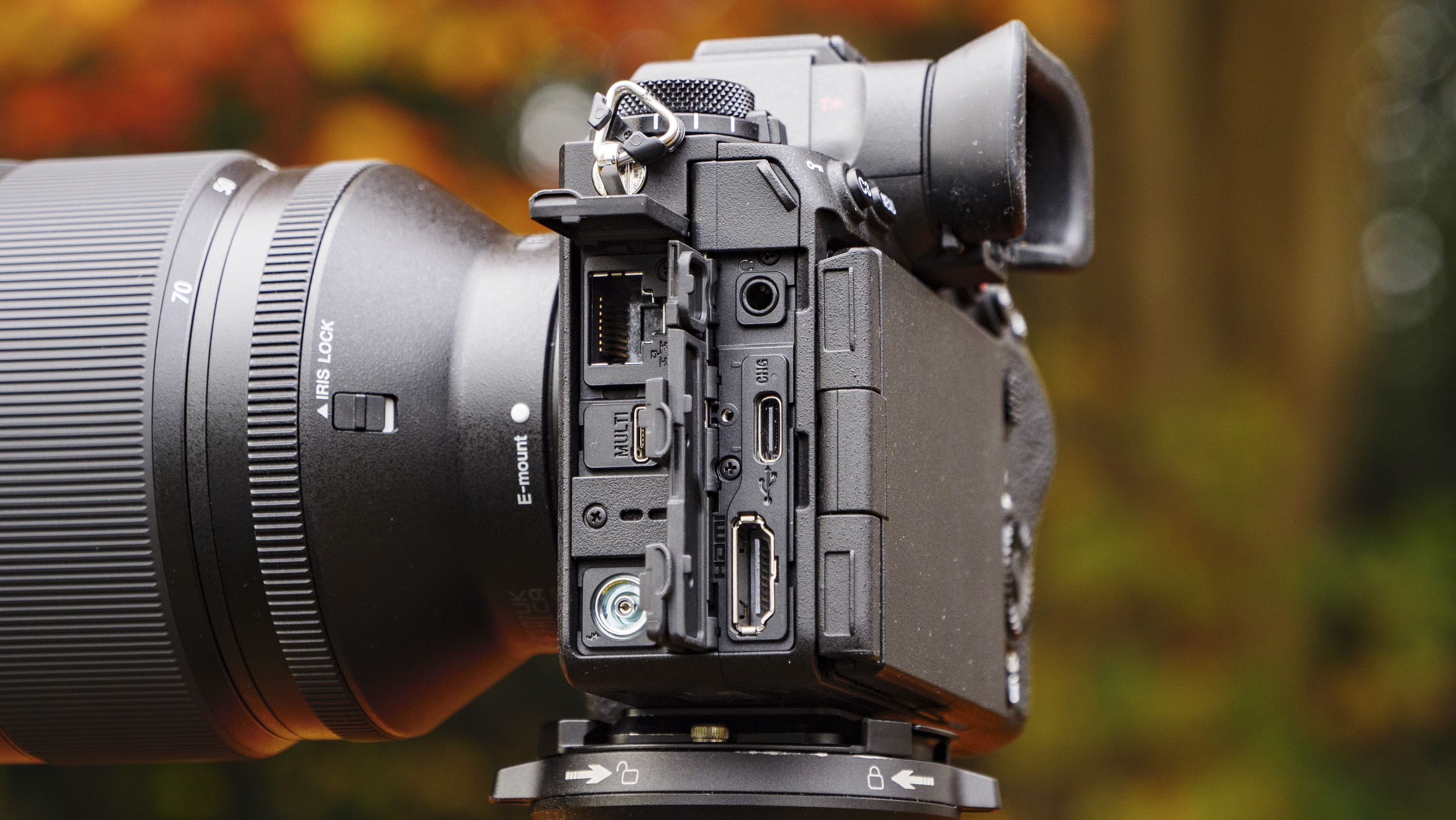
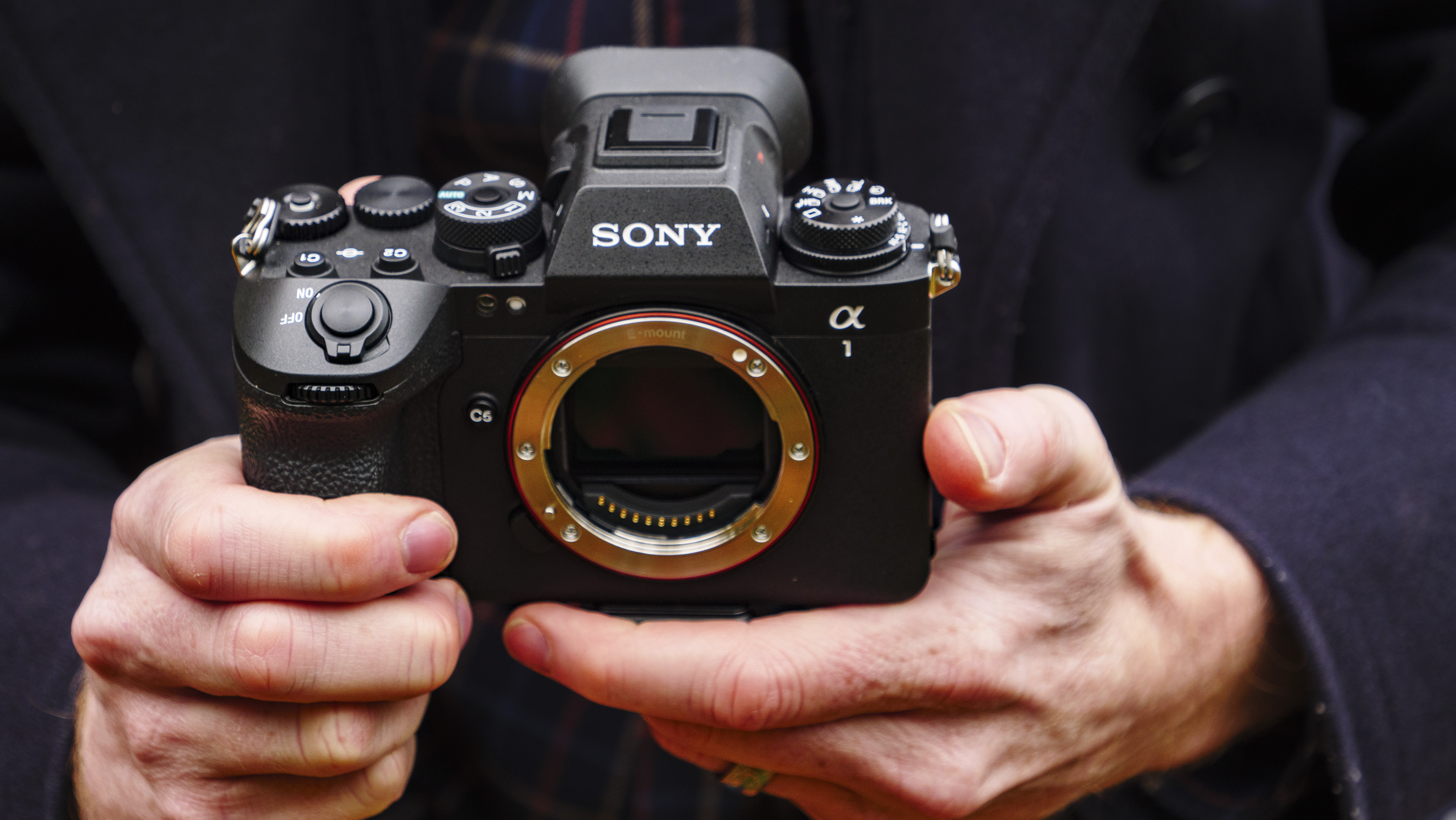
Specifications
Reasons to buy
Reasons to avoid
Sony A1 II sample images
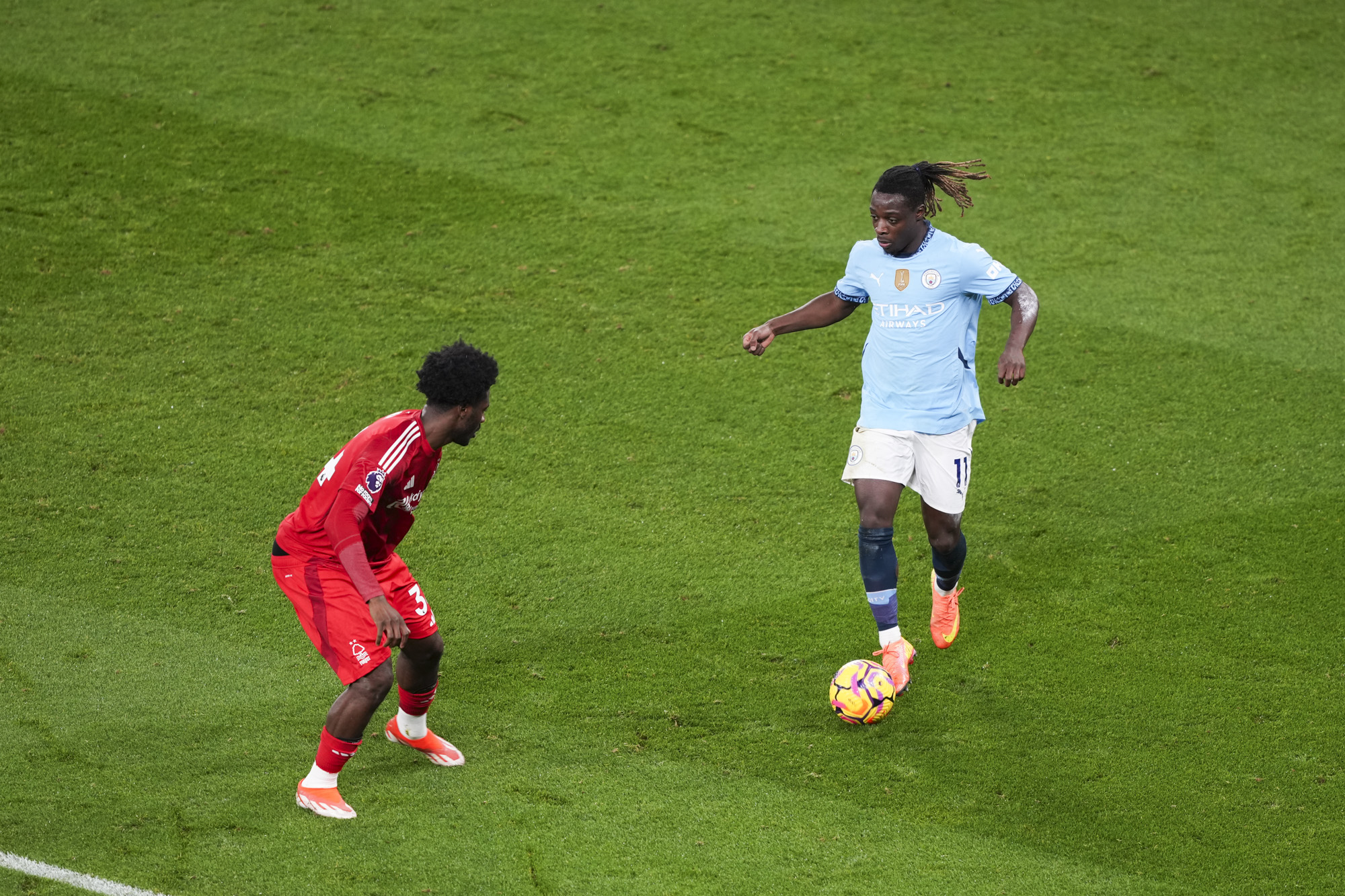
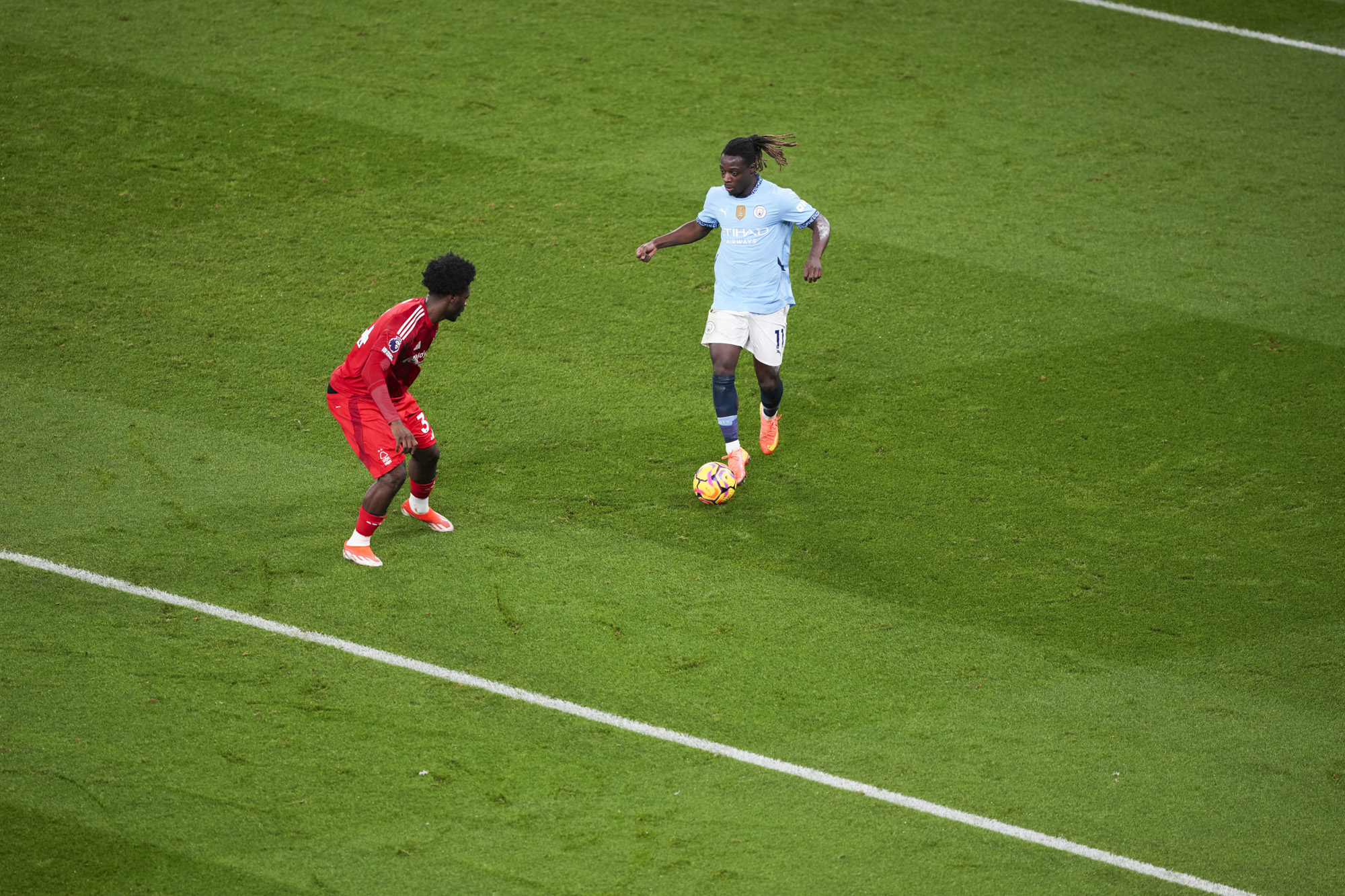

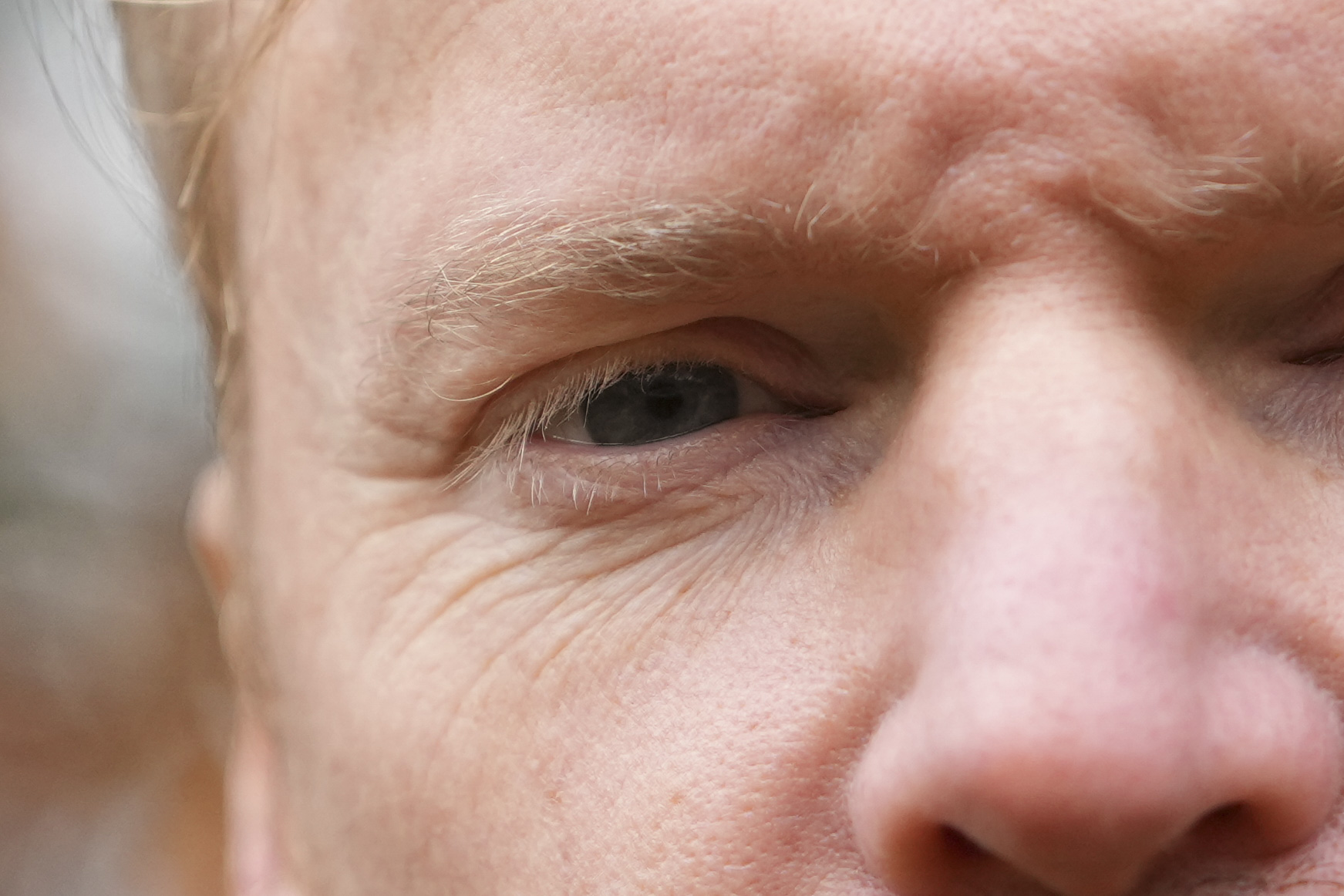
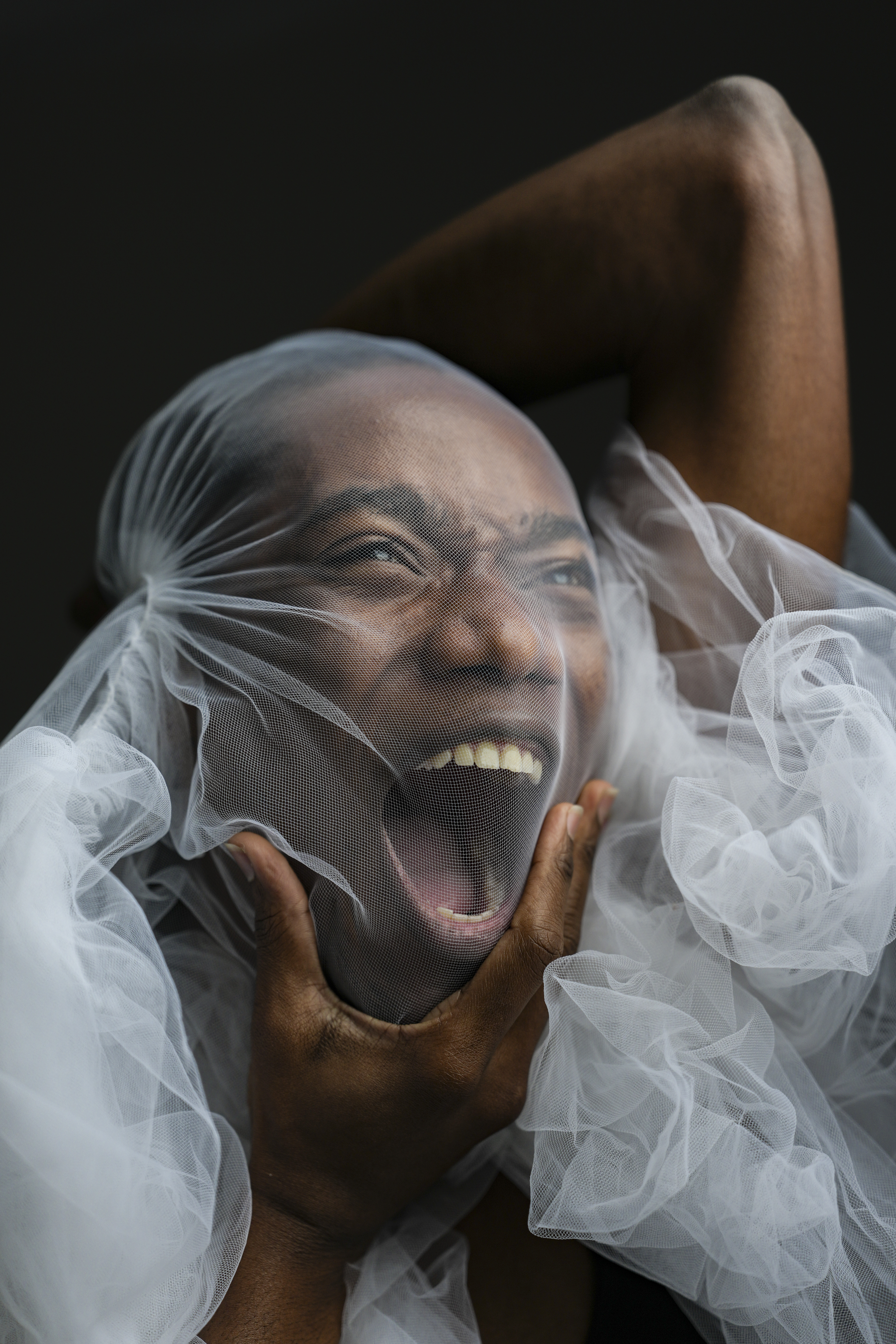
✅ You want Sony's best-ever hybrid camera: With power and quality, the A1 II is a true all-in-one professional camera.
✅ You need cutting-edge and simple autofocus: Sony's latest AI processing chip for superb subject recognition autofocus features, together with an auto mode to simplify matters.
❌ You're on a budget: There's no getting around the high price of the A1 II, especially when Nikon and Canon rivals are much cheaper.
❌ You specialize in one genre: Want the best detail? Go for the A7R V. Need the absolute quickest Sony? Check out the A9 III.
With a rare blend of speed, resolution, and video skills, the flagship Sony A1 II is arguably the ultimate mirrorless camera. The downside is that its performance comes with an equally breathtaking price tag, made all the harder to swallow now there's cheaper Canon and Nikon rivals on the scene. If you can afford it, though, we think the A1 II is probably the most versatile professional camera ever: lightning-fast autofocus with Sony's AI processing chip for improved subject detection, super speedy burst shooting up to 30fps, plus a supremely detailed 50.1MP full-frame sensor that proved in testing that it's as useful for shooting portraits as it is for sports.
Not only can it capture detail-rich images at impressive speeds, courtesy of the dual Bionz XR processors, but it's also capable of recording video at up to 8K at 30fps in 10-bit, or 4K at 120/60fps in 10-bit 4:2:2. And if you've used other cameras from Sony’s full-frame mirrorless range, you’ll find the A1 is very familiar in the hand – it inherits the A9 III's form which we think is Sony's best-ever design. If money is no object and you’re a pro who shoots a wide range of subjects, this camera can do it all.
- Read our in-depth Sony A1 II review
The best Sony camera for beginners
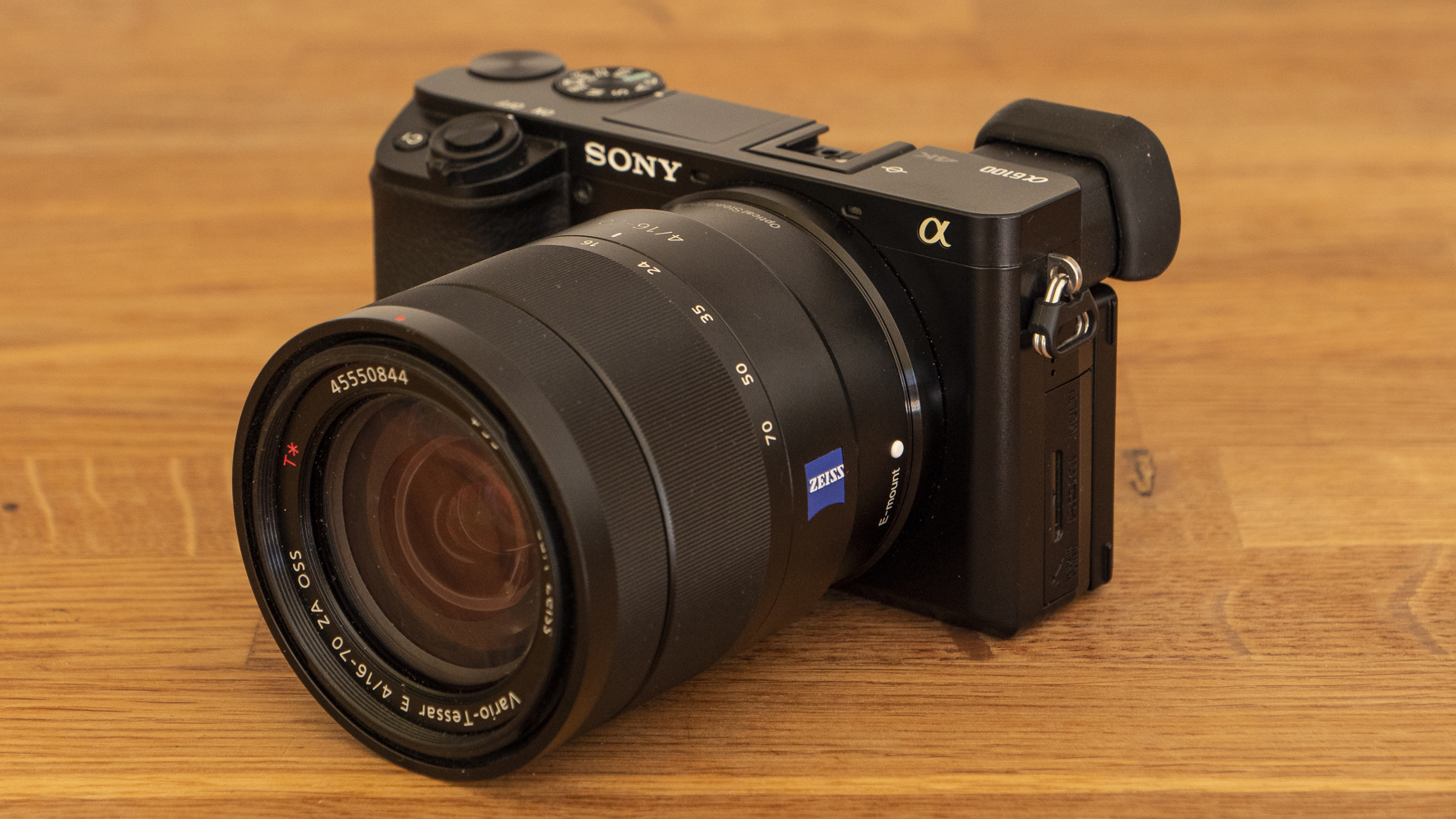
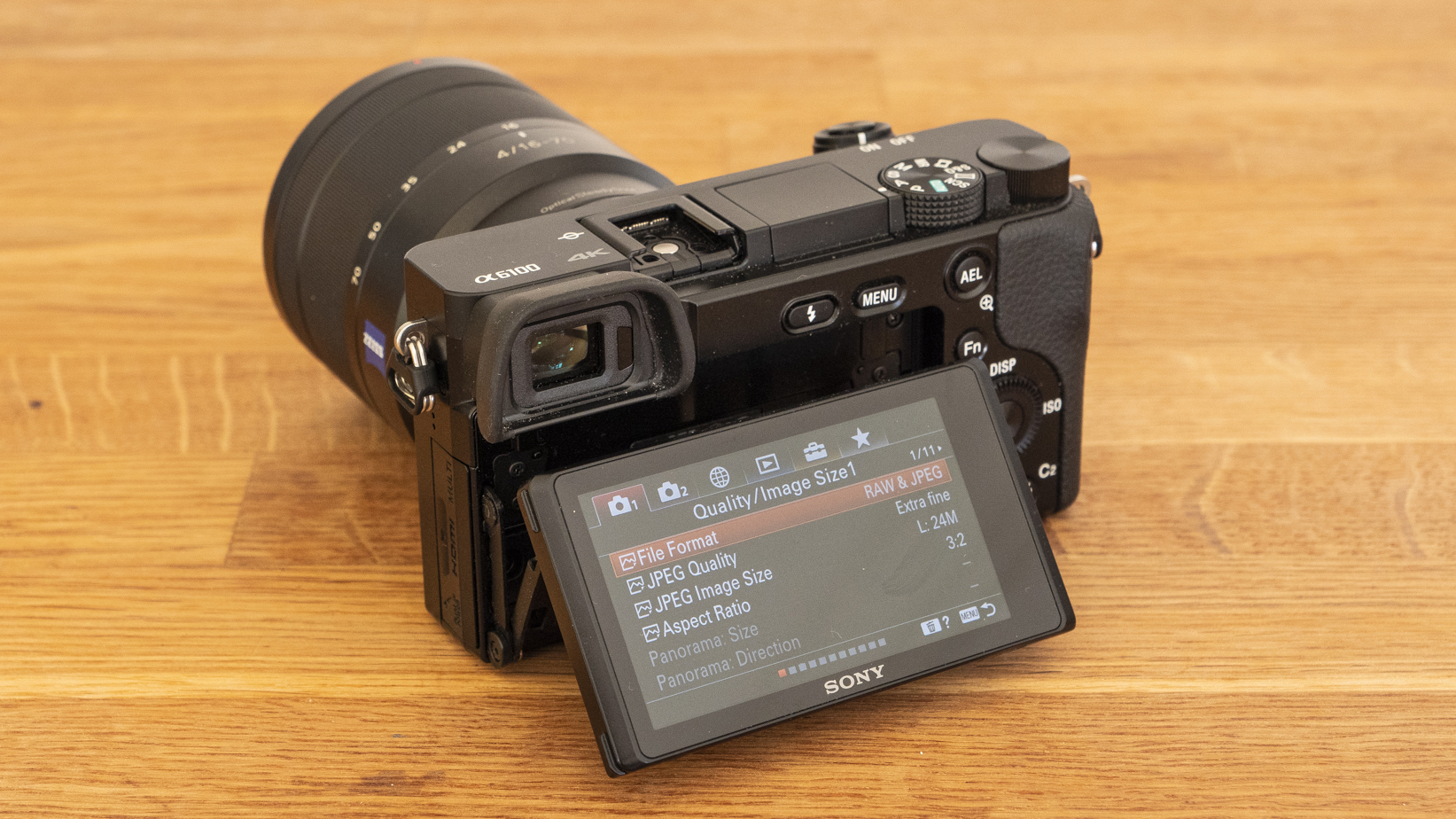
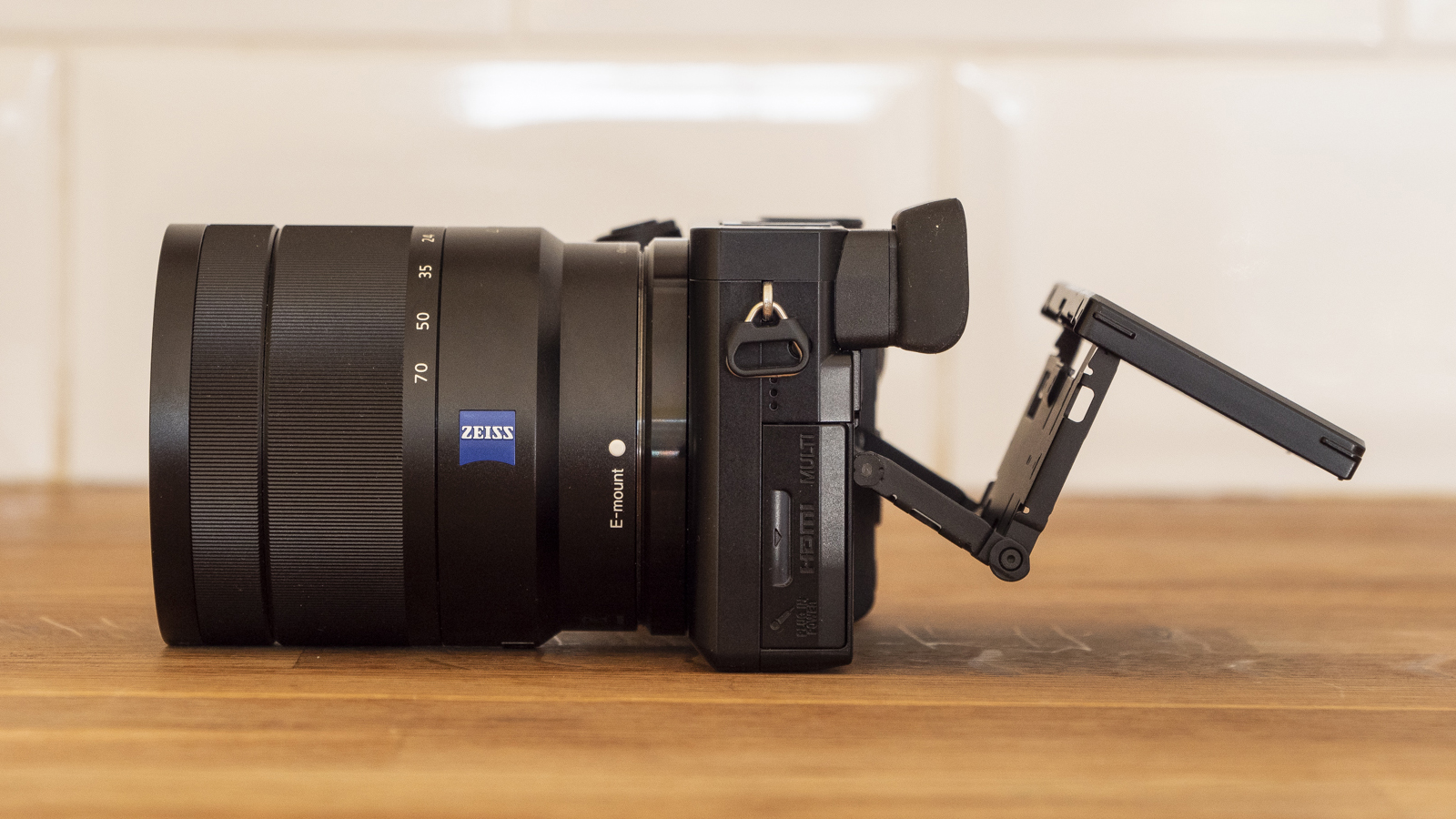
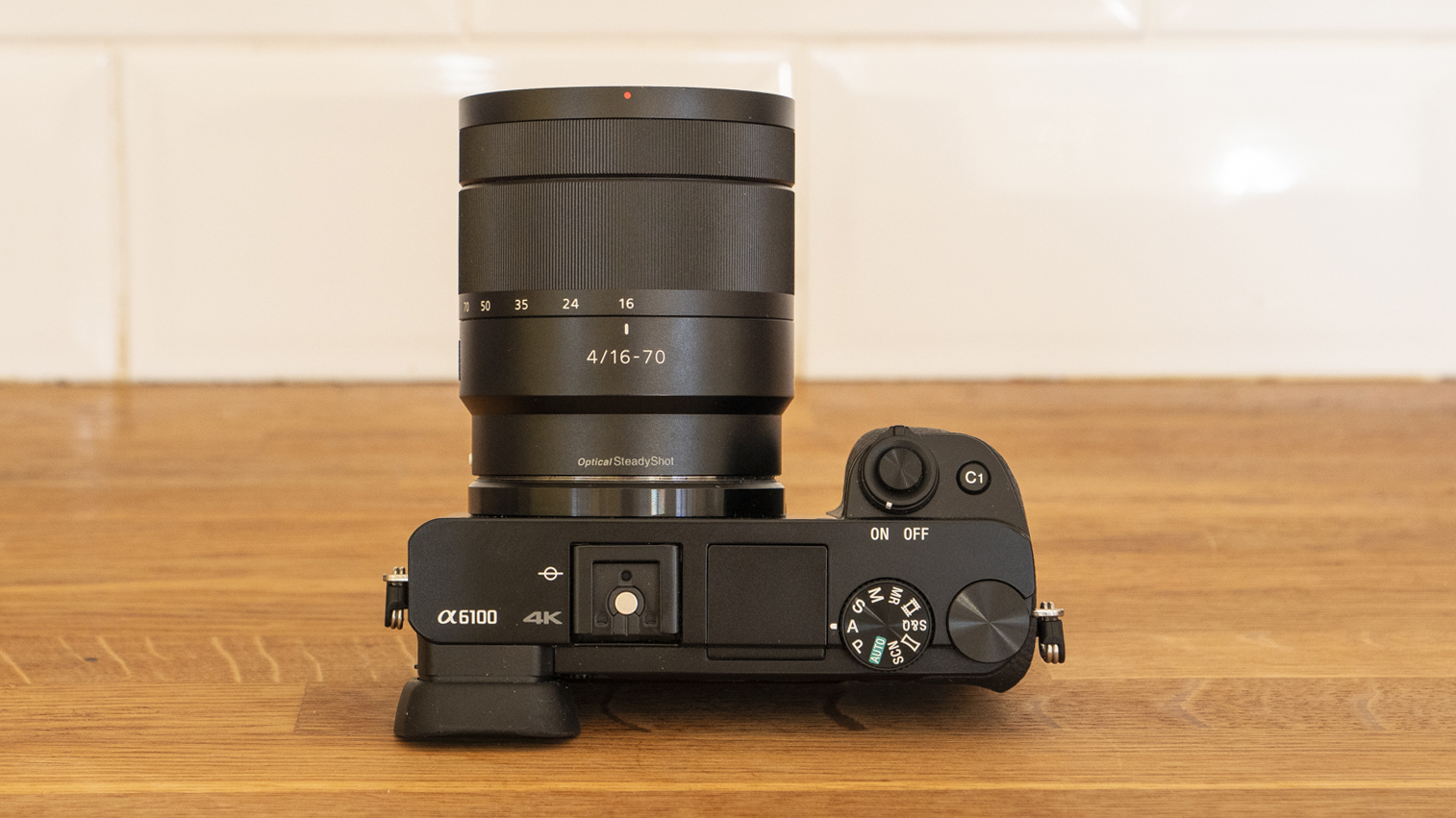
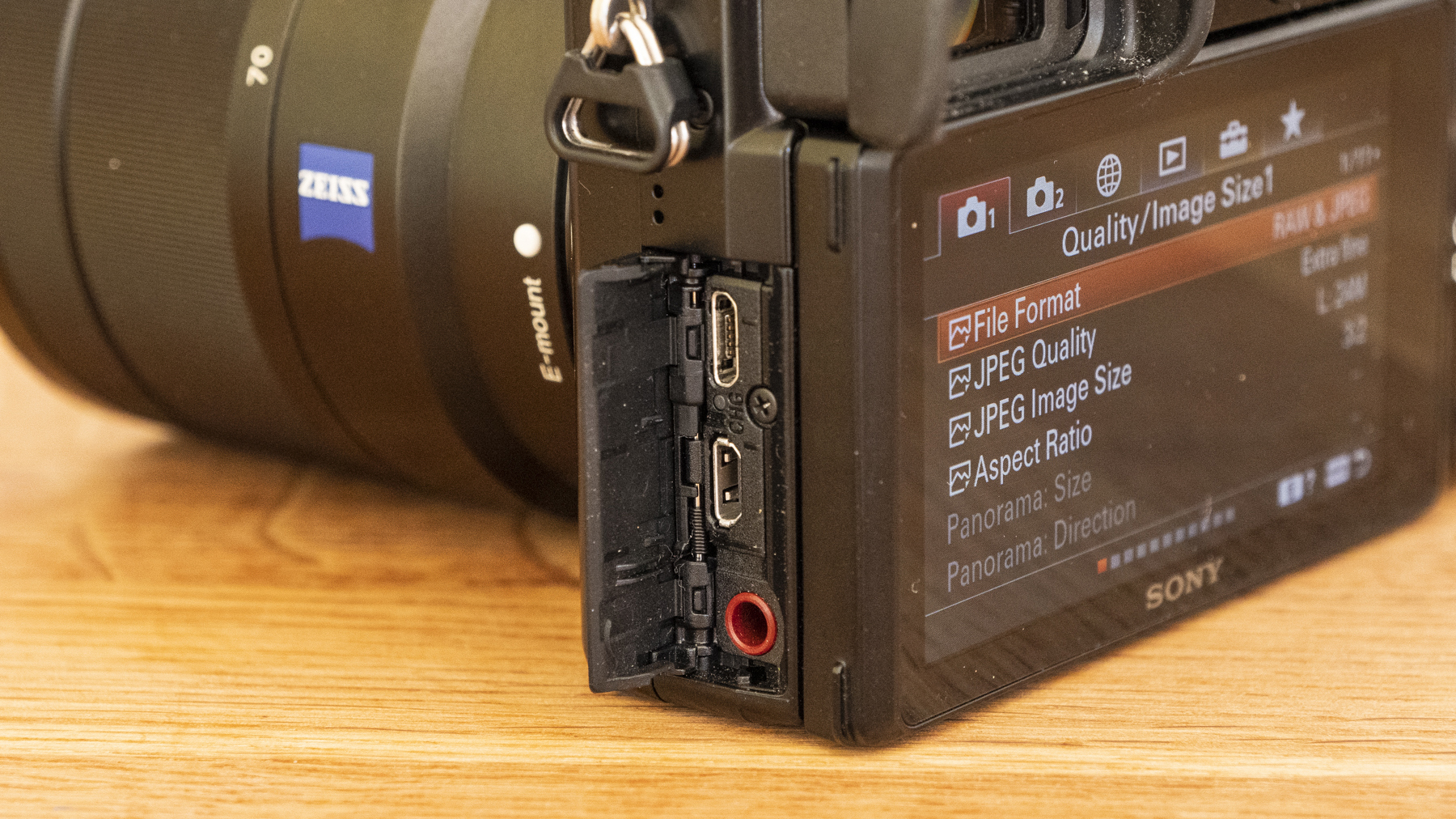
Specifications
Reasons to buy
Reasons to avoid
Sony A6100 sample images
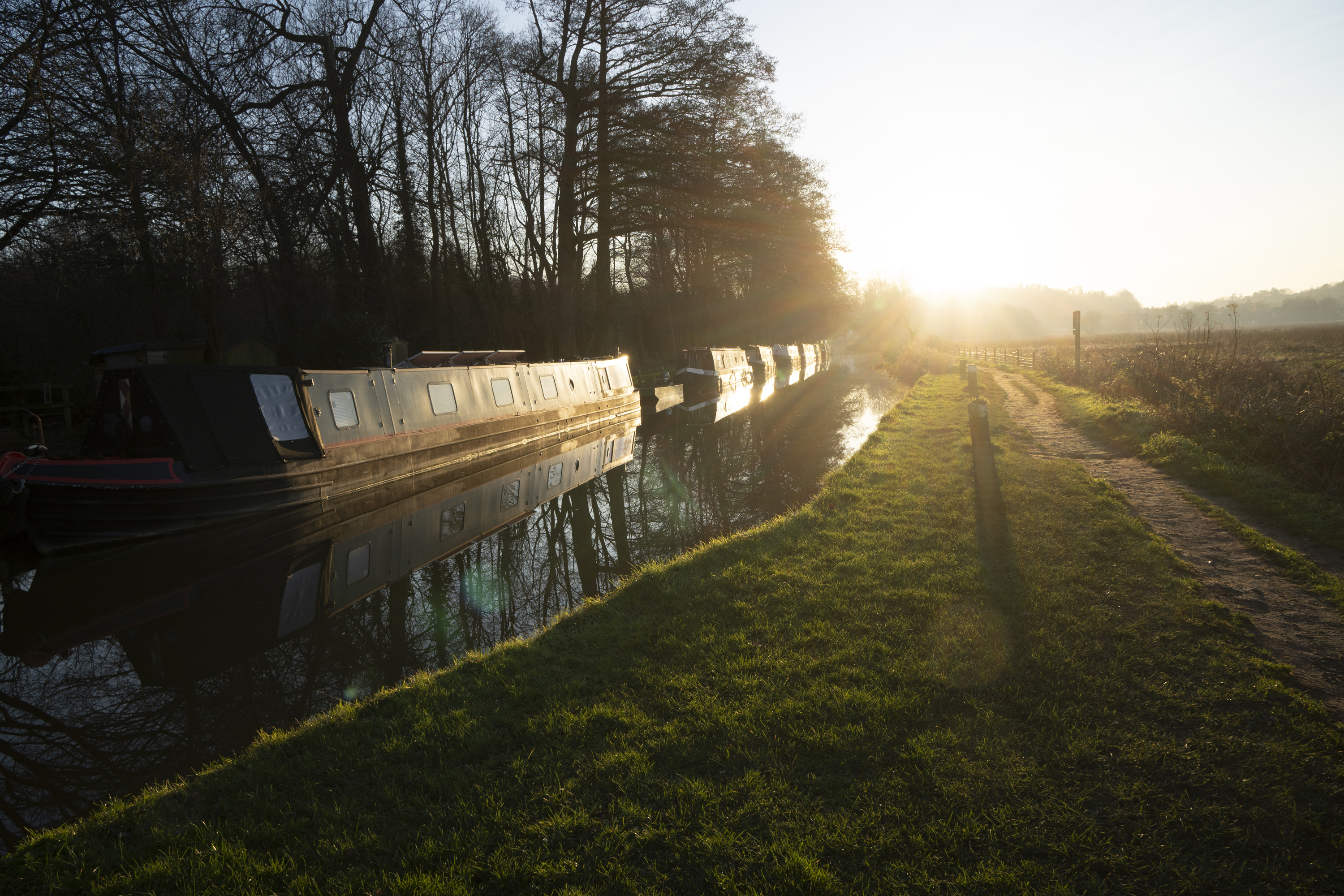
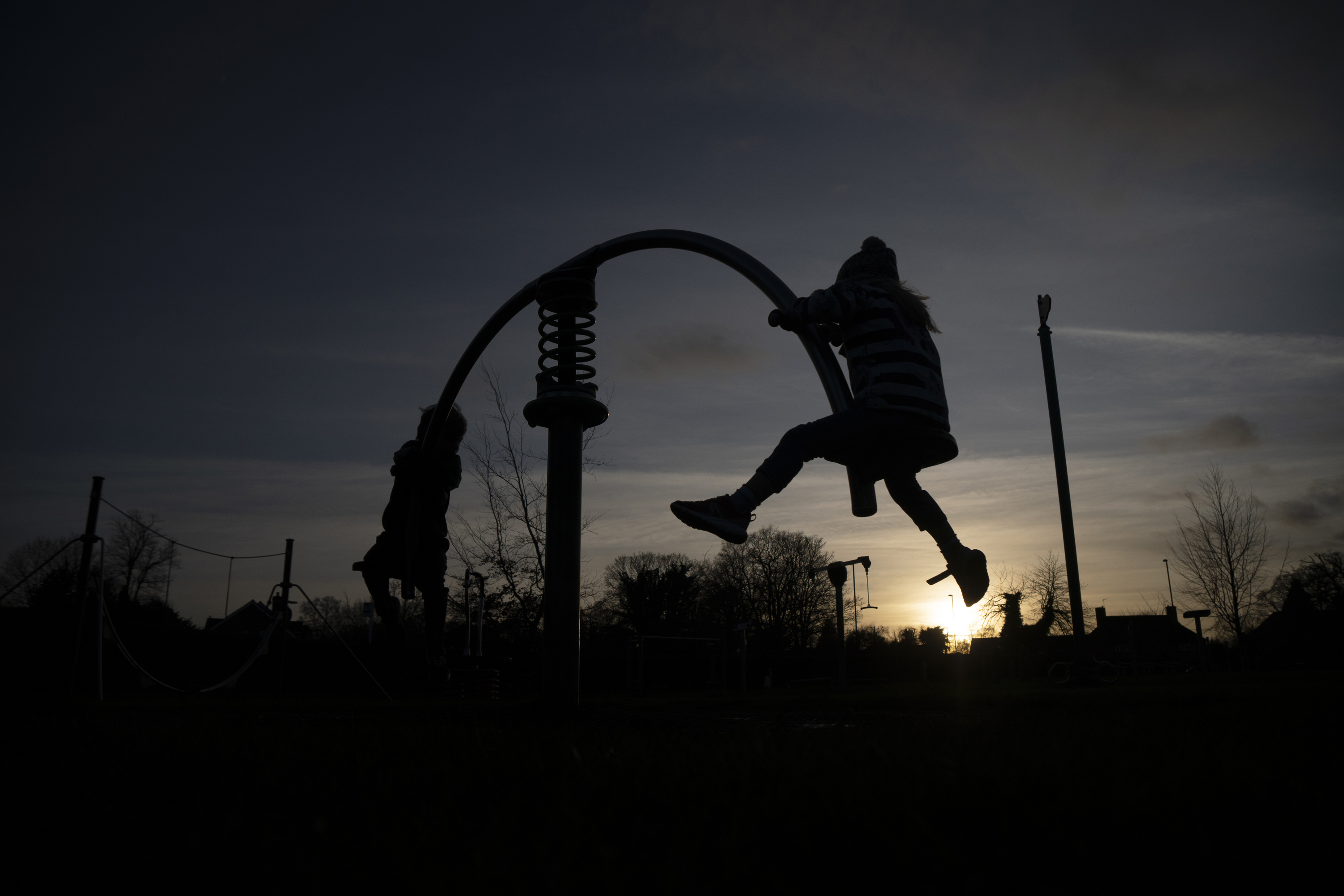
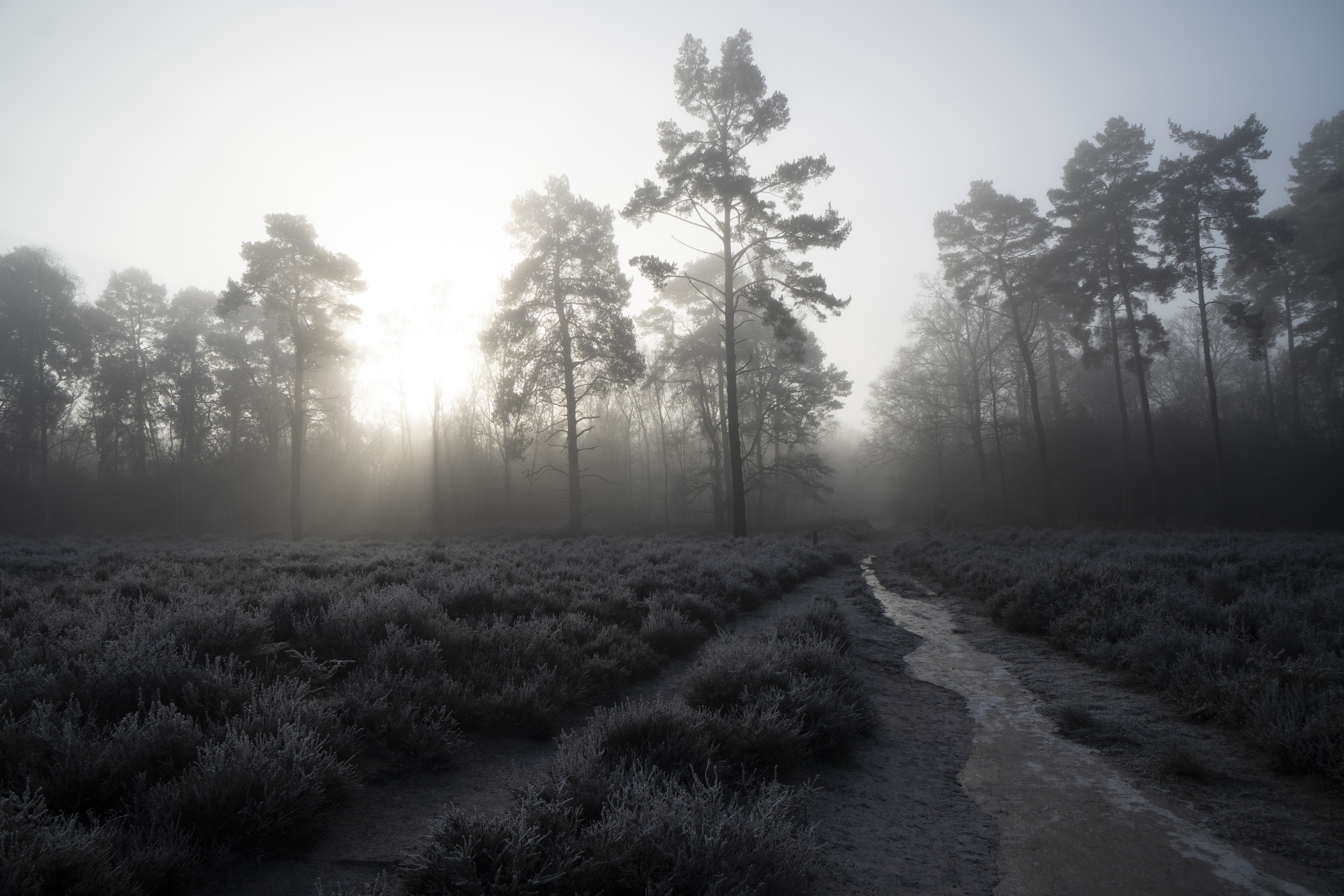

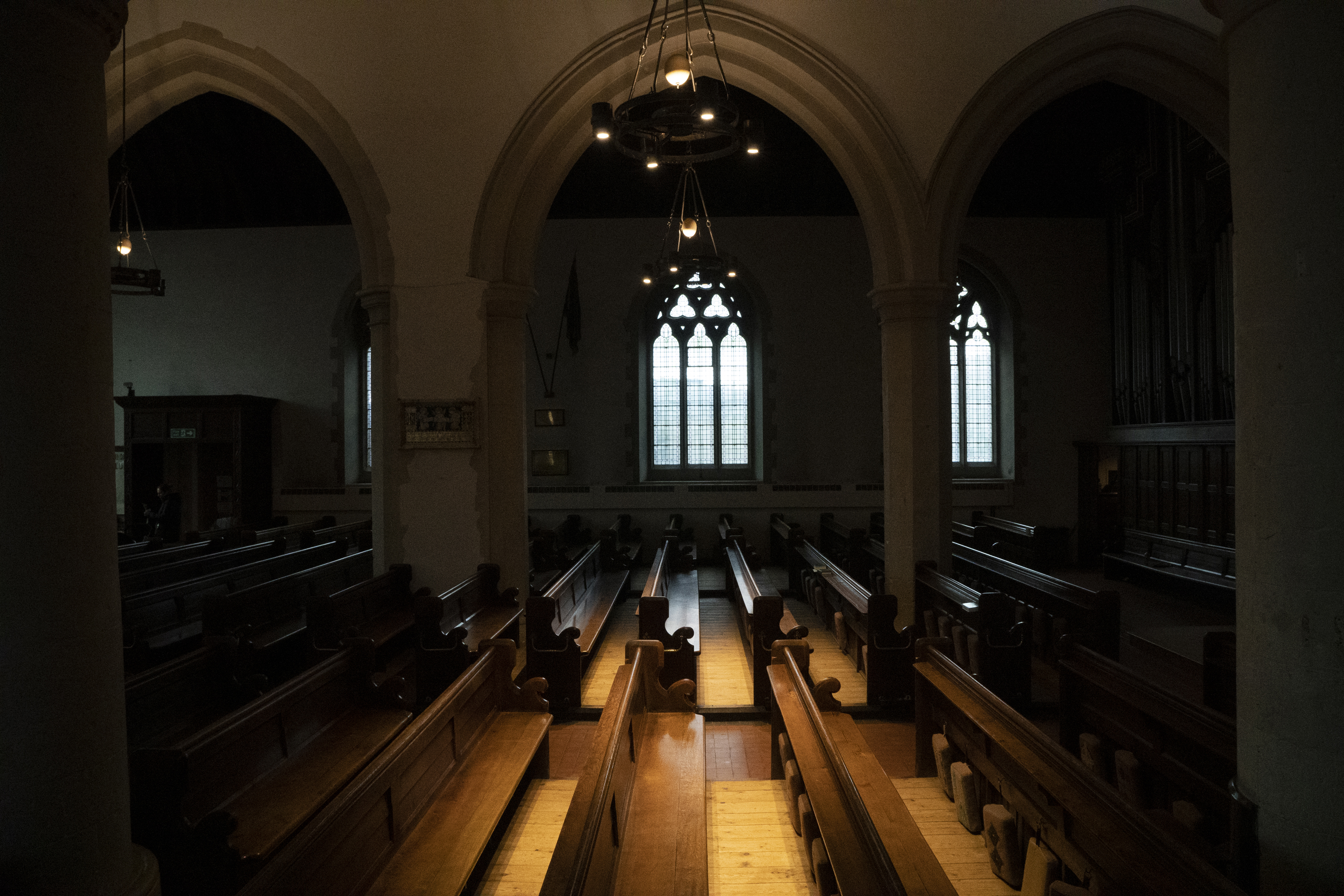
✅ You want an excellent choice of lenses: The A6100 is compatible with an array of superb crop-sensor lenses, as well as working with full-frame lenses.
✅ You like a compact build: The A6100 packs it's wide array of features, including an EVF and pop-up flash, into travel-friendly proportions.
❌ You need in-body image stabilization: One key feature missing from the A6100 is IBIS, which is particularly noticeable when shooting handheld video.
❌ You find a good deal on alternatives: The A6100 isn't the only cheap camera around, and if you're not set on Sony then an alternative from Fujifilm like the X-T30 II, or others, could be a good bet.
When the A6100 arrived in August 2019 as successor to the hugely popular A6000, we hailed it as “Sony’s best entry-level APS-C mirrorless camera”. A small, beginner-friendly option for both stills and video, the A6100 still gets the basics right today. Adopting the same 24MP resolution and 11fps burst mode as the A6000, it benefits from solid battery life, strong image quality and superb tracking autofocus, harnessing the same system as the Sony A6600.
You also get decent 4K video, as well as some useful features borrowed from elsewhere in Sony’s range, such as Eye-AF. A familiar body design contributes to a reasonably accessible control setup, even if Sony’s convoluted menu system doesn’t do the touchscreen interface any favors. If you’re a learner who doesn’t need the very latest in mirrorless advancements, the Sony A6100 is a great choice for newbies looking to shoot a wide range of different subjects.
- Read our in-depth Sony A6100 review
The best high-res Sony camera
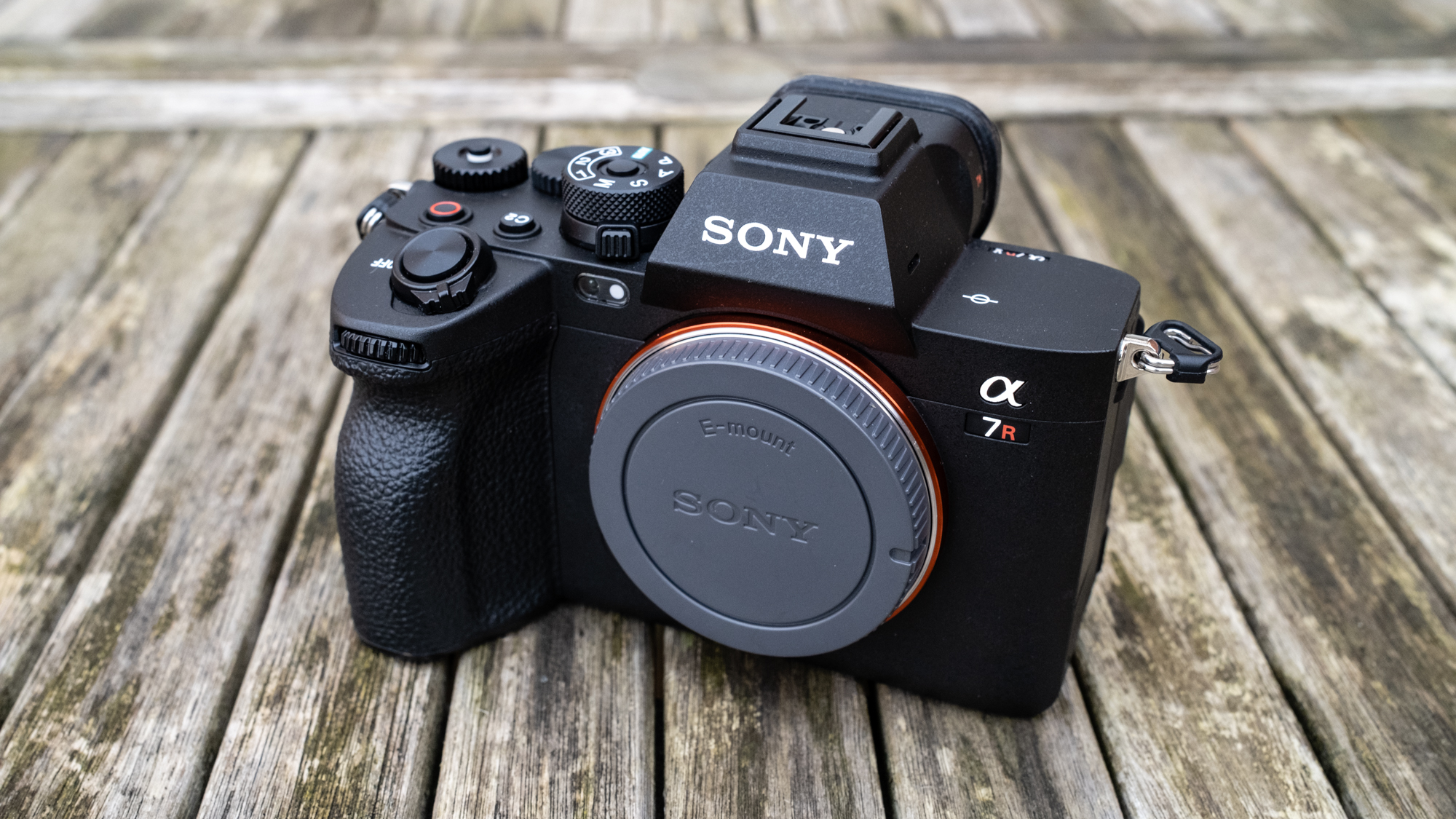
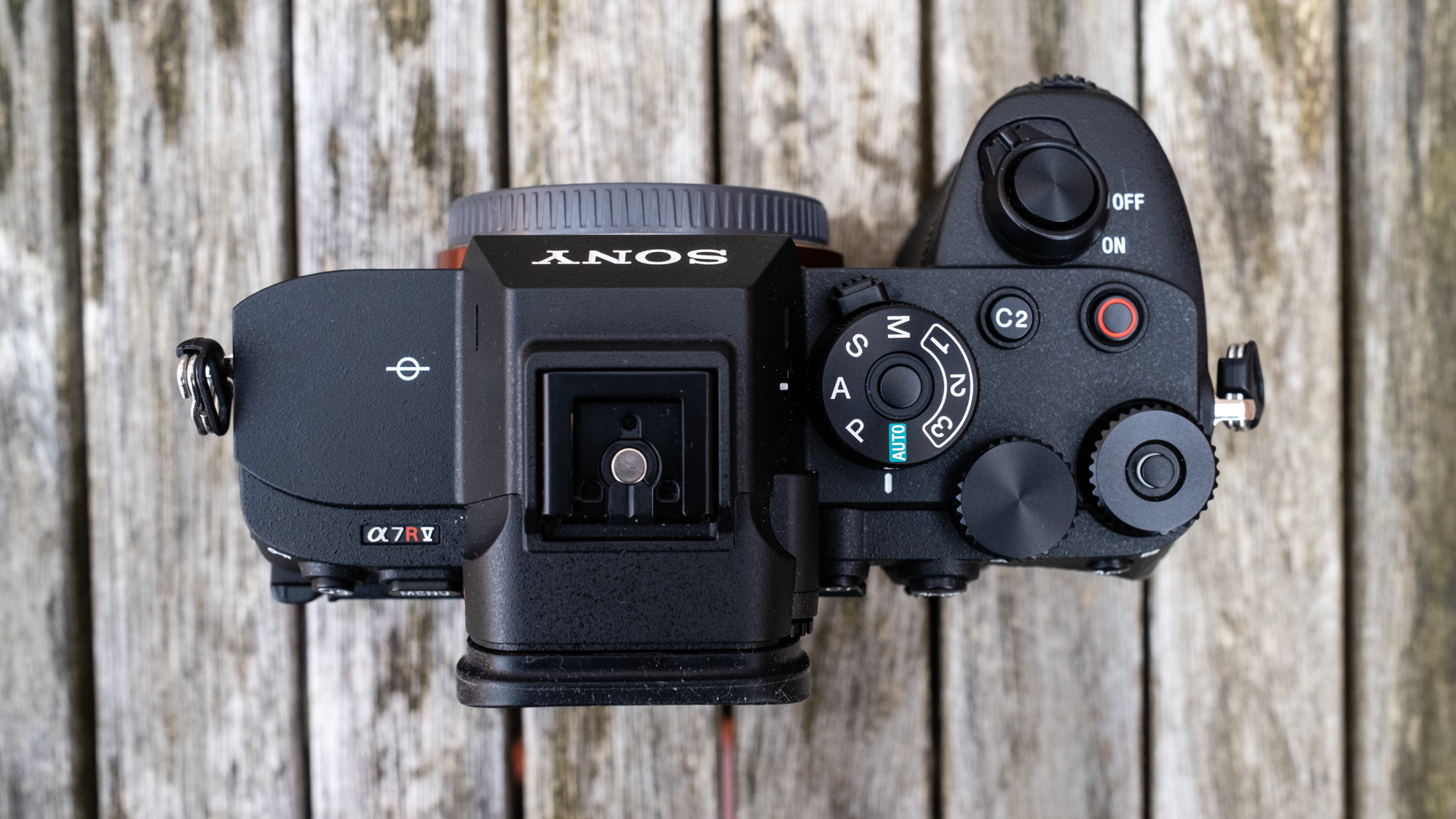
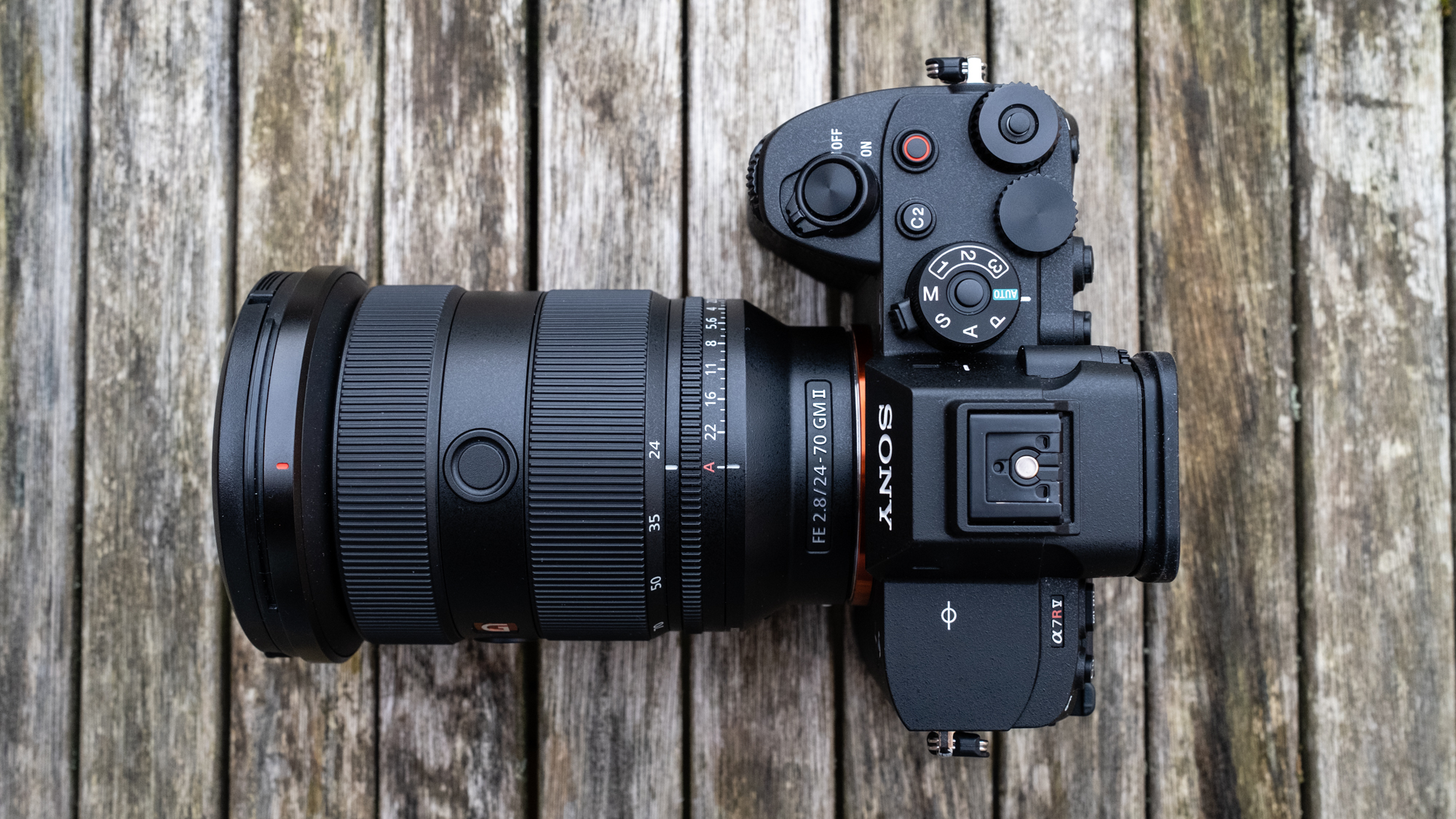


Specifications
Reasons to buy
Reasons to avoid
Sony A7R V sample images
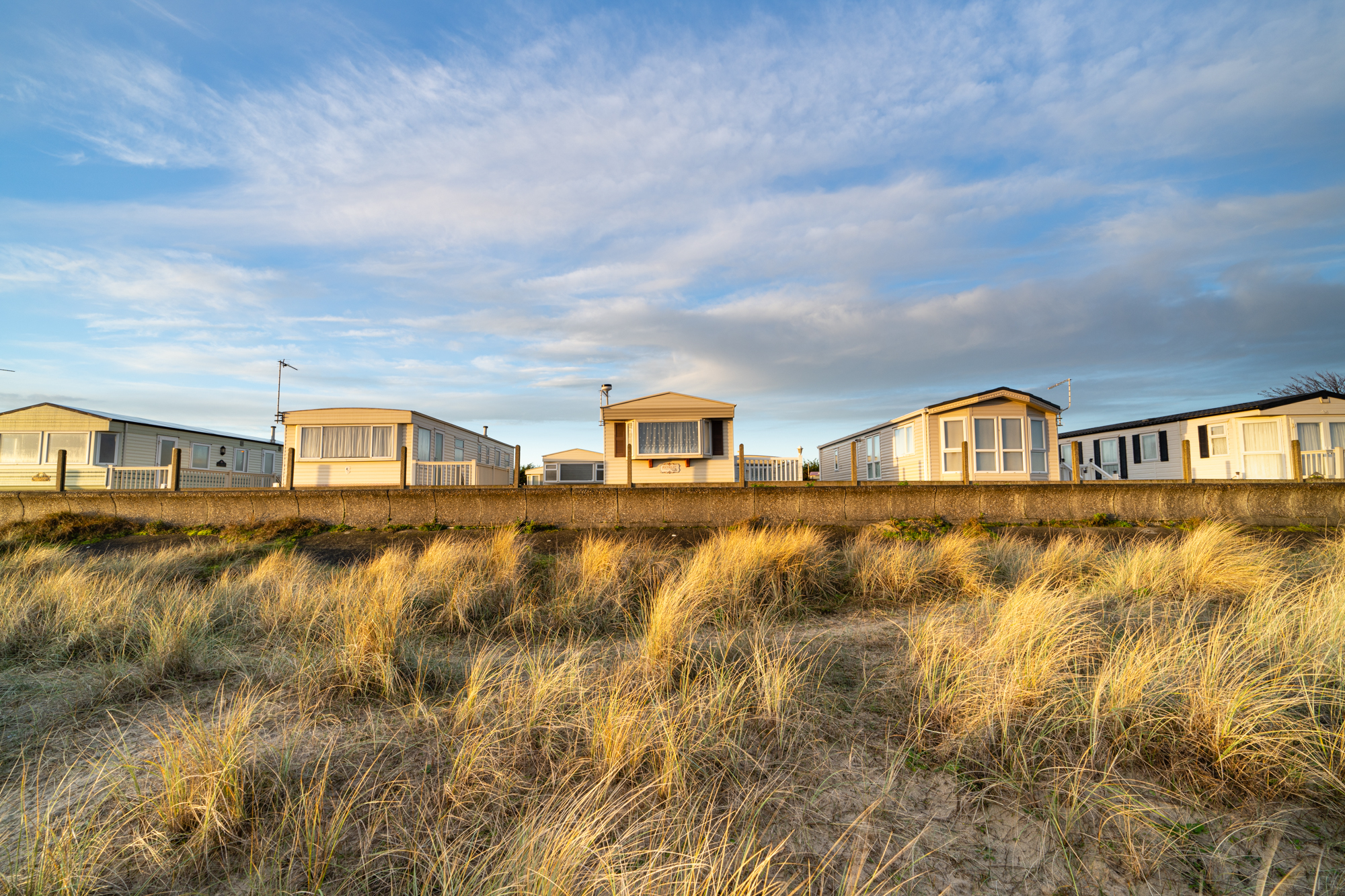
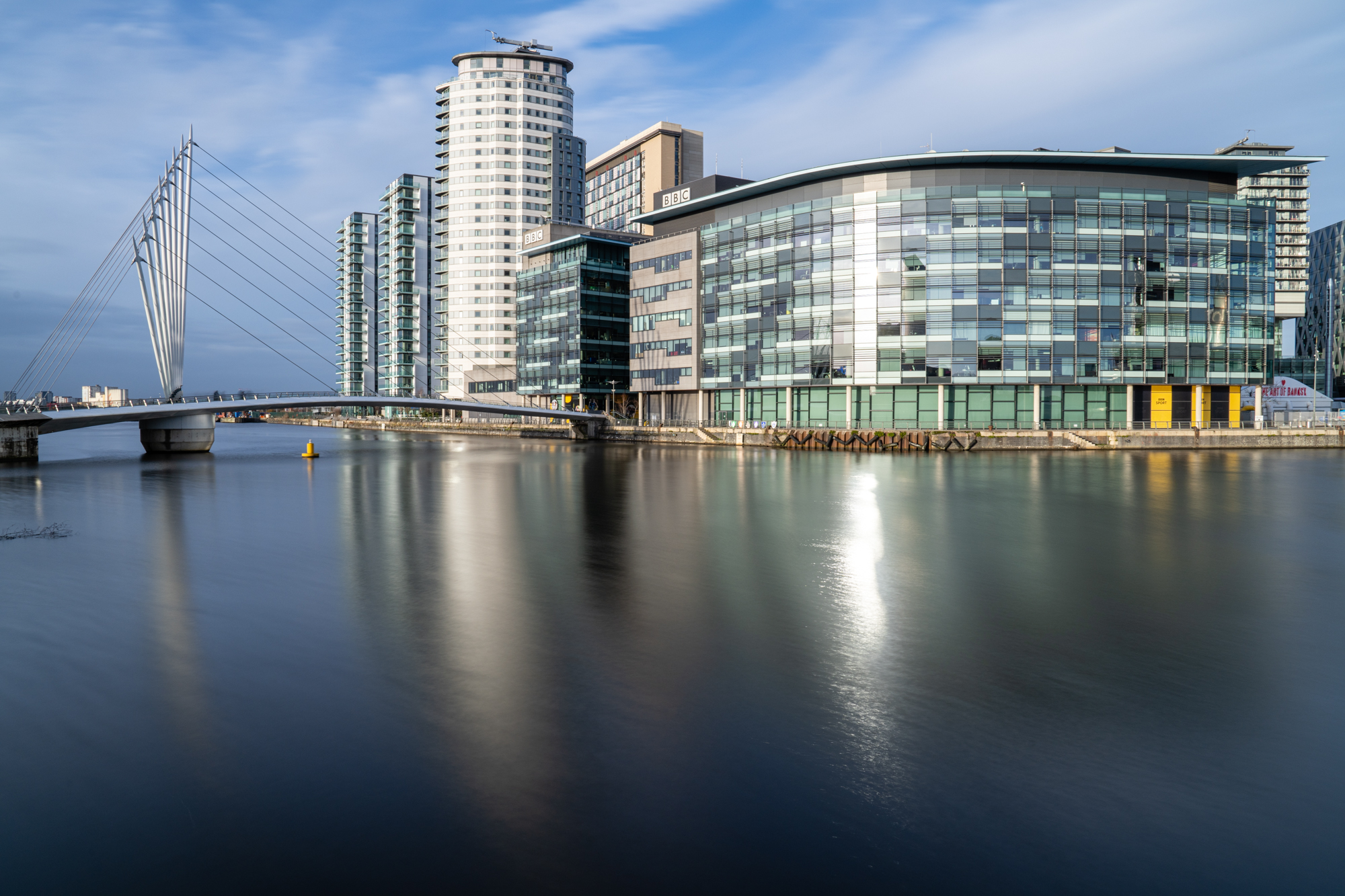
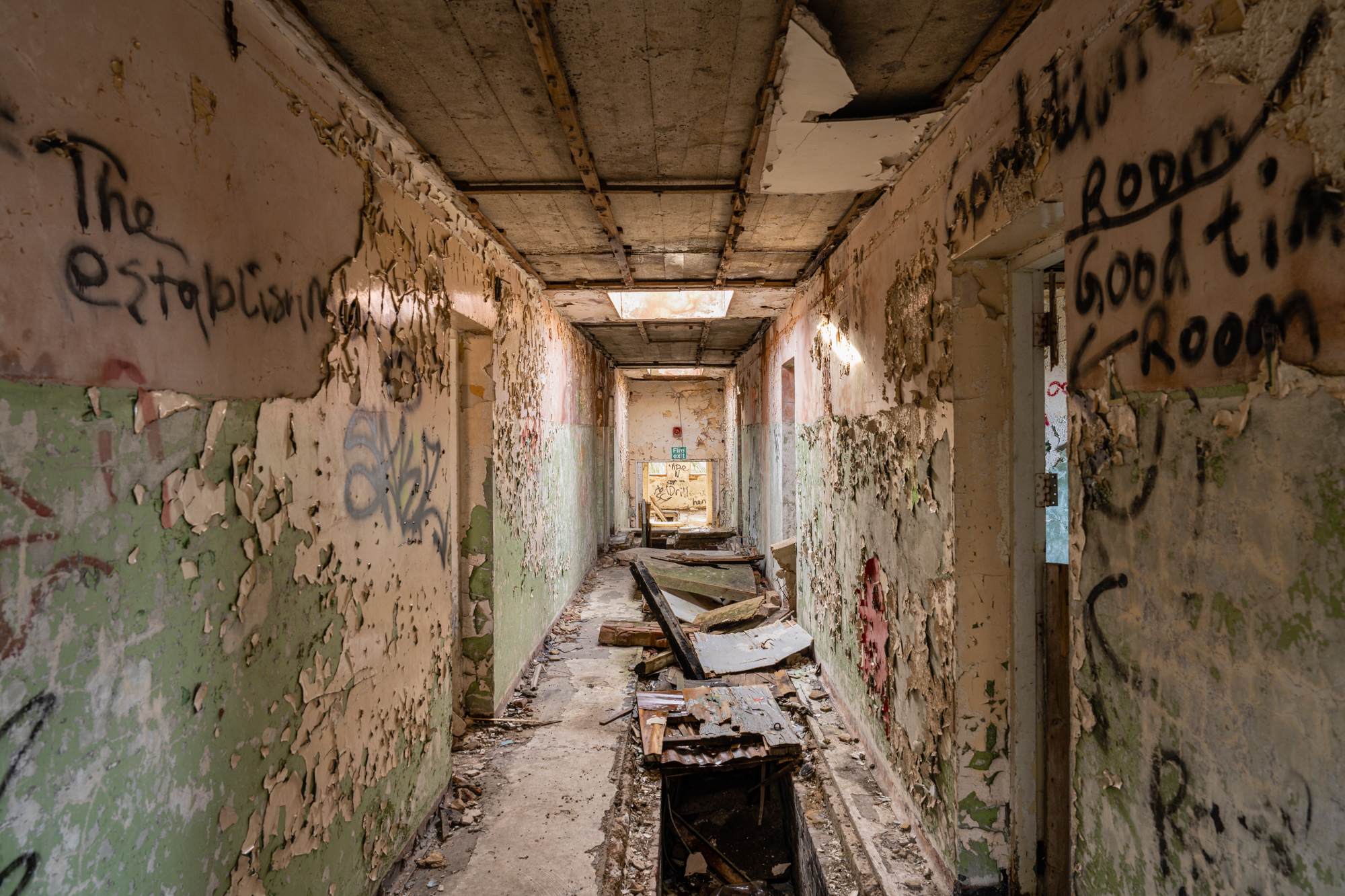
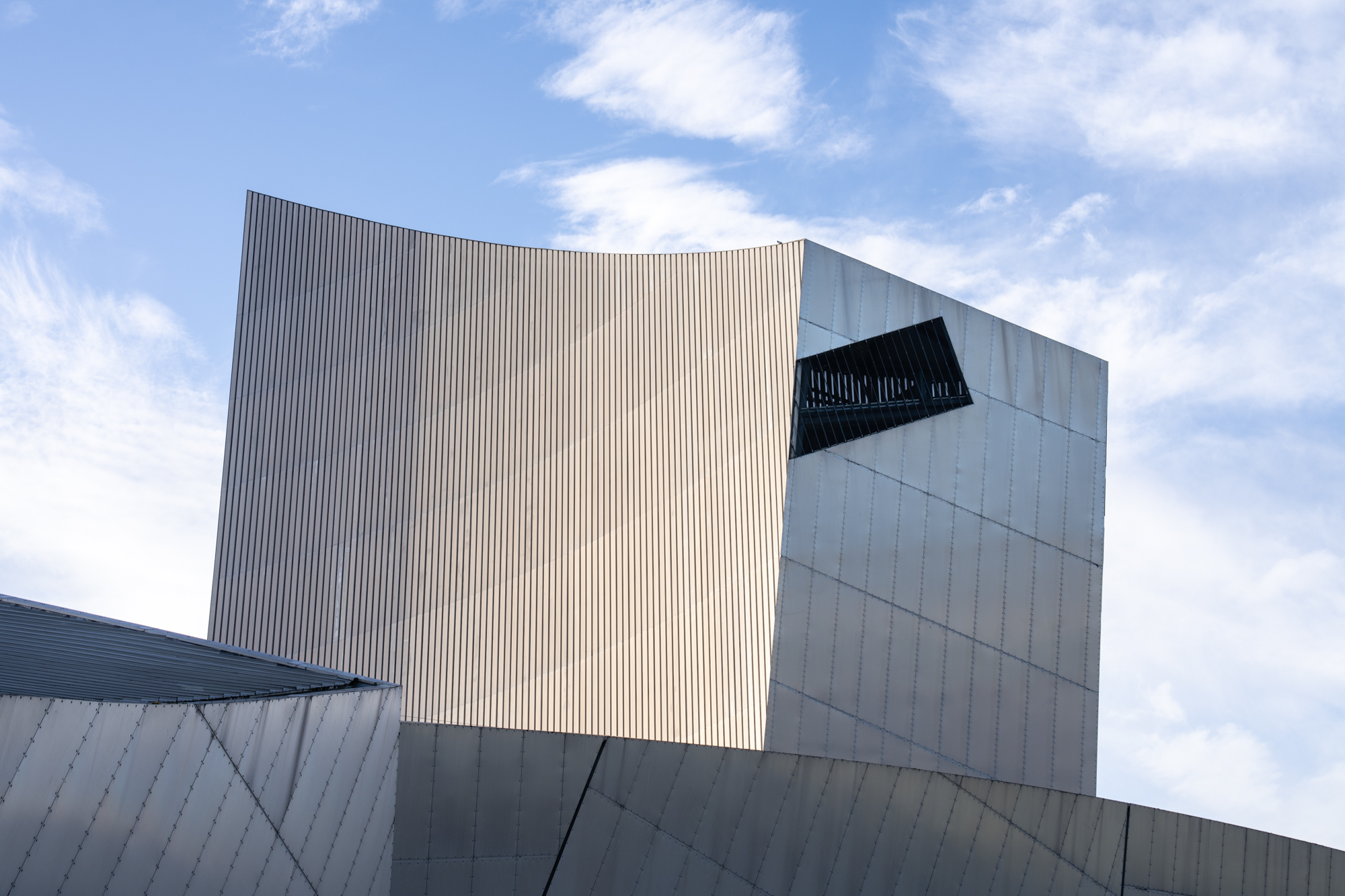
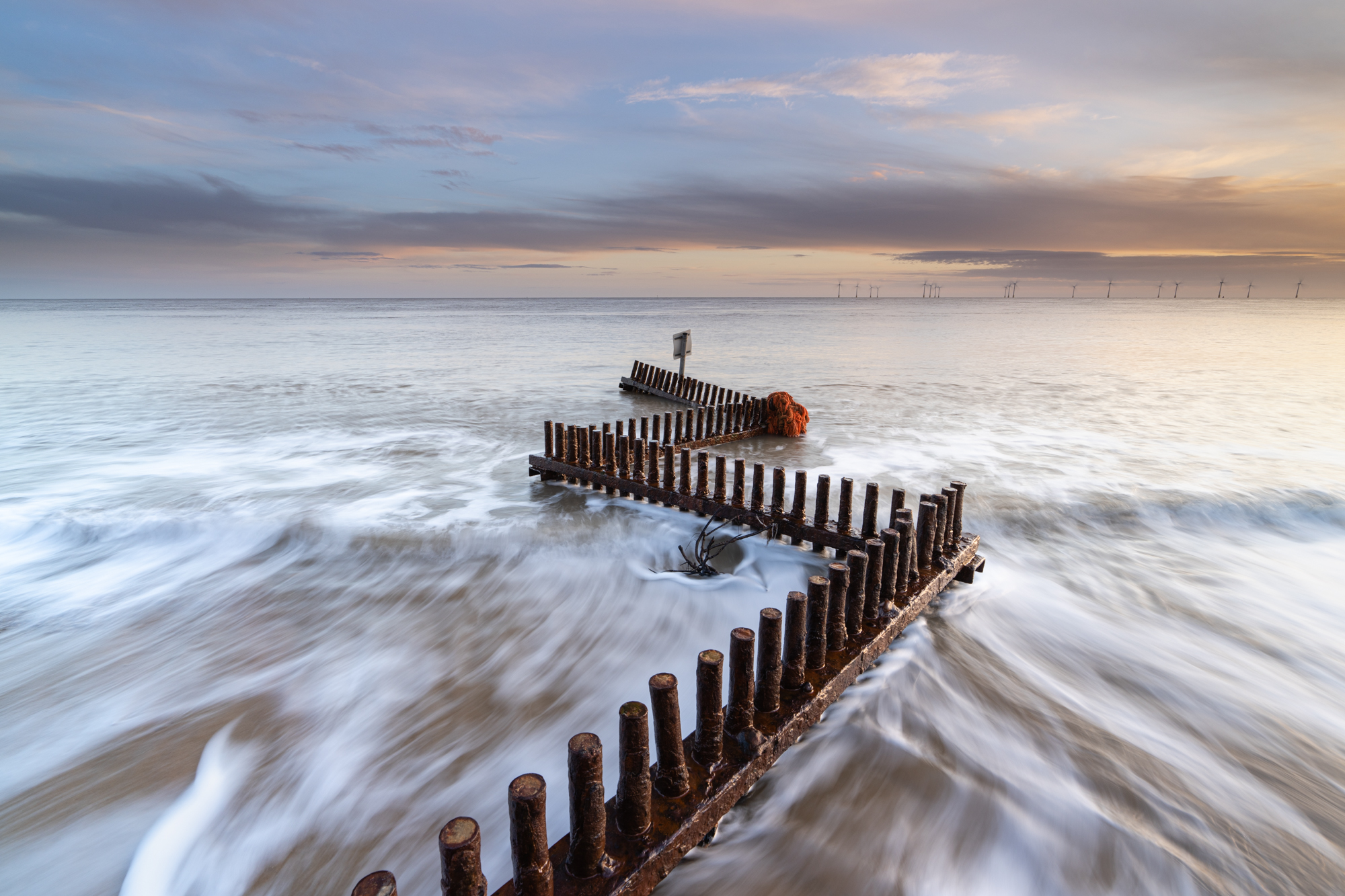
✅ You demand detail: Sony's class-leading 61MP sensor provides the best detail for a full-frame camera, with excellent dynamic range to boot.
✅ You need cutting-edge autofocus: The A7R V's AI subject detection AF provides reliable autofocus for more subjects in more scenarios.
❌ You don’t have additional budget for lenses: The 61MP sensor is unforgiving of any lens deficiencies, meaning you'll also need Sony's expensive high-end pro lenses in your kit bag.
❌ You don’t need the resolution: Do you really need 61MP? That sort of detail could be overkill if the cheaper A7 IV's 33MP is enough instead.
Like its predecessor, the A7R V is the sharpest full-frame mirrorless camera in Sony’s current range. It also addresses many of the shortcomings of the A7R IV before it, making it a more rounded option for professionals. The improvements are plentiful: a new 61MP sensor and Bionz XR processor combine to produce incredibly detailed stills. You also get an impressive eight stops of image stabilization, plus Real-time Recognition AF that’s driven by AI. Based on our review, the result is not a perfect camera, but one that can effectively detect subjects, and capture them in crisp clarity.
In testing, we found it best suited to landscape and studio work, where subjects most benefited from the high levels of detail. However, it only delivers its best when paired with top-end optics, which add a significant margin to the already substantial price tag. Many photographers will find the pixel count overkill, while a maximum 4K frame rate of 60fps won’t be enough for serious videographers. Still, with an EVF borrowed from the A7S III and a useful four-axis articulating touchscreen, we found the A7R V a joy to shoot with.
- Read our in-depth Sony A7R V review
The best Sony camera for vlogging
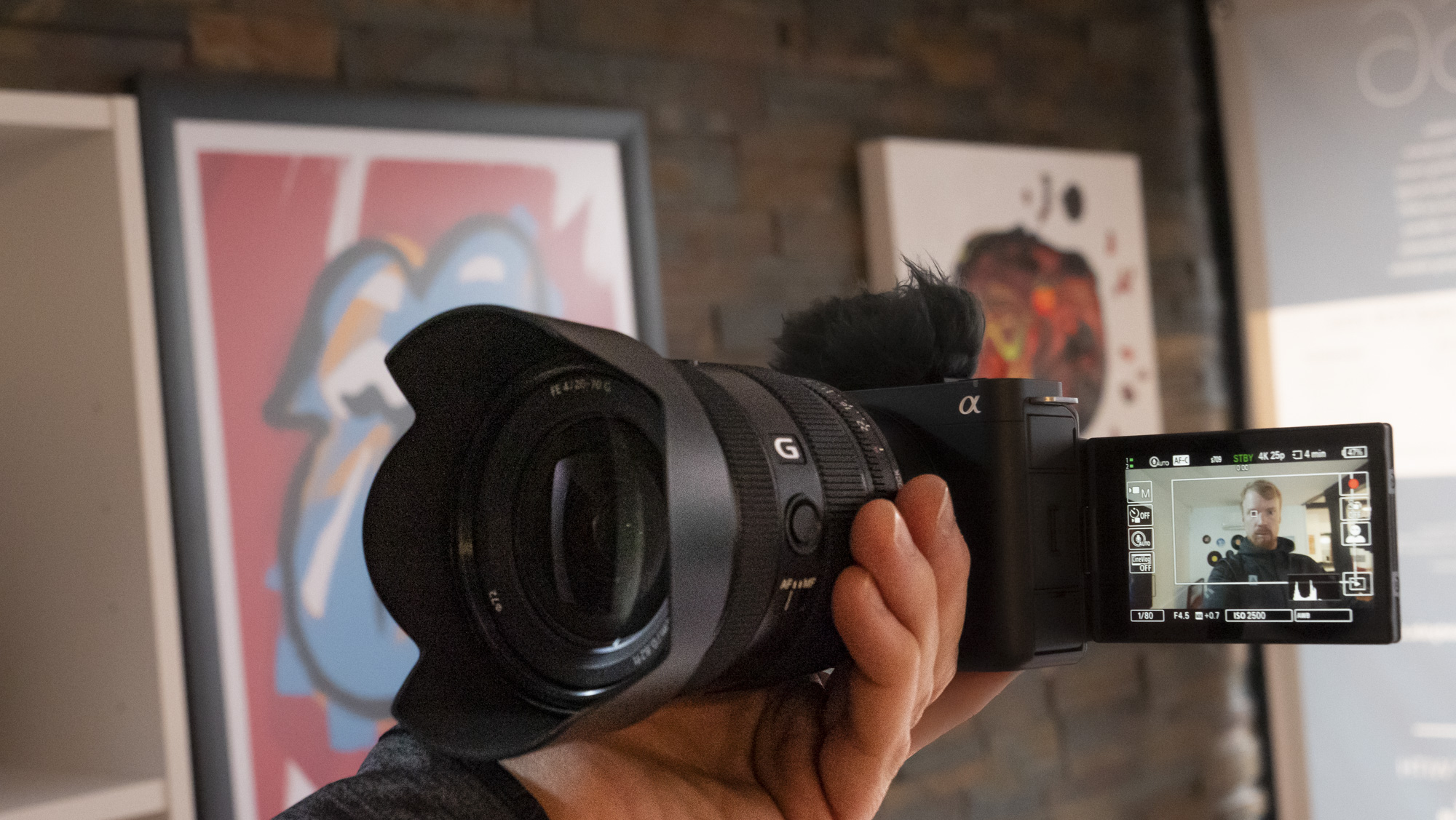
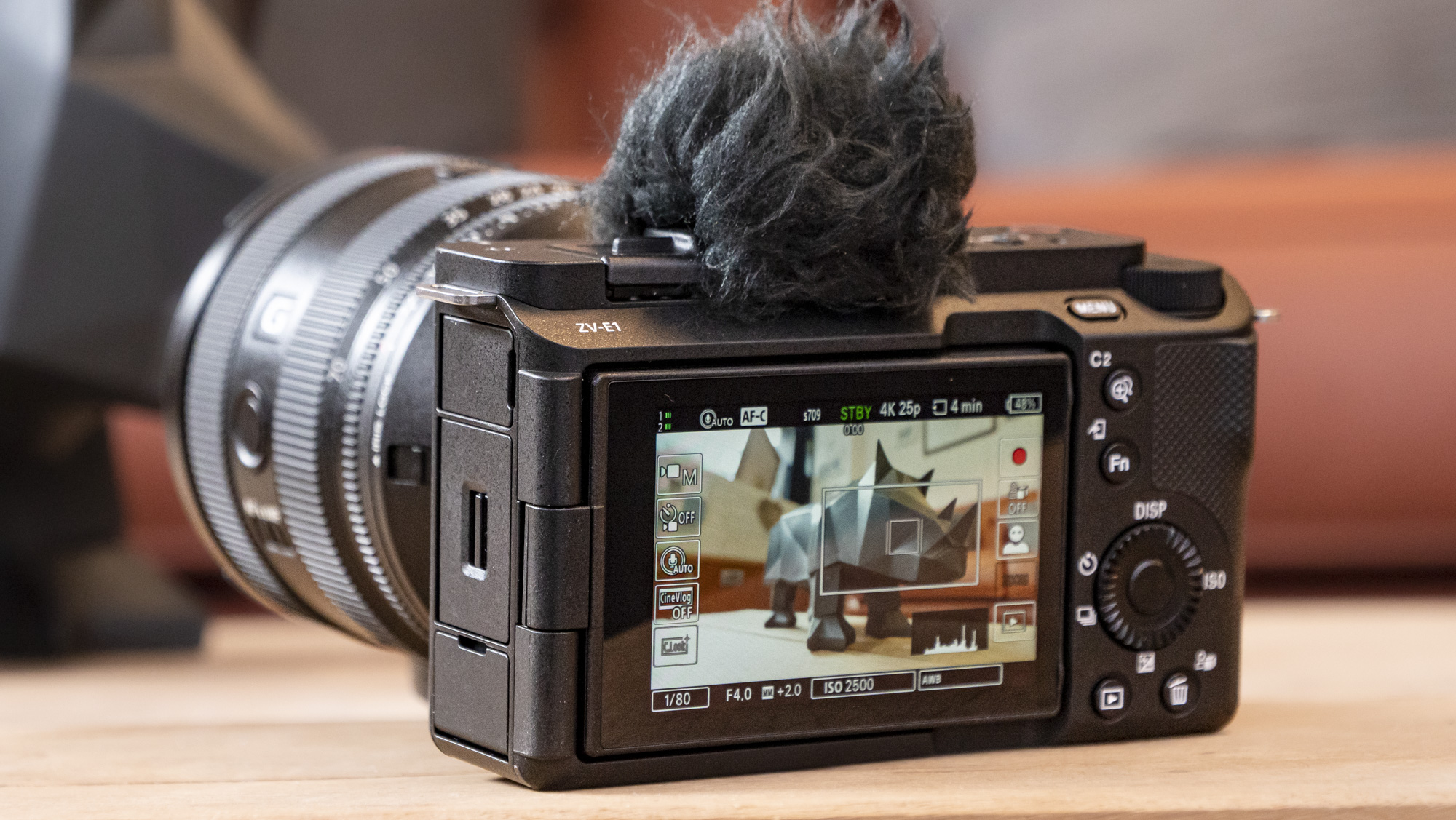
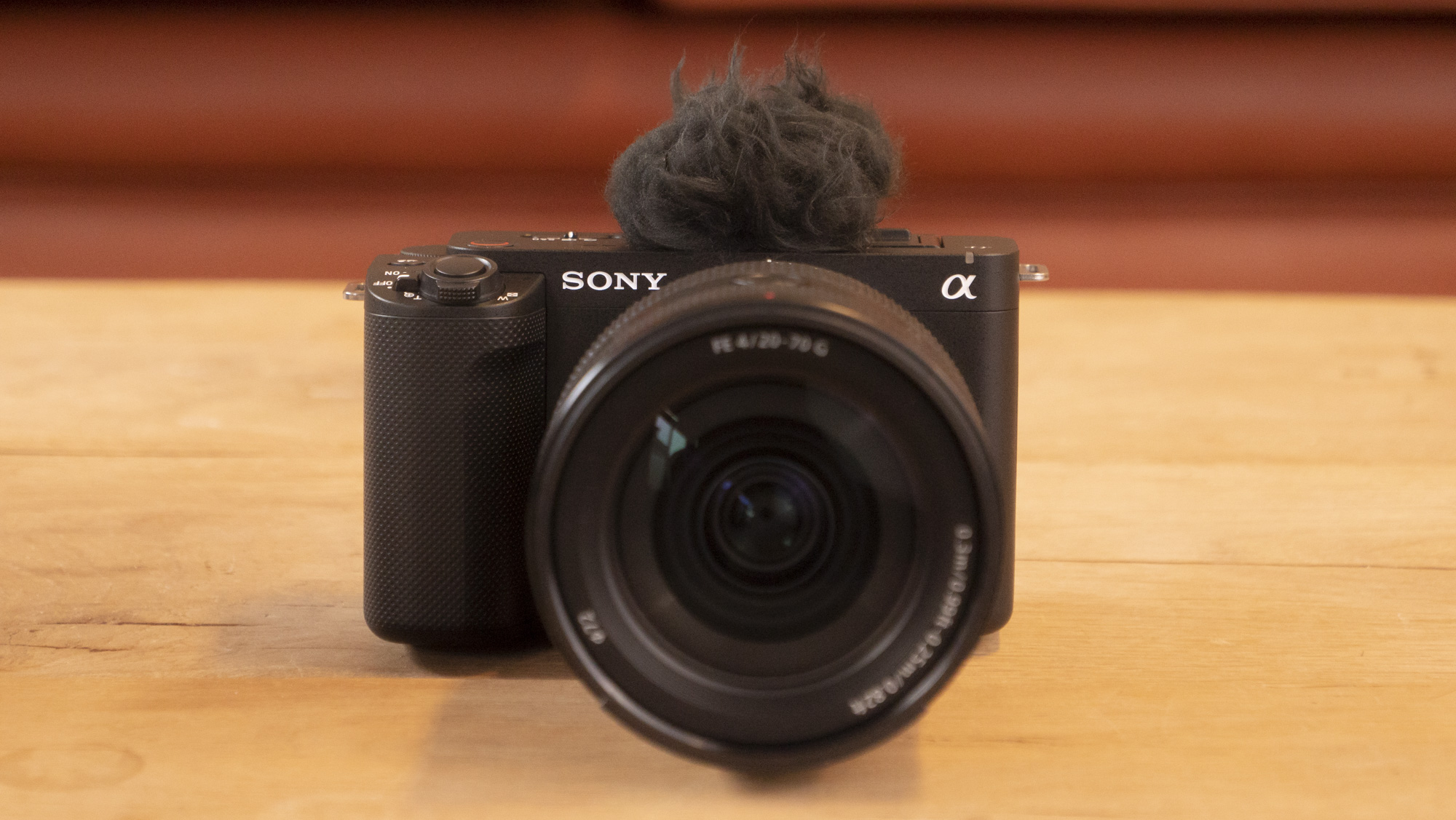
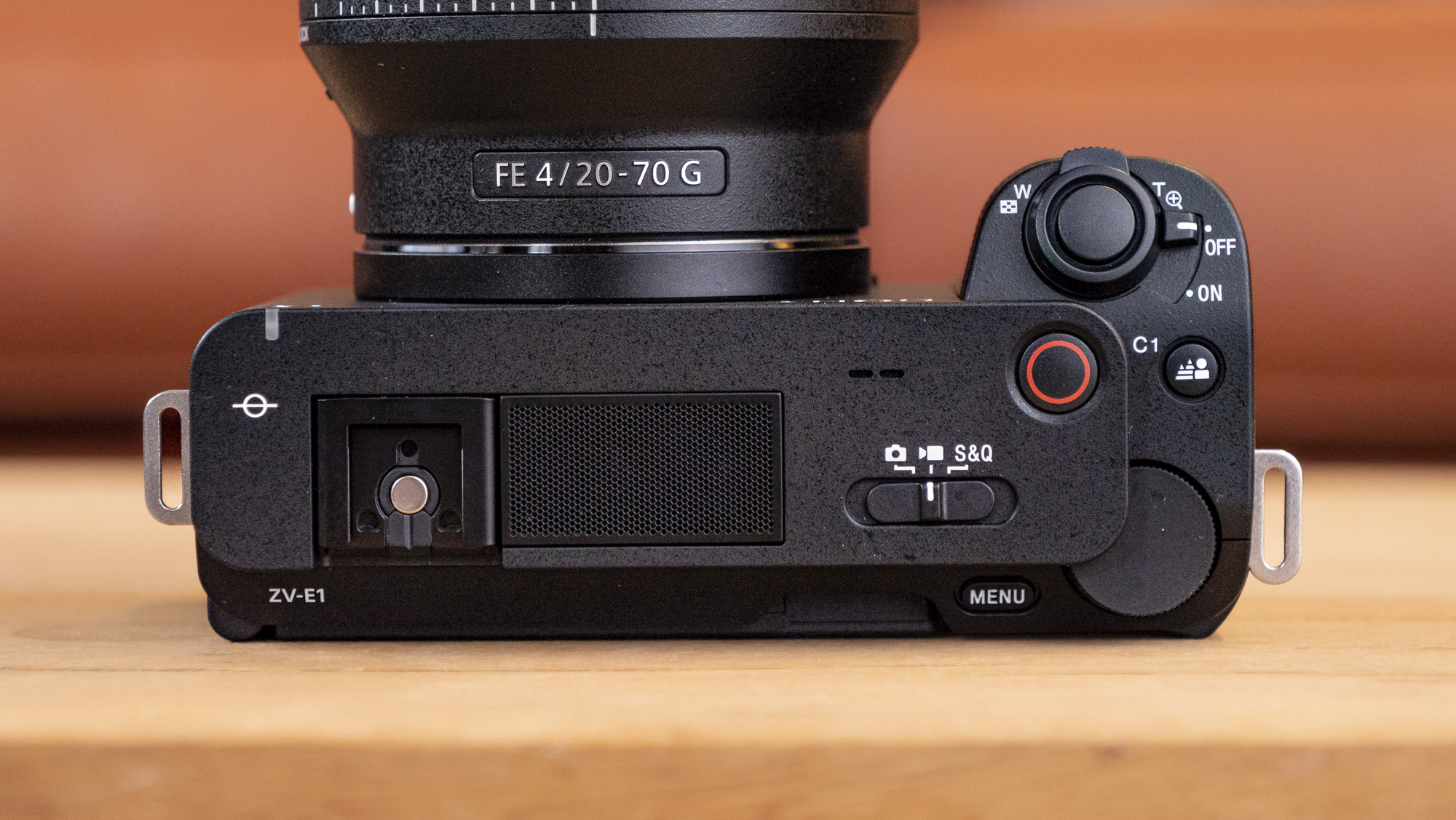
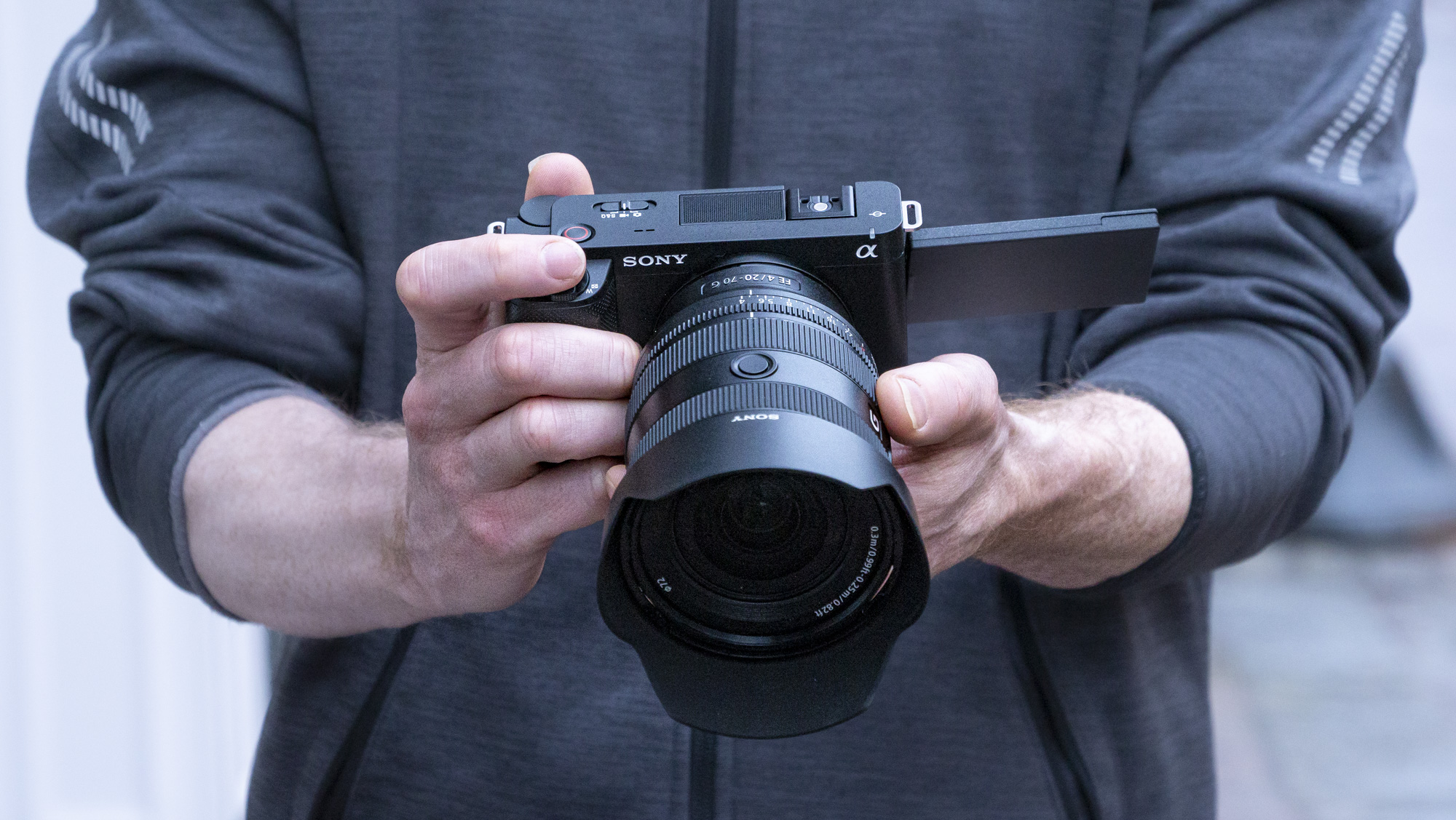
Specifications
Reasons to buy
Reasons to avoid
Sony ZV-E1 sample images
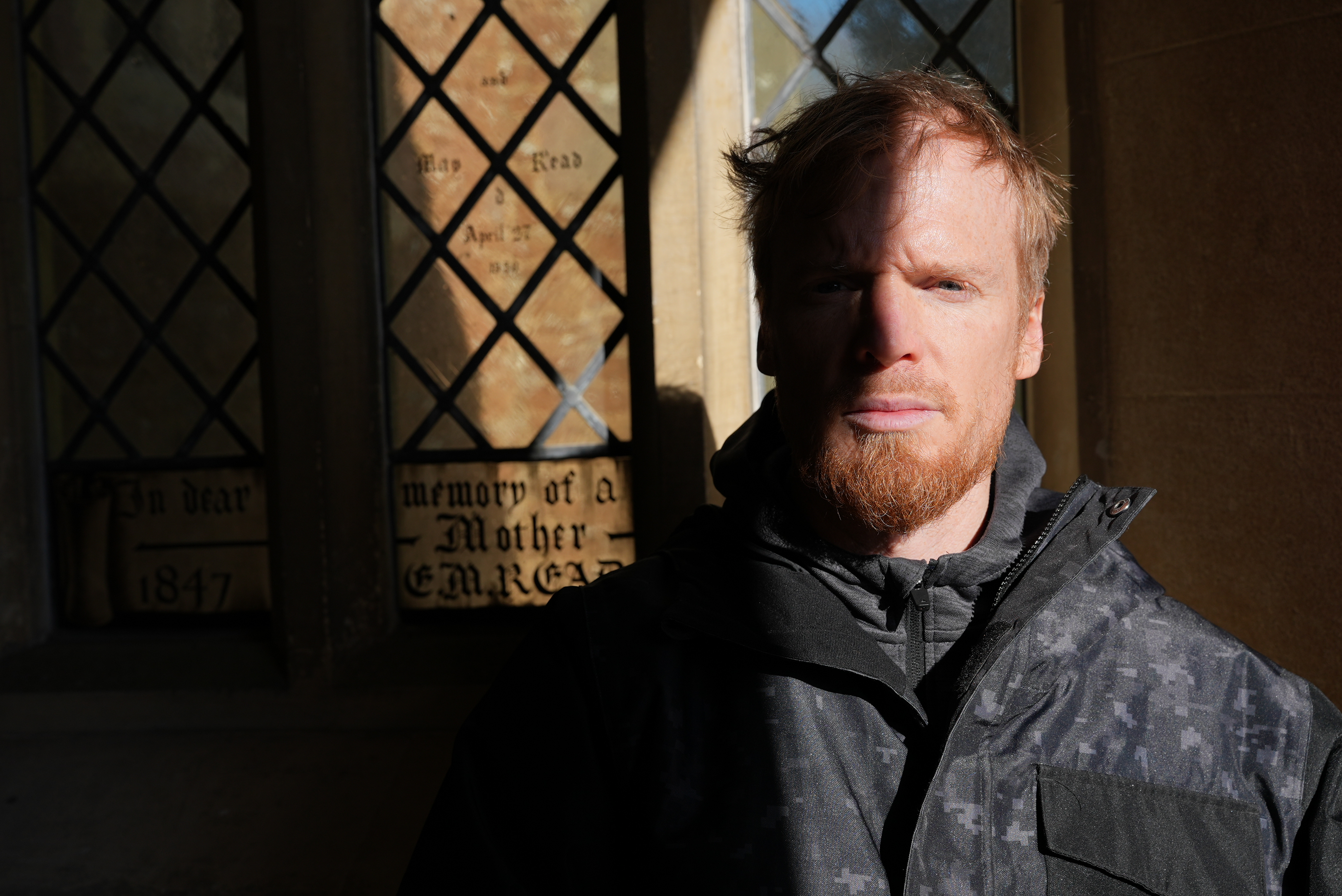
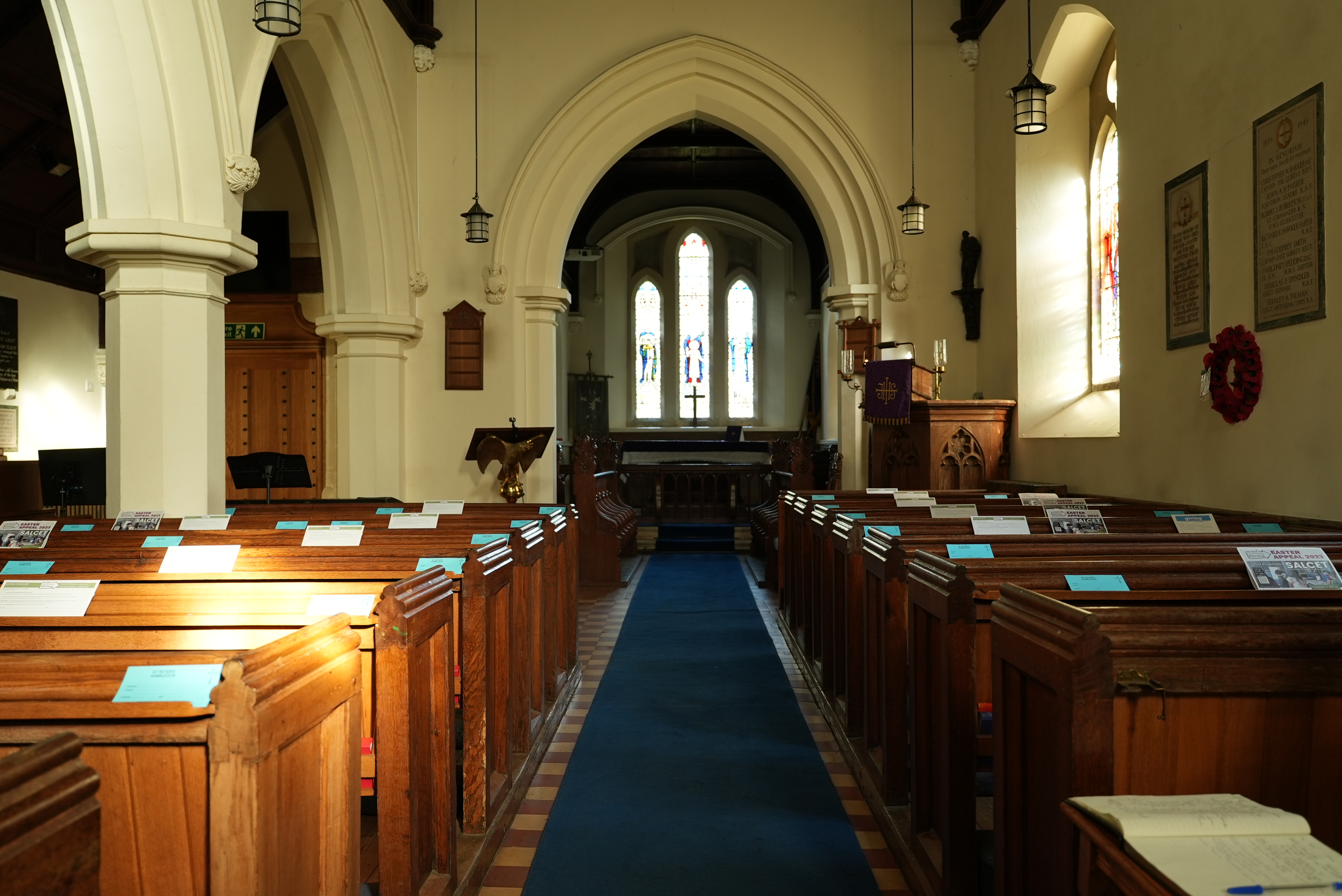
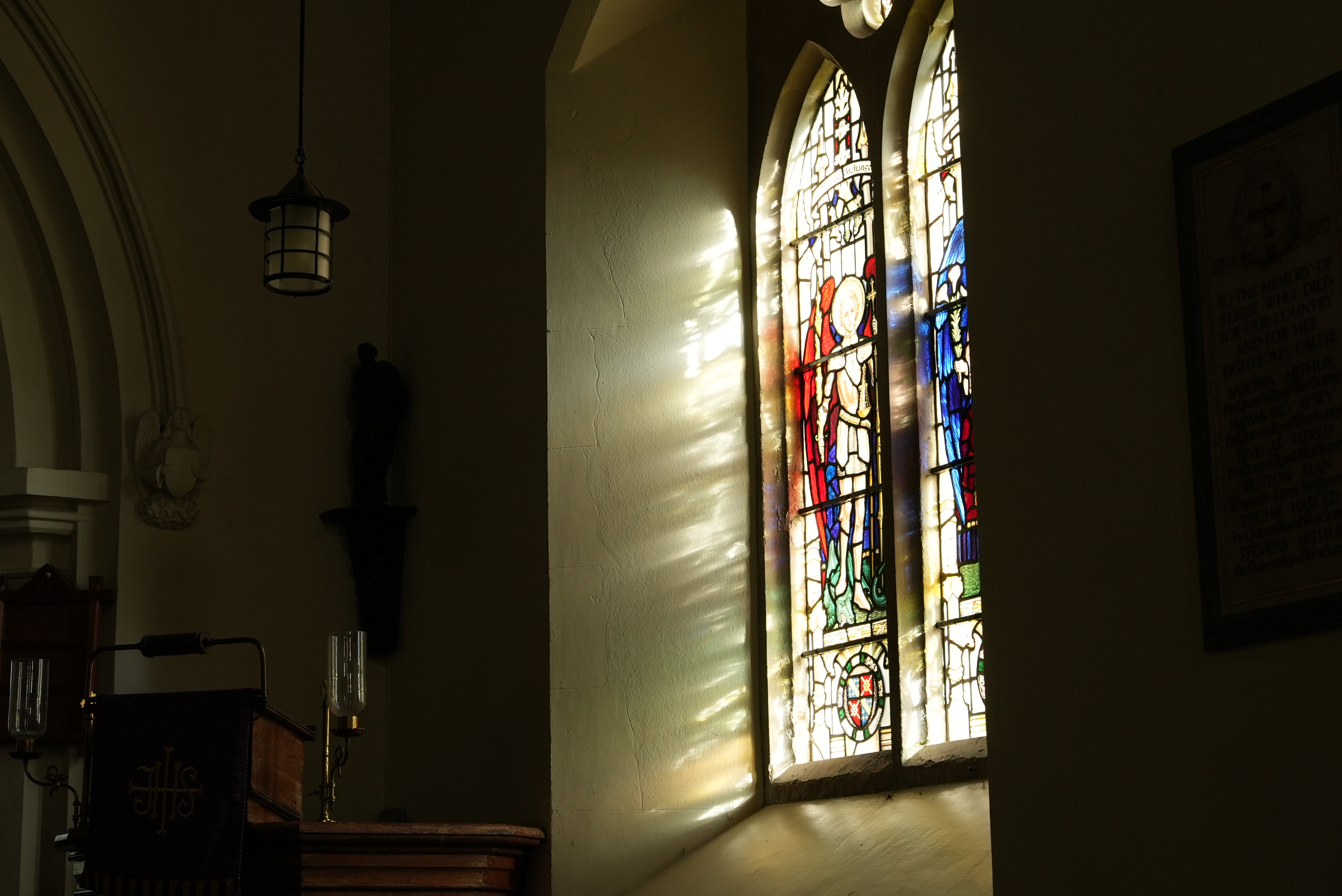
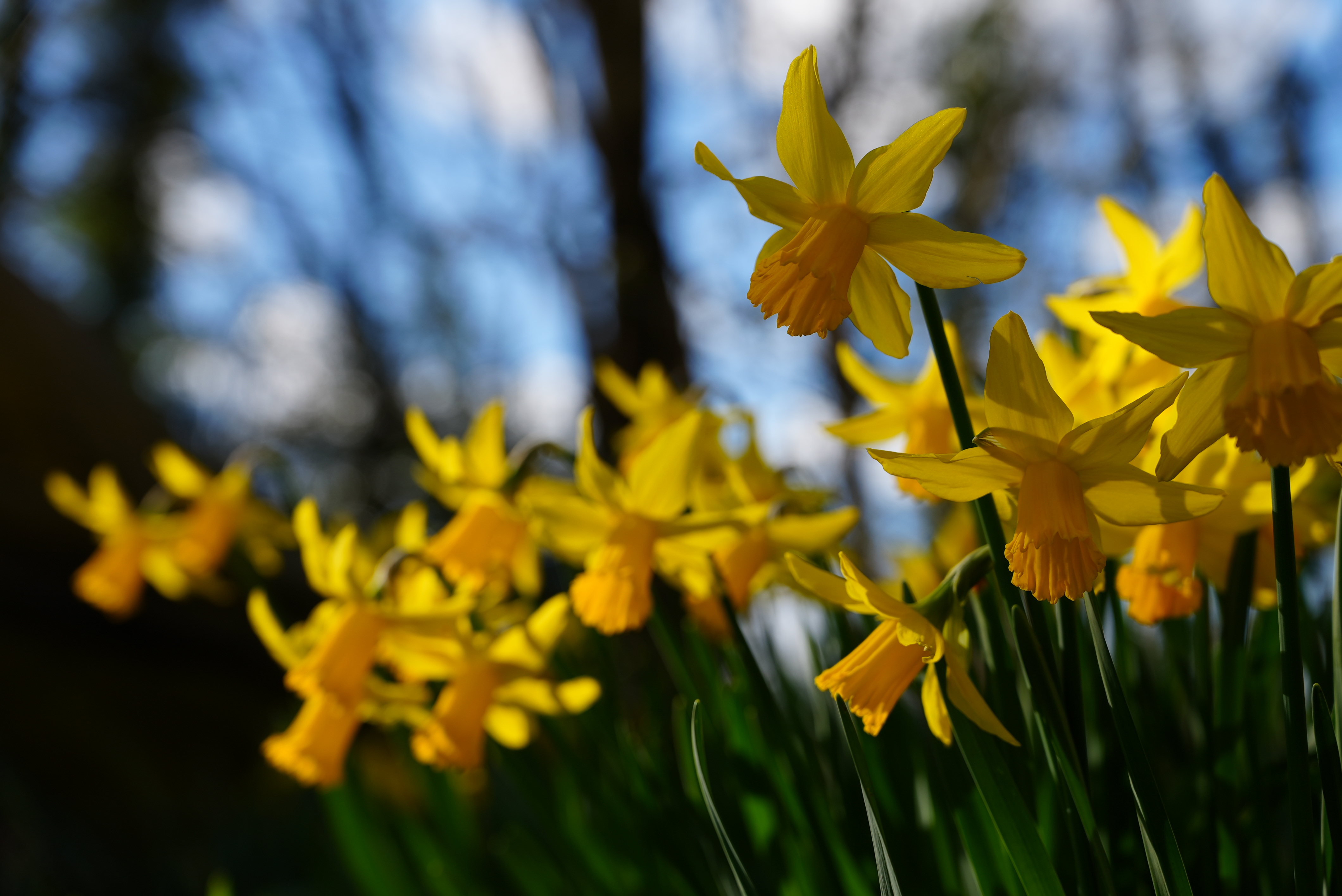

✅ You’re a serious but solo vlogger: Small and light while packing AI tools that take care of focus and framing – this is vlogging on the fly made easy.
✅ You want tools for rapid output: The ZV-E1's AI tools serve to reduce the editing workload, while the Cine Vlog setting produces lovely footage straight out of the camera.
❌ You’re a true video pro: With just a single memory card slot and limited recording times, the Sony ZV-E1 isn’t a camera for power users.
❌ You don’t usually shoot slow-mo: You'll find better value from the Sony ZV-E10 if you don’t shoot video content at high frame rates.
Small, lightweight and equipped with the latest AI smarts, we think the Sony ZV-E1 is up there with the best vlogging cameras for solo content creators. It shoehorns the full-frame sensor from the A7S III into tiny but relatively robust packaging, and pairs it with the AI chipset from the Sony A7R V. Based on our in-depth tests, the result is a camera that makes high-quality vlogging as straightforward as possible. Our review found that it captured clean 4K video in any light, while in-body image stabilization worked superbly to produce some of the smoothest handheld footage possible without a gimbal.
And thanks to framing tools that automatically track subjects across the full image, it puts an AI production crew in your pocket, leaving very little to fix in post. That said, with no cooling vents and just a single card slot, it’s not a camera for heavy users. Slow-motion shooters are also limited to 4K at 60p until a firmware updated scheduled for June 2023. But as the cheapest way to get the A7S III sensor, many filmmakers and vloggers will find that the ZV-E1 offers outstanding value.
The best Sony APS-C camera
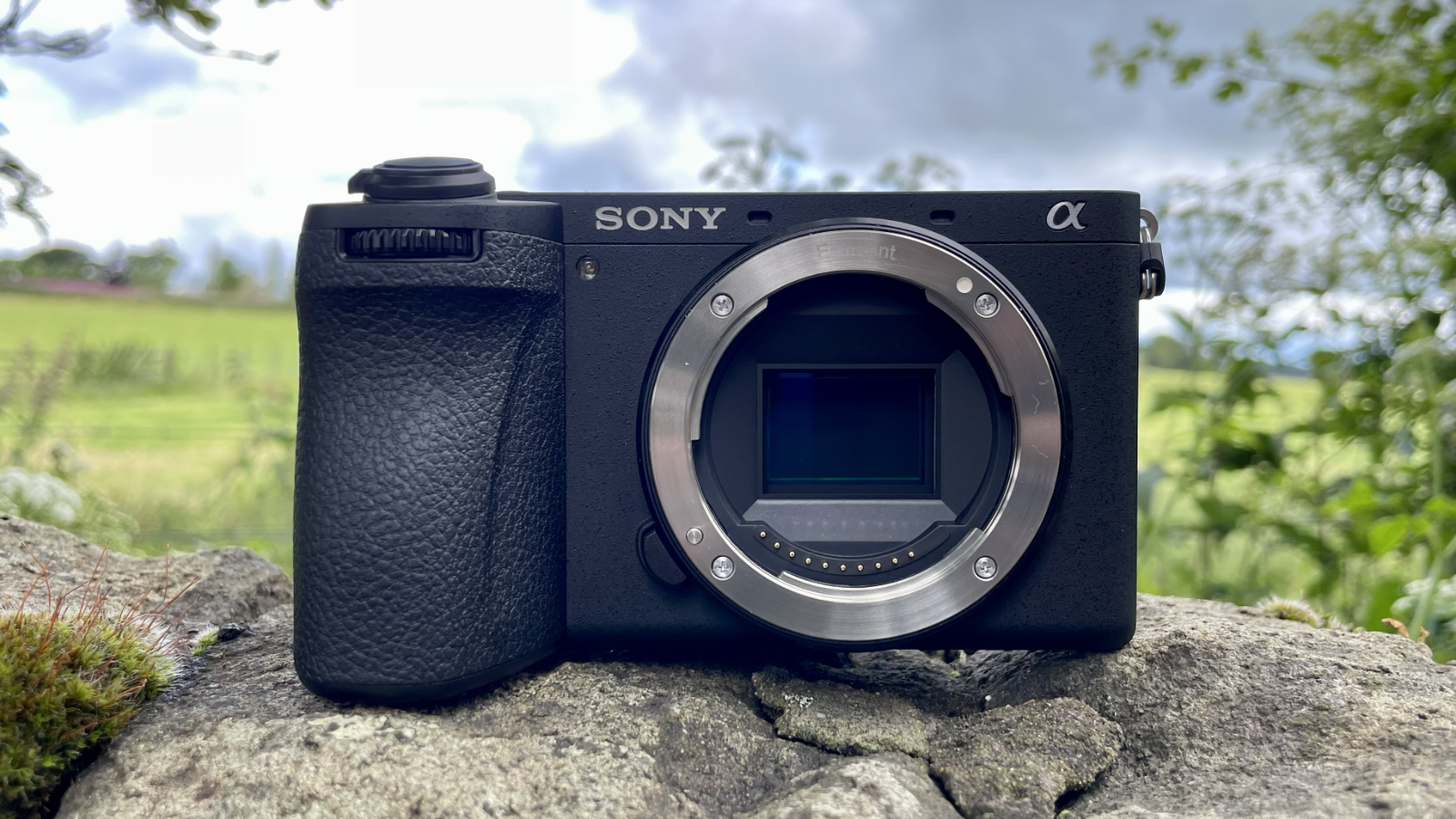
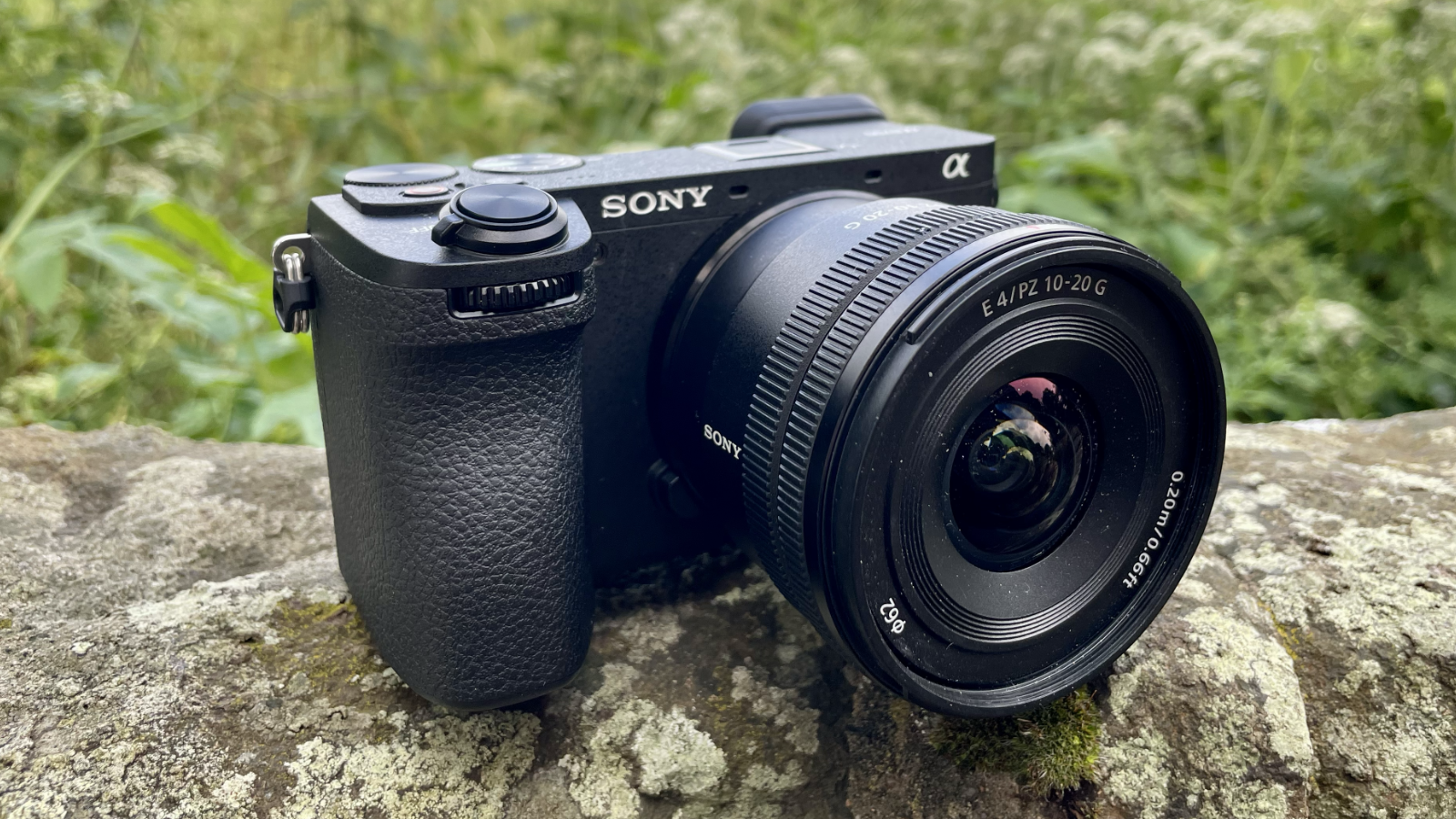
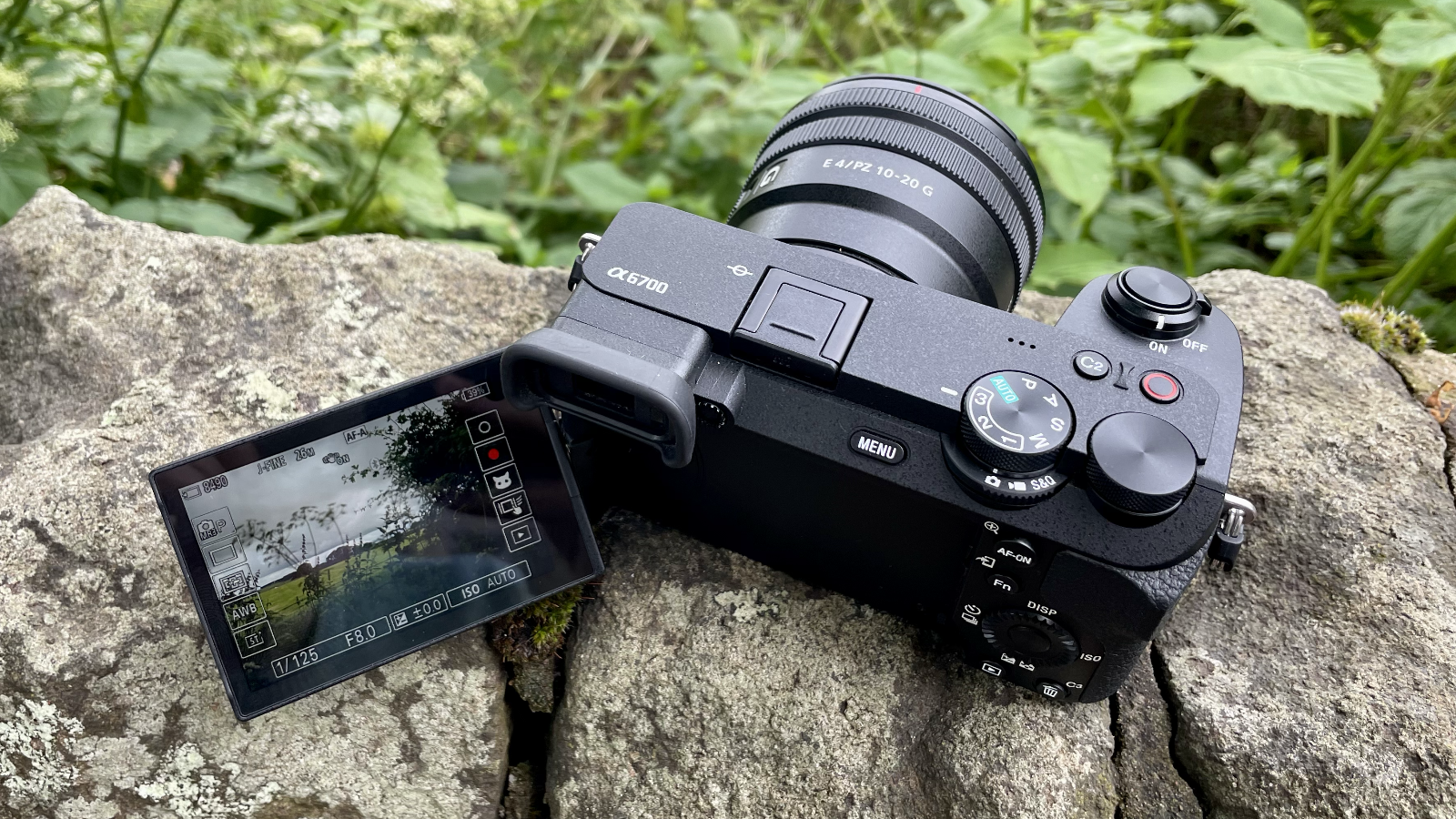

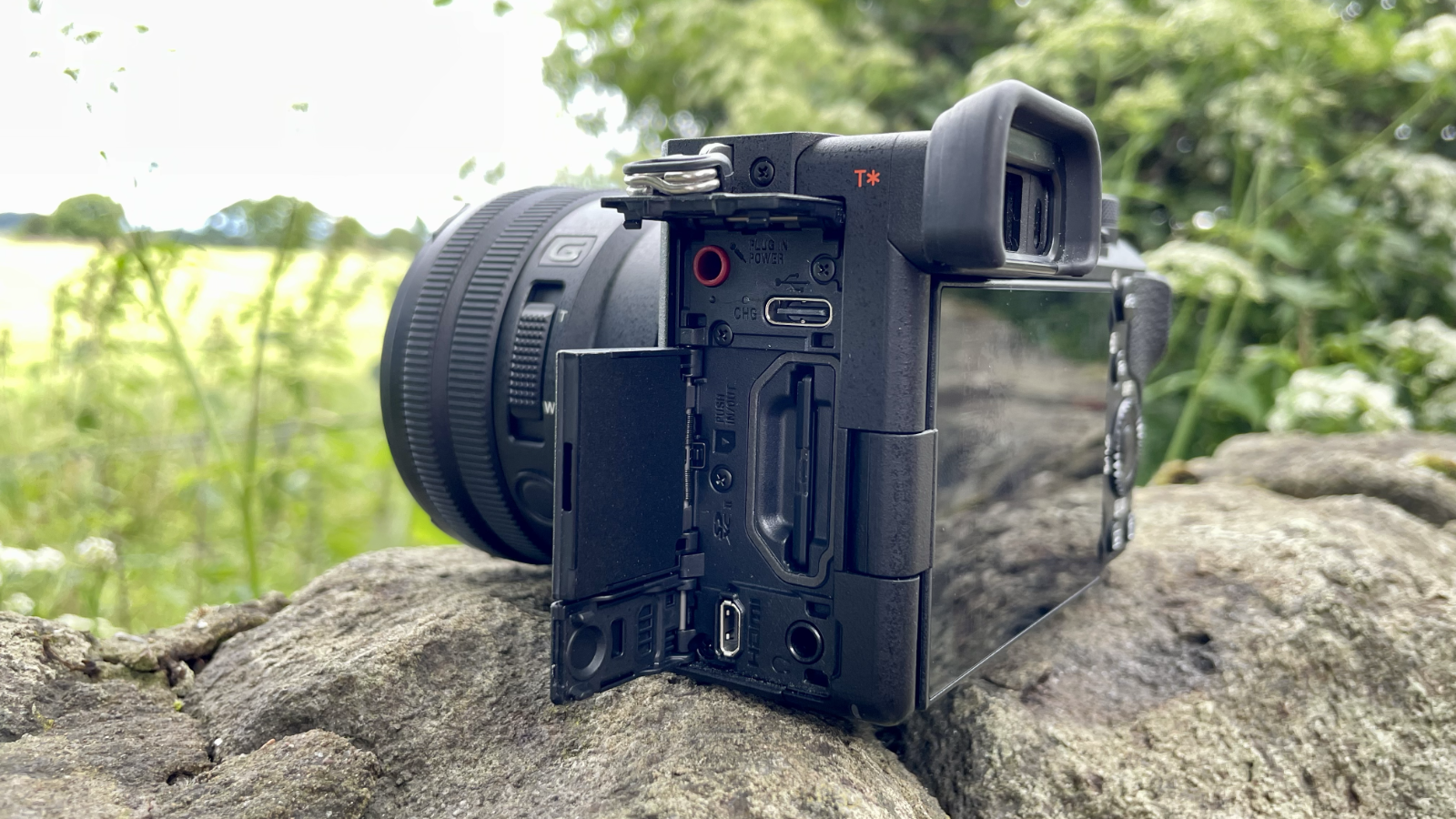
Specifications
Reasons to buy
Reasons to avoid
Sony Alpha A6700 sample images

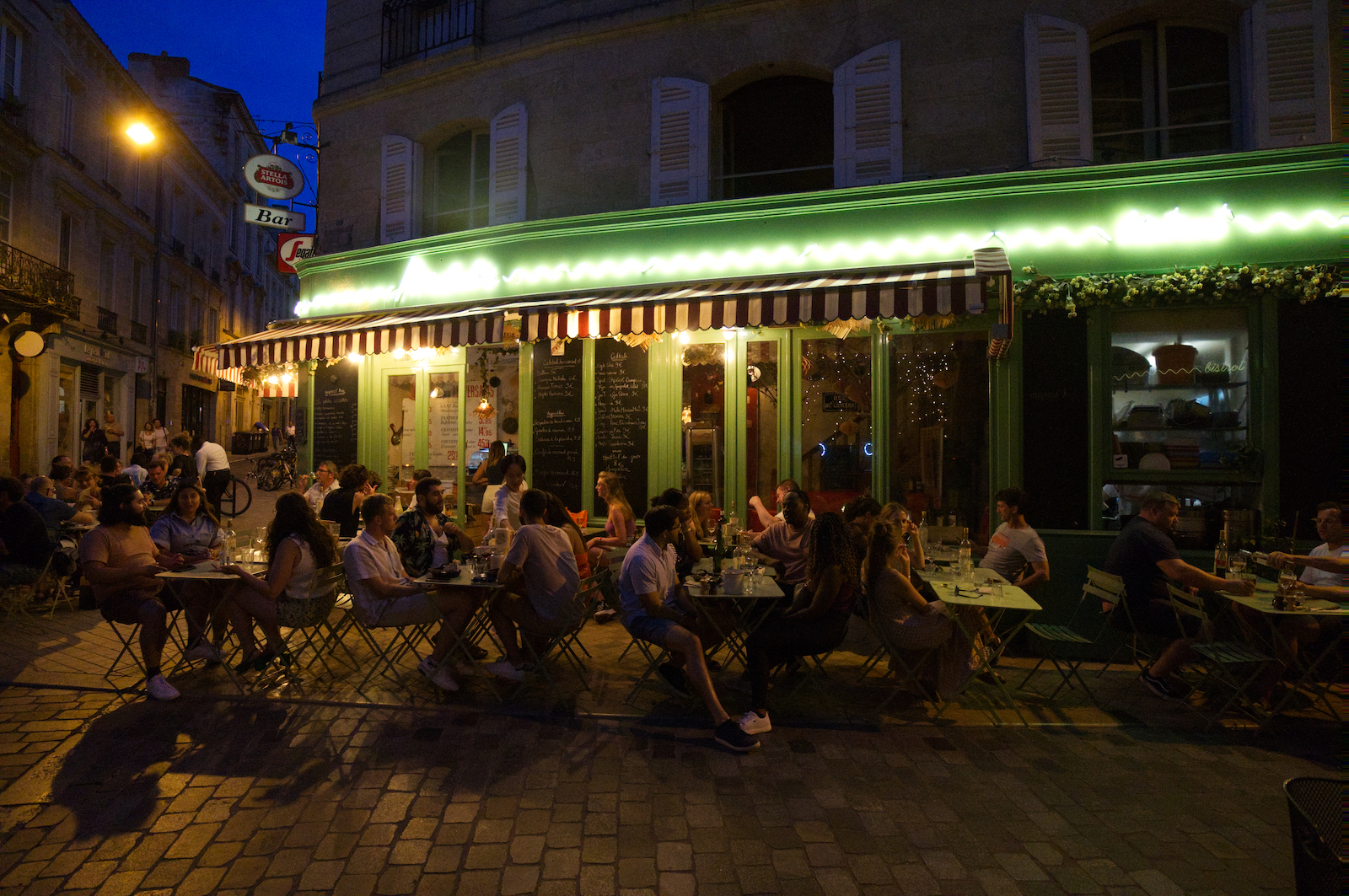


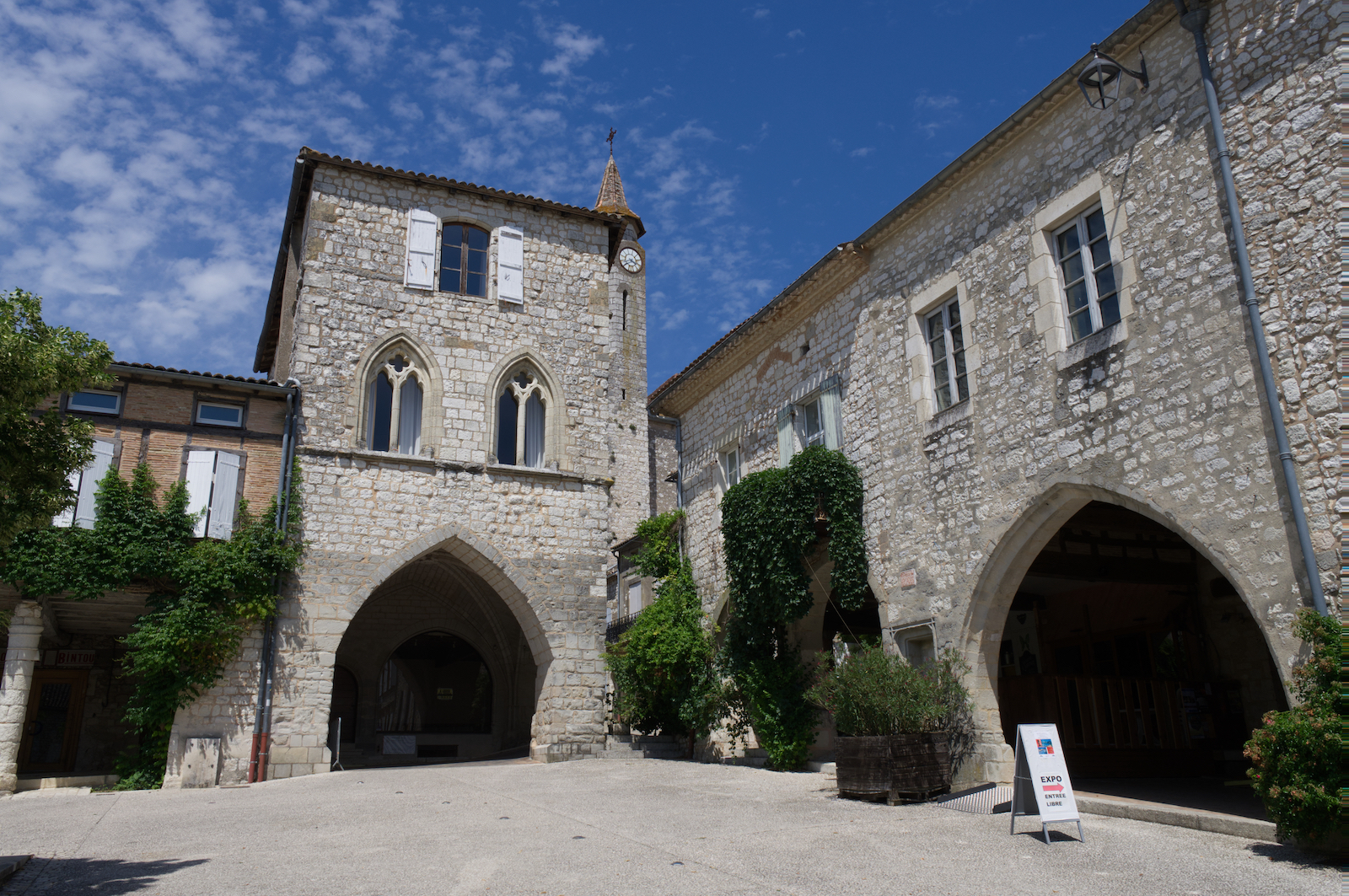
A powerful hybrid for hobbyists, the Sony A6700 convincingly improves on the A6600 which previously held this spot. Pairing a 26MP APS-C sensor with a 759-point phase detection array and five-axis stabilization, it consistently delivered sharp, balanced images during our review. We were also pleased with Sony’s Real-time Recognition AF, which recognized and tracked a range of targets with class-leading accuracy. The quality of 4K 60p video impressed in testing, too: oversampled from 6K, the results were crisp in clear conditions.
We did encounter noise when shooting at higher ISOs, while the metering system struggled with underexposure on overcast days. It’s not a perfect video tool either: there’s a 1.6x crop on 4K 120p footage, and the IBIS wasn’t flawless when recording handheld. The complex menu system leaves something to be desired as well, although a deeper grip and direct-access controls make it a nice camera to handle. It’s not flawless, but if you want a tidy APS-C hybrid with the latest autofocus performance, we think the A6700 is still a great choice.
- Read our in-depth Sony Alpha A6700 review
The best Sony premium compact

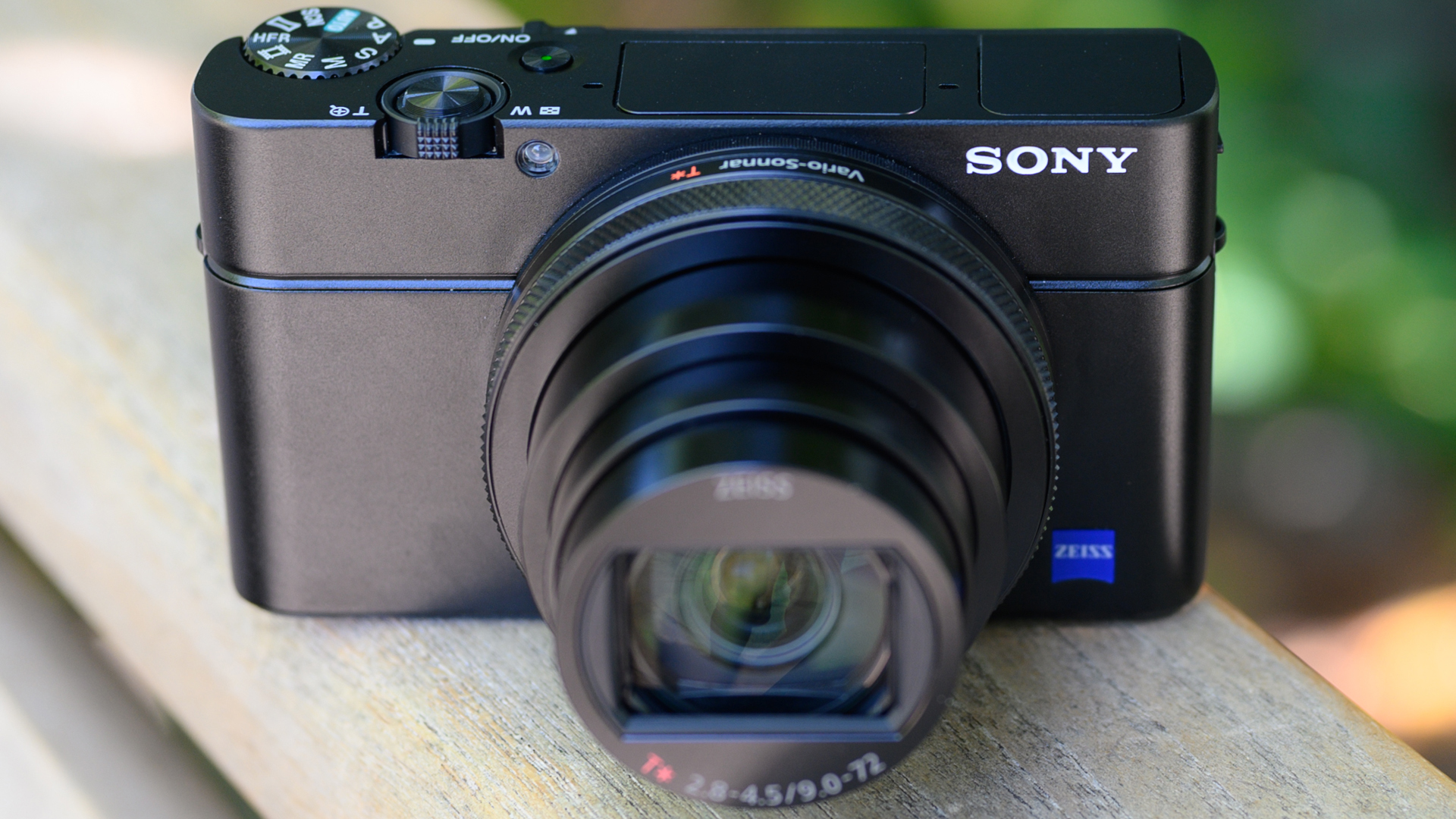

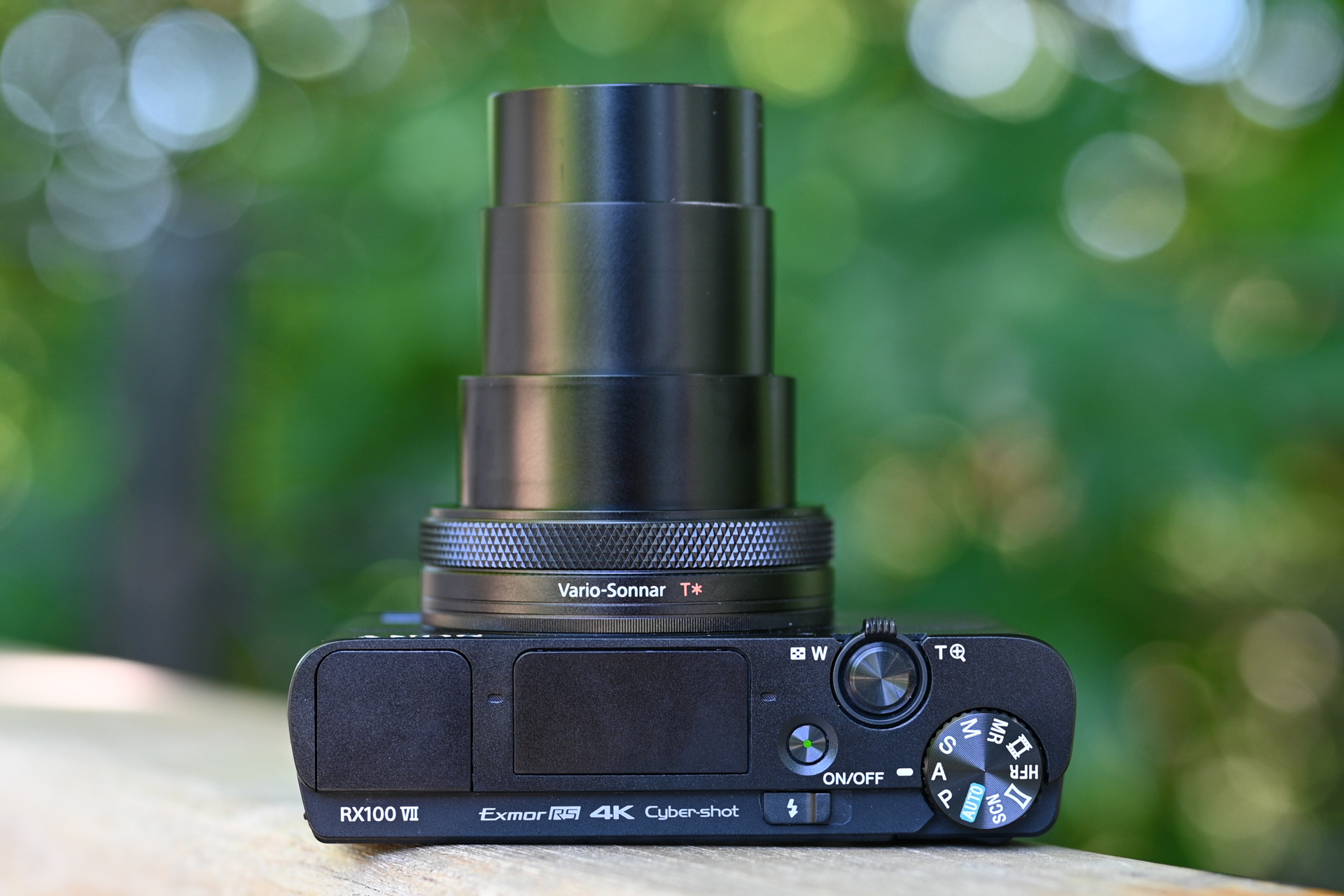
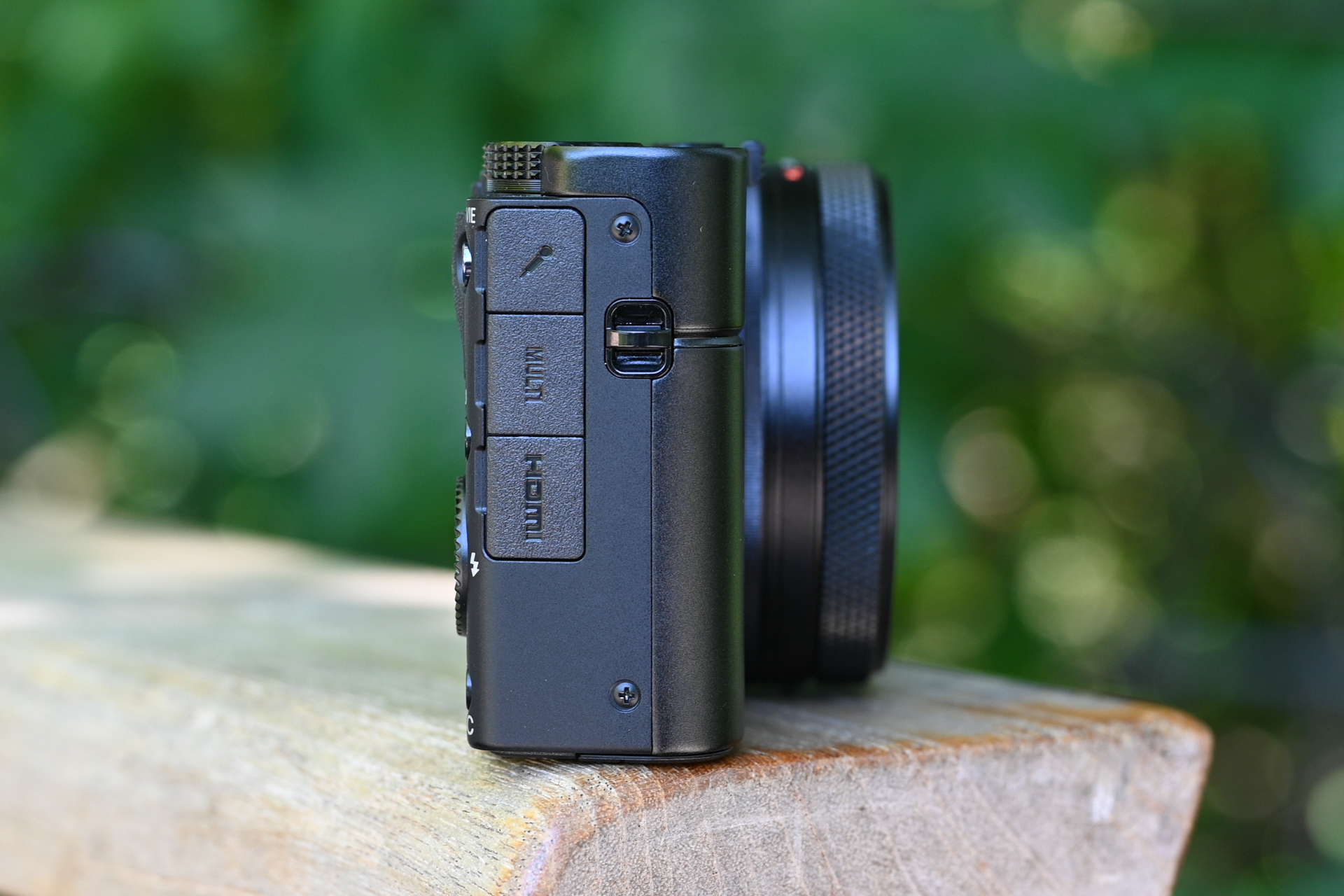
Specifications
Reasons to buy
Reasons to avoid
Sony RX100 VII sample images





Sony’s RX100 series has been immensely popular over the years, and it’s not hard to see why. While these models are traditionally very expensive, they give you the best image quality that it’s possible to stuff in a pocket. We think the seventh iteration is no exception: still pricey a few years after launch, the RX100 VII uses a 1-inch sensor to produce quality stills and detailed 4K video, with impressive AF performance to match.
Retaining the 24-200mm optic from the RX100 VI, it offers a decent zoom range for such a pocketable camera, even if we encountered corner softness at both ends of the spectrum in testing. Burst speeds can hit a ridiculous 90fps, while we found its tilt-up touchscreen useful for framing – although its functionality is a little lacking. Battery life is only average, but the RX100 VII makes up for it by offering enthusiasts a high level of control. Paired with that versatile zoom, it’s fantastic premium compact for travel.
- Read our in-depth Sony Cyber-shot RX100 VII review
The best Sony compact for vlogging
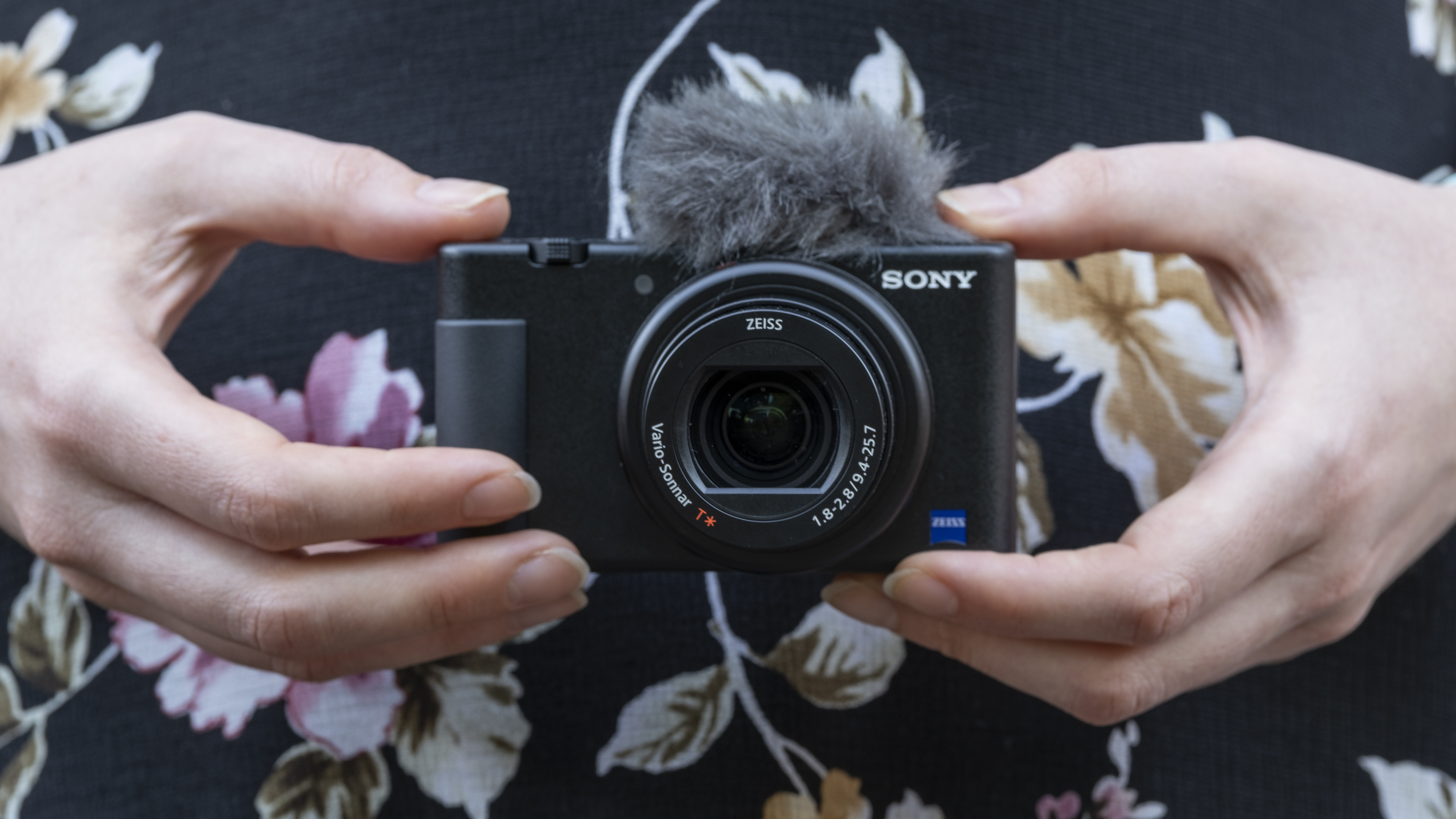
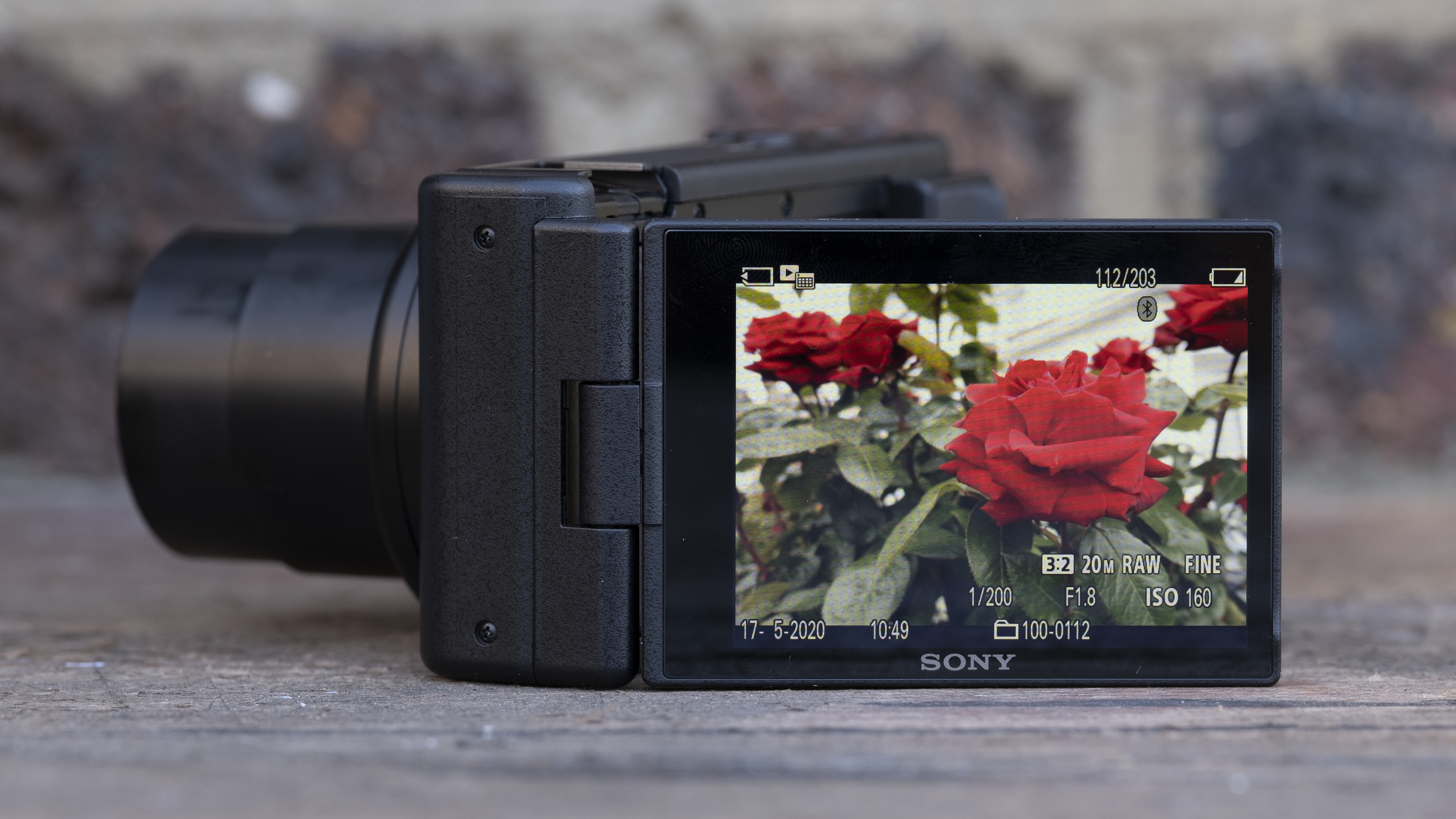

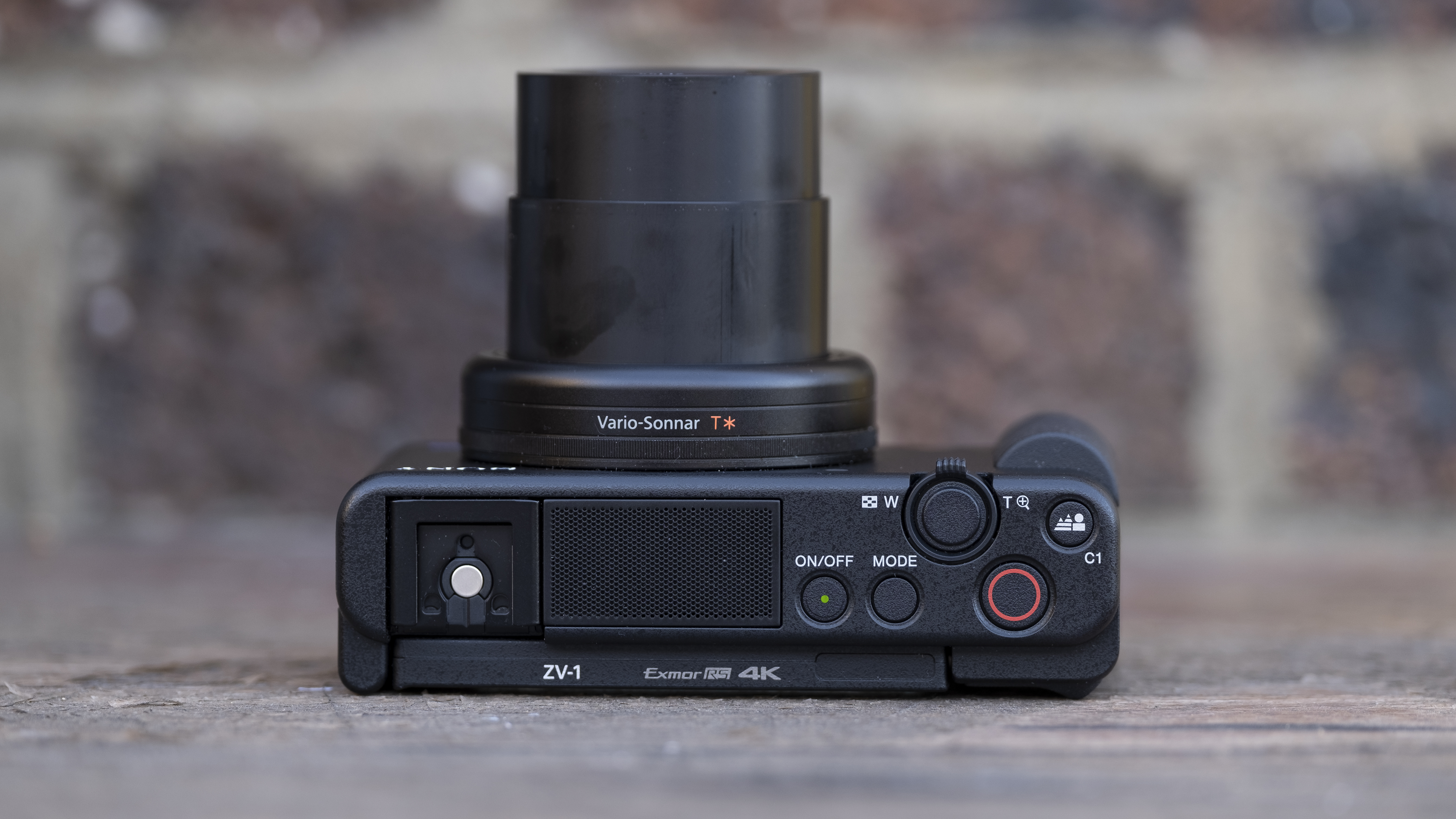
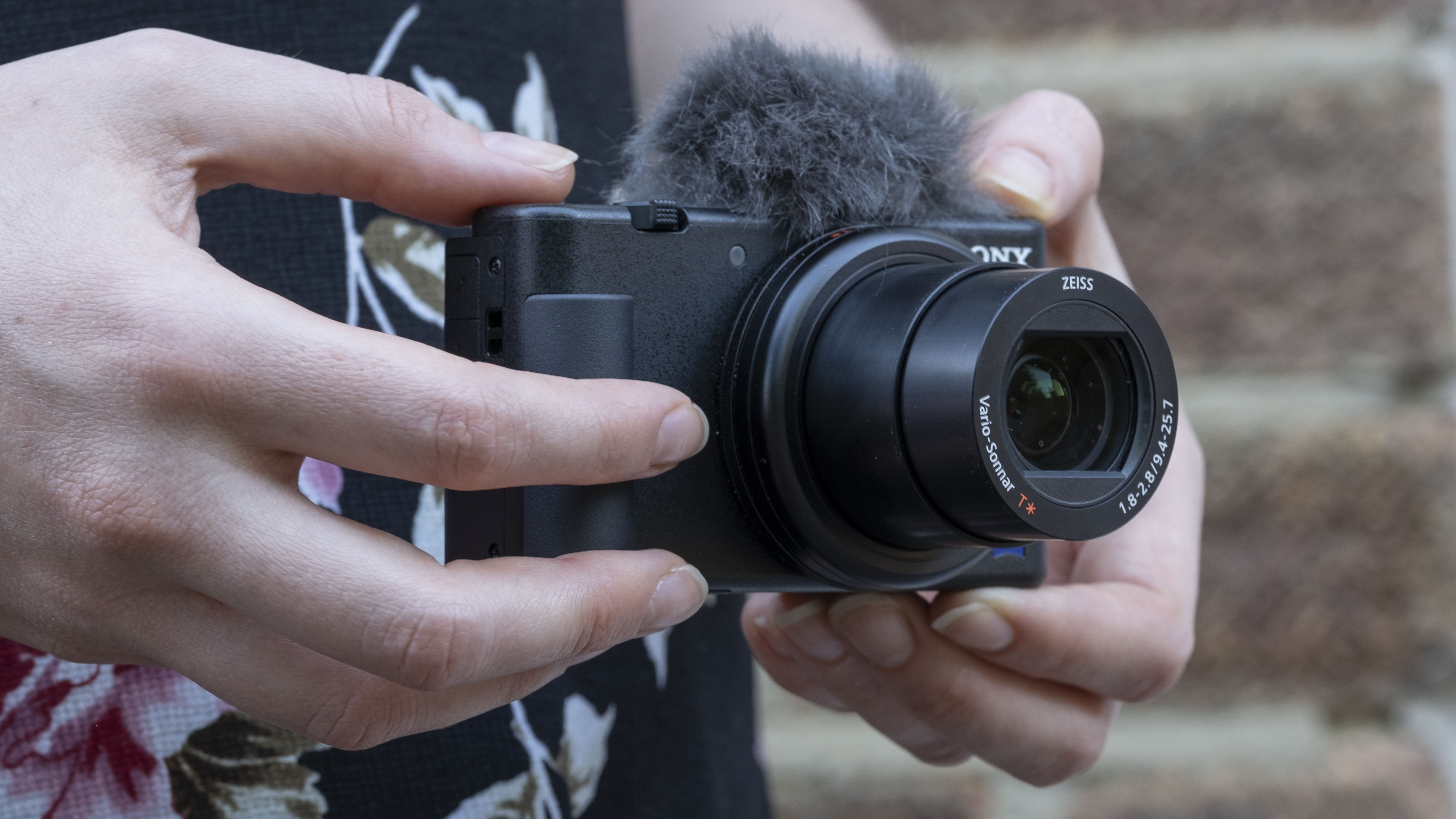
Specifications
Reasons to buy
Reasons to avoid
Sony ZV-1 sample video
Still the best compact vlogging camera on the market, the Sony ZV-1 puts a powerful video option in your pocket. Borrowing the best bits from the RX100 series, it pairs a capable 1-inch sensor with a class-leading autofocus system. In testing, we found that Sony’s Real-time Tracking and Eye AF systems mean you can reliably shoot high-quality footage while locked-on to your subject, while the bright 24-70mm lens is capable of creating lovely background blur. Image stabilization is less impressive, but proved passable for walking and talking.
A hot-shoe, 3.5mm microphone input and flip-out LCD display all enhance the ZV-1’s versatility for vloggers – and while found that the touchscreen menu isn’t the easiest to use, that’s balanced by an arsenal of features. To complement its crisp, detailed 4K/30p footage, the ZV-1 offers a useful built-in ND filter, plus all of Sony’s picture profiles, including HLG. Its compact size naturally results in some compromises: there’s no headphone port or viewfinder, and battery life isn’t the best. All the same, the Sony ZV-1 packs more power and video features than any other pocket camera. That remains the case even after the arrival of the ZV-1 II, which we think doesn't do enough to merit the extra expenditure.
- Read our in-depth Sony ZV-1 review
The best Sony bridge camera
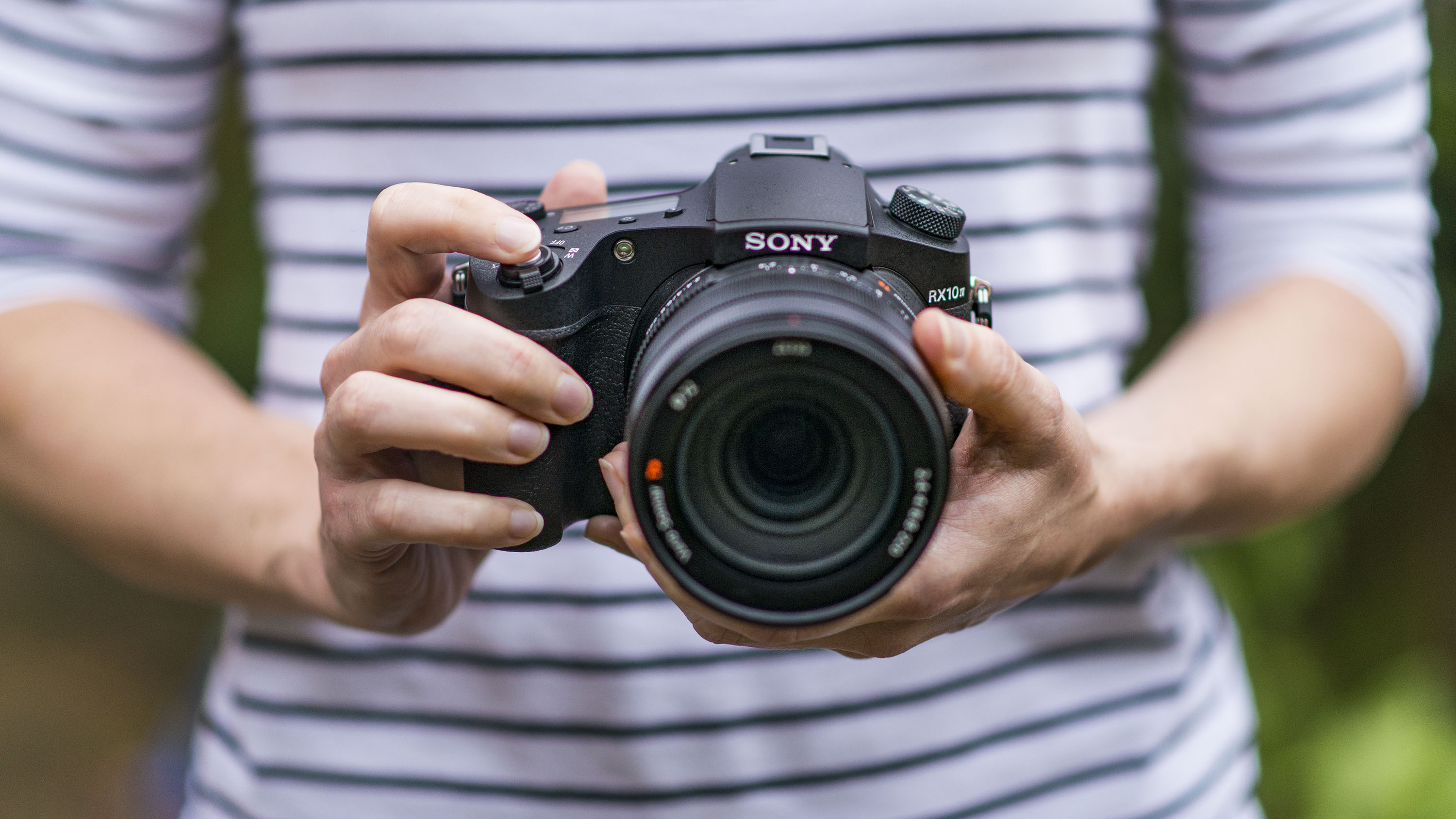
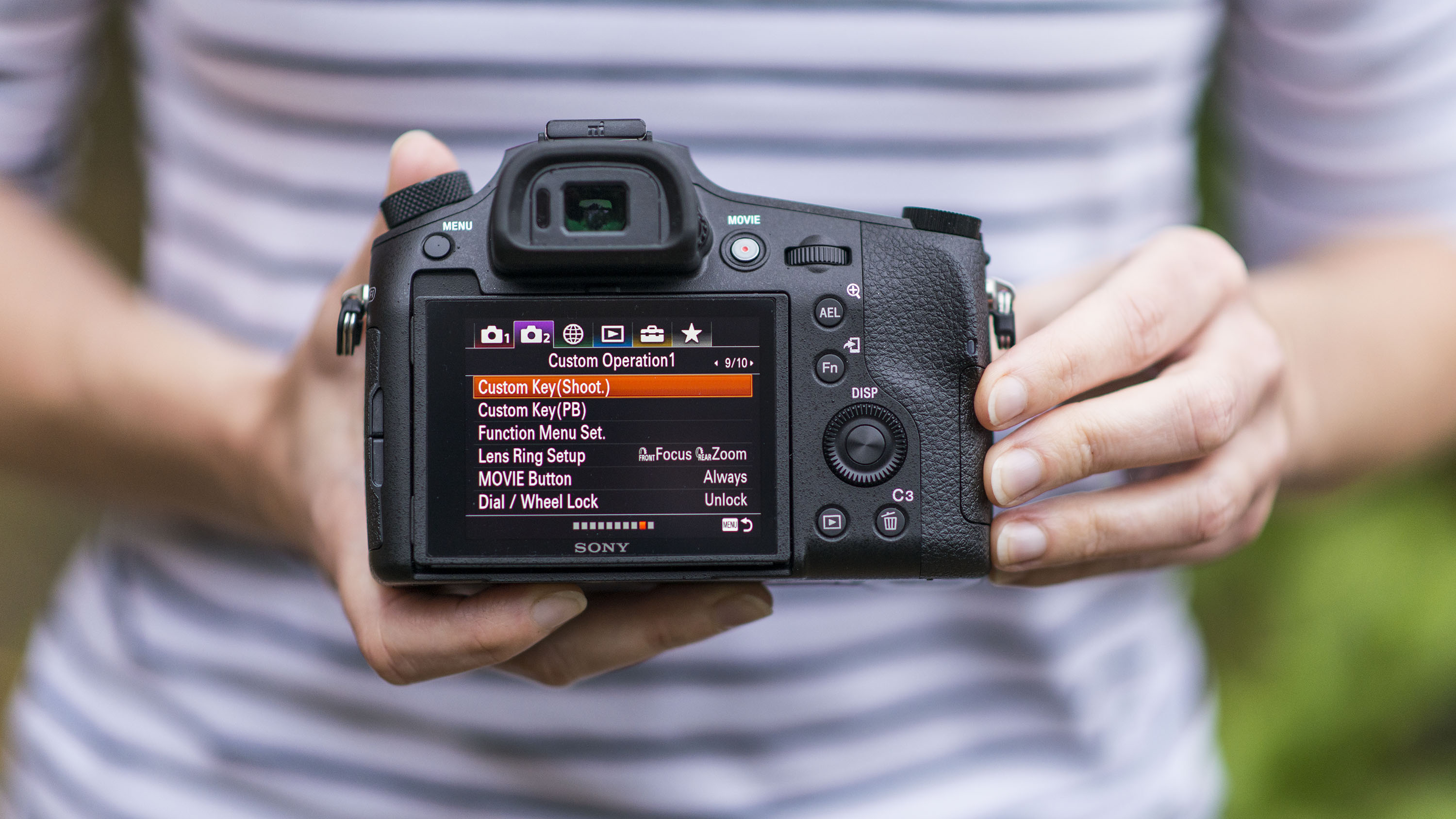
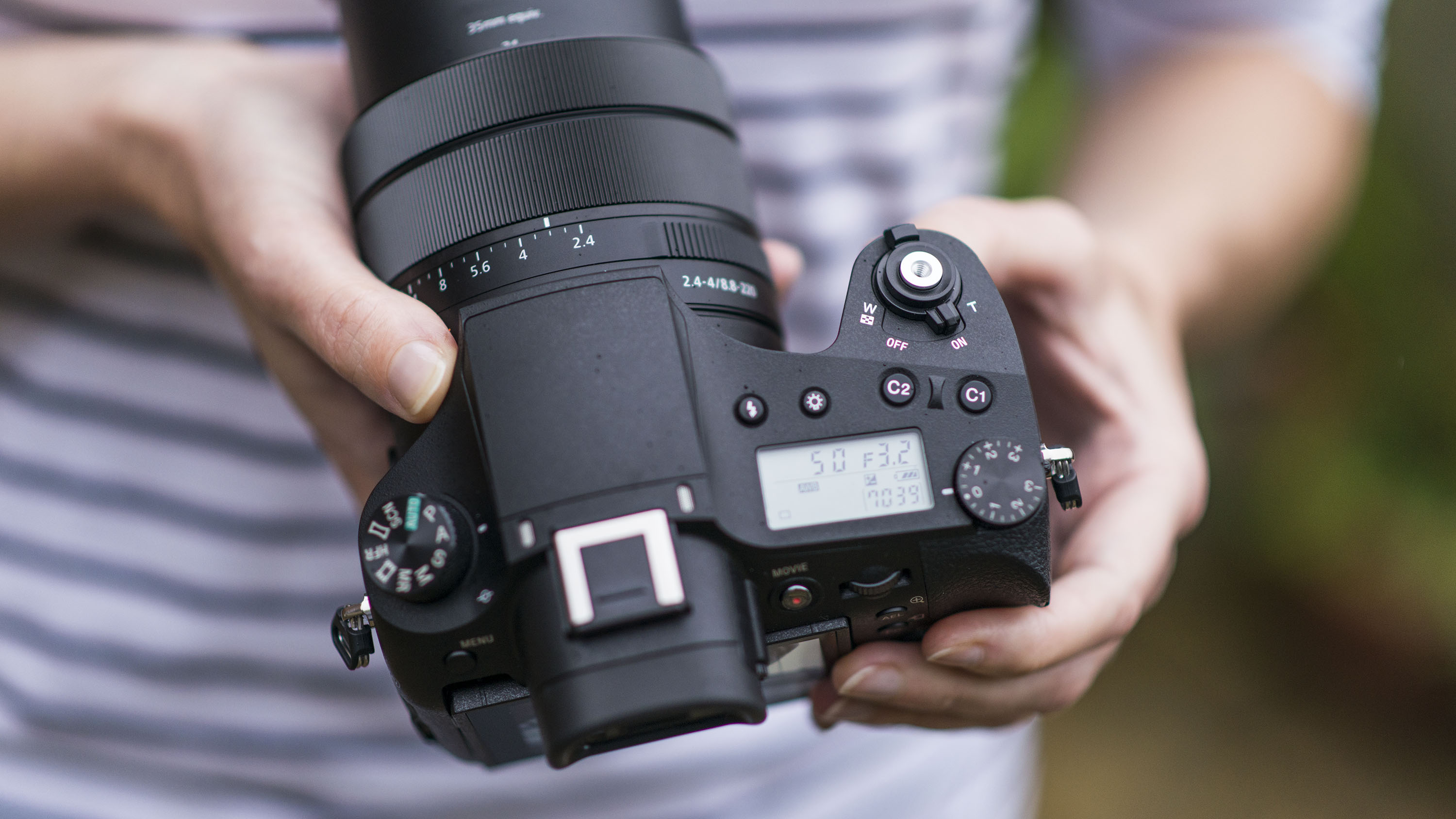
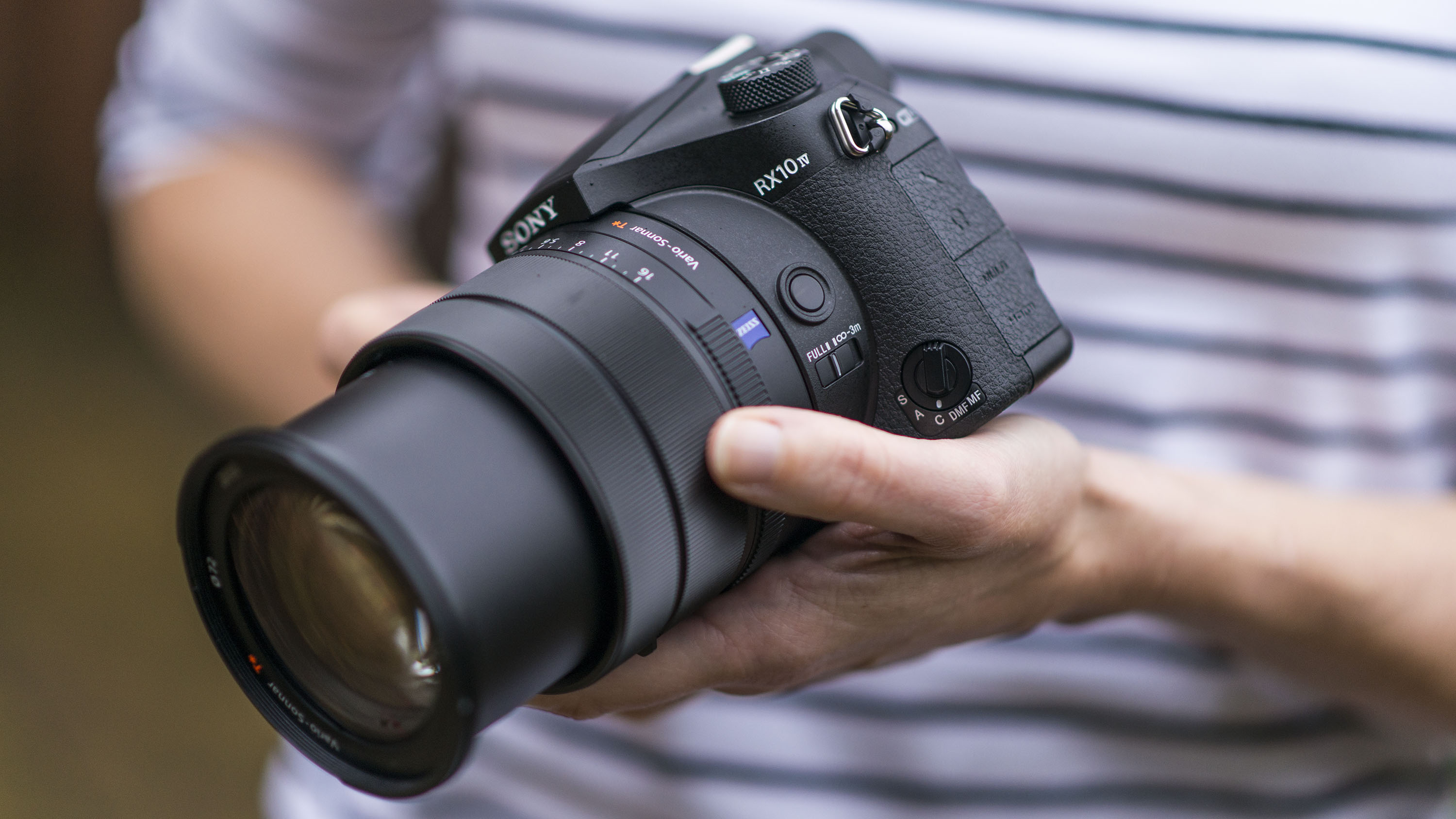
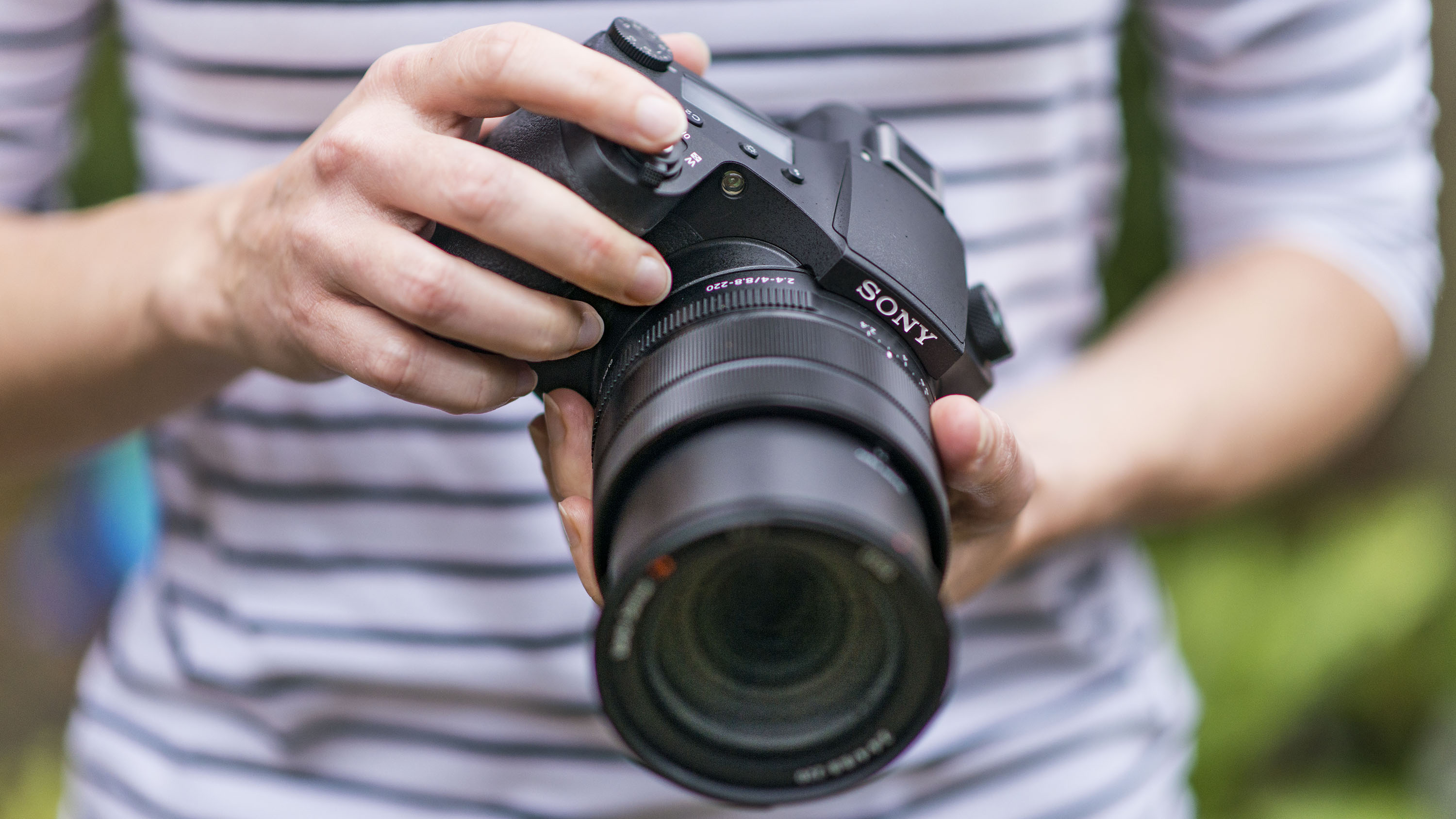
Specifications
Reasons to buy
Reasons to avoid
Sony RX10 IV sample images
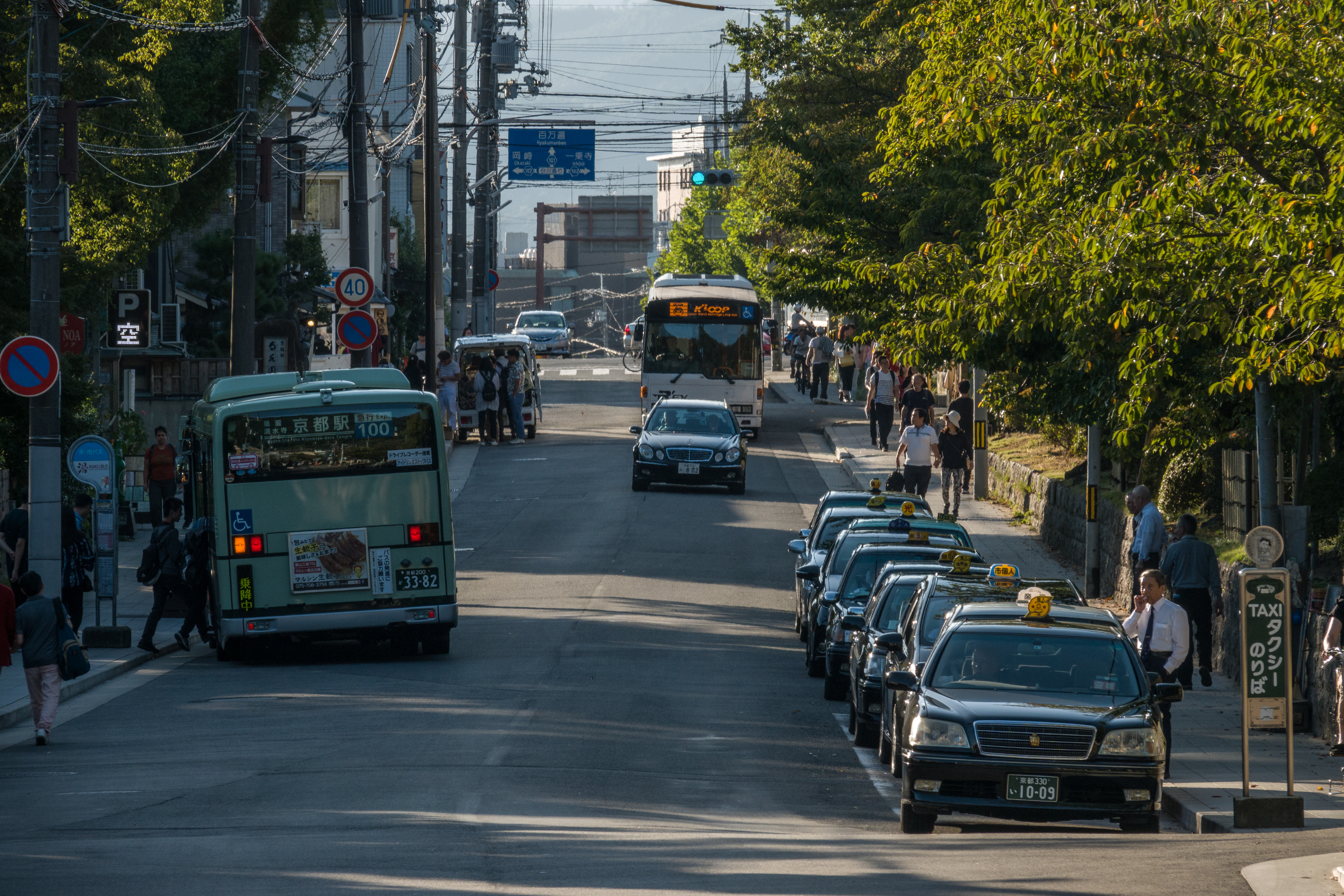


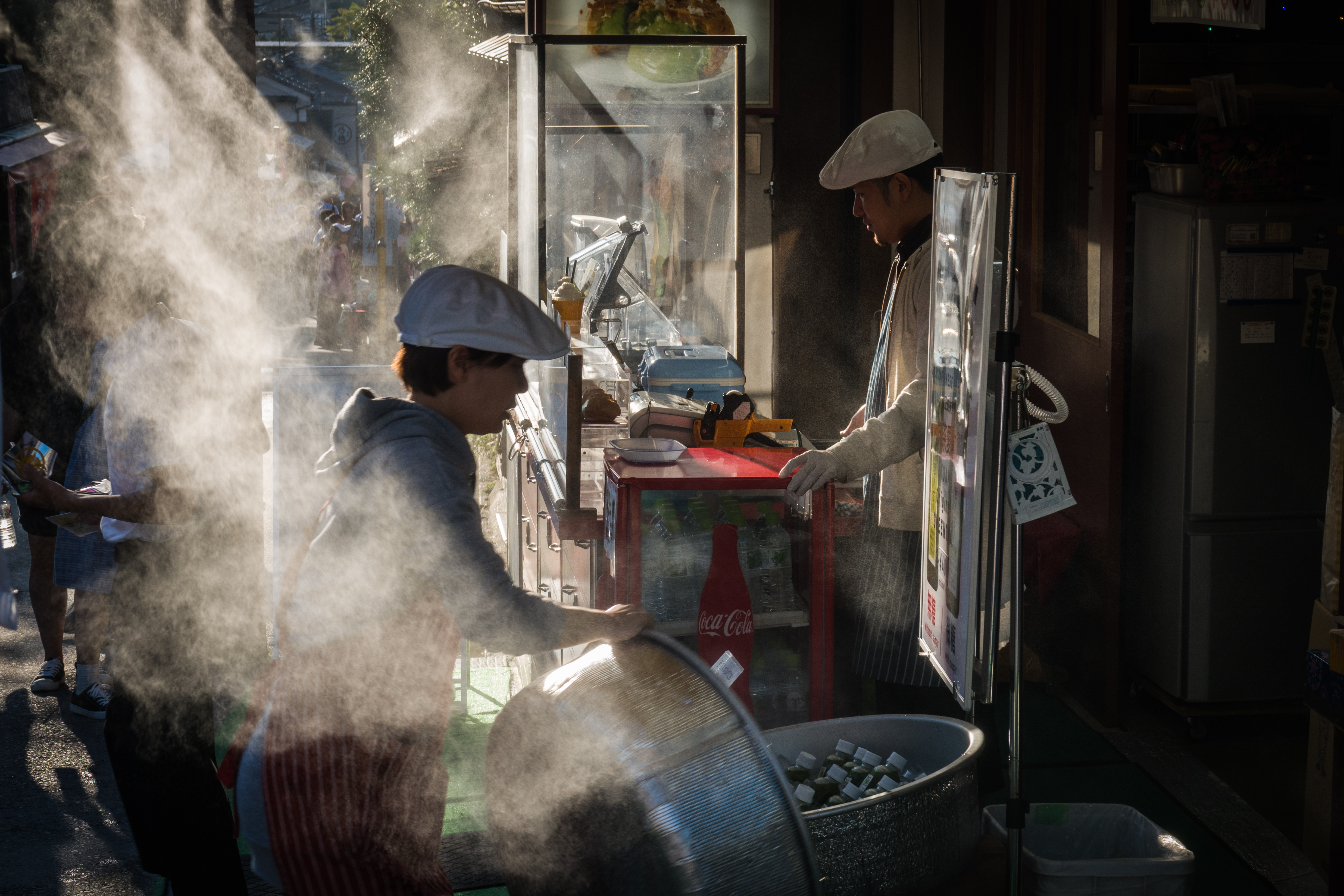
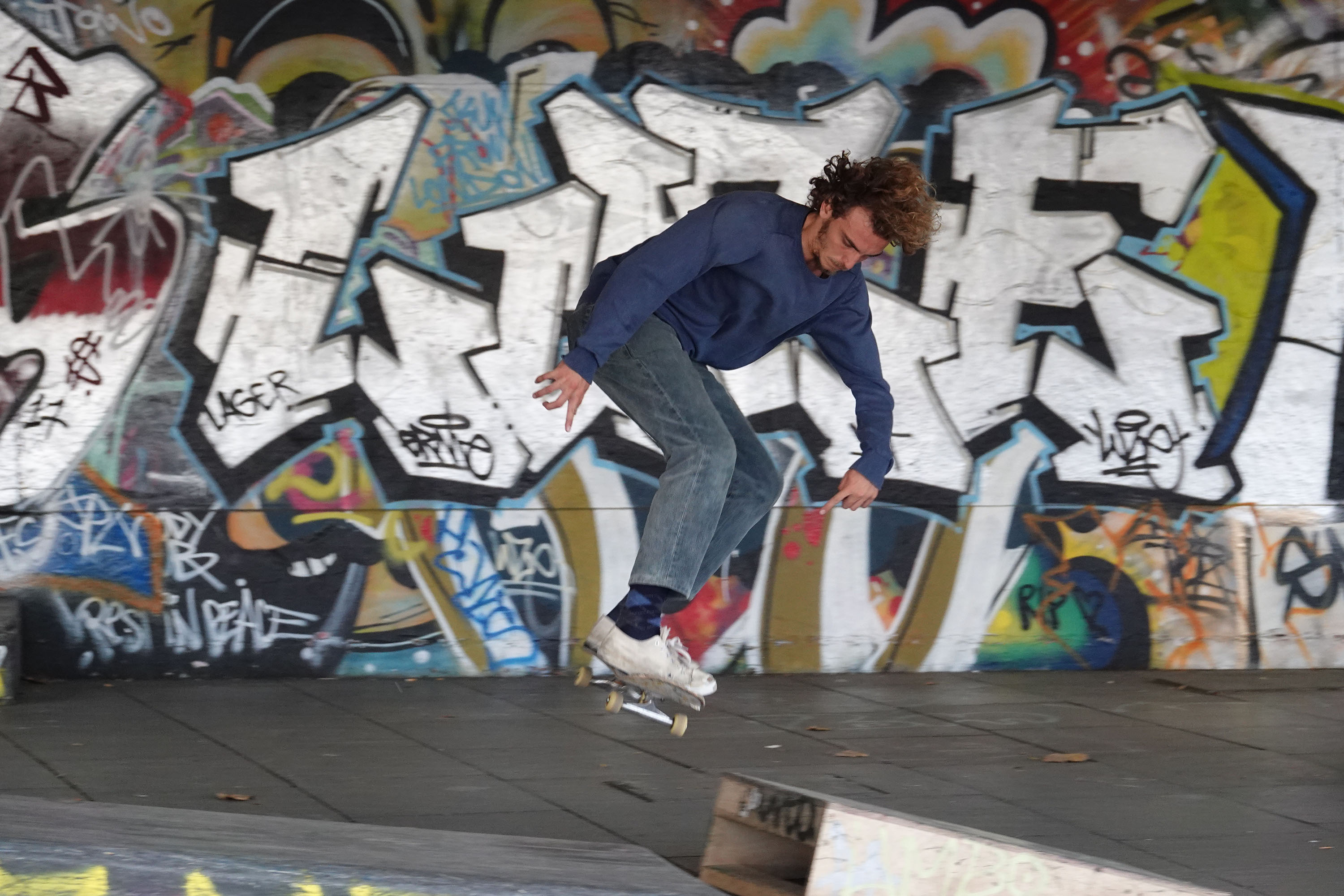
Released in 2017, the Sony RX10 IV remains a stellar bridge camera for those who want the flexibility of a superzoom camera with a 1-inch sensor. In testing, we found the quality of both stills and video to be fantastic. The RX10 Mark IV also benefits from a touch-sensitive screen, plus a stellar EVF and generally very good handling. The five-axis image stabilization comes in handy when using that long lens, even if there is a slight hint of vignetting at the far edges of the frame.
We did find its setup fairly bulky in testing, but compared to carting around a camera body and a bag of lenses, it’s a decent option for traveling photographers who need something for all kinds of situations. With a 24-600mm equivalent zoom range, the RX10 Mark IV offers the versatility to cover a range of scenarios. And because it’s not the latest model to hit the market, it now represents even better value.
- Read our in-depth Sony Cyber-shot RX10 IV review
Also consider
We whittled down the best Sony cameras shortlist to just nine entries, covering a variety of user needs and budgets, but there are plenty of others that could have made the cut. The following are the best of the rest in 2024:
Best value video – Sony FX30: Occupying the bottom rung of Sony’s Cinema Line, the FX30 represents the best-value route into pro-grade videography. Its low price point is achieved in part by swapping the full-frame sensor of the FX3 for an APS-C number, but our tests found that the FX30 is still capable of producing premium video.
Best for travel – Sony A7C R: The Sony A7C was already one of the best full-frame travel cameras. Its successor ups the ante with a 61MP resolution, fantastic autofocus and Sony’s latest AI-powered subject-tracking. We think the result is pretty much the ultimate travel camera.
Best for pro video – Sony A7S III: A favorite among videographers and well-heeled YouTubers, the Sony A7S III stalwart is the best video camera outside of Sony's cinema range. Its main aim is to be the best 4K camera you can buy, and it achieves this by keeping its resolution low and avoiding the temptation of moving up to 8K. You can get the same sensor and quality in the newer and cheaper ZV-E1, but not the same handling.
Best cheap – Sony ZV-E10: A capable little hybrid, the ZV-E10 has been updated with the ZV-E10 II and is now much, much cheaper. In fact, it's probably the cheapest Sony mirrorless camera you can buy new, and for the small outlay you get a 24MP APS-C sensor, 4K video recording (albeit cropped), plus Sony's capable autofocus system. A bargain for beginners who love to shoot photo and video.
How to choose the best Sony camera for you

How to choose the best Sony camera
With such a wealth of choices on offer, selecting your ideal Sony camera isn’t always straightforward. Sony has established a strong reputation with hybrids and video-focused cameras, as well as travel-friendly mirrorless and compact models. But as you’ll see from the list above, there’s something in Sony’s range today for pretty much every type of photographer and videographer.
Which one is right for you will to some extent be determined by your budget: while cameras such as the Sony A1 are remarkable, they are overkill for all but the most committed professionals. At the other end of the spectrum, you have cameras like the entry-level Sony A6100, which we think is the best choice for beginners. Five years after launch, it continues to offer excellent value.
Between these two price points, Sony has a healthy middle tier of cameras, many of which are featured in our list above. To find the right one, the best first step is to think about what and how you like to shoot. That will have a significant influence on the importance of factors such as body style, sensor size, autofocus performance and more.
If you’re looking to shoot footage with a Sony, you’ll find that most of its models today have strong video specs, including flip-out screens, high-res recording at smooth frame rates, plus strong connectivity for accessories such as external microphones. The Sony ZV-E10 is a fantastic choice for vlogging on a budget, while the Sony ZV-E1 is pretty much the perfect blend of portability and vlogging performance. If you’re happy wielding something bigger, the Sony A7S III has long been a champion of outright video quality.
If you’d prefer a camera that leans more towards stills, Sony has those as well. If you want a tidy interchangeable-lens camera that can produce excellent images, Sony’s APS-C flagship, the A6700, certainly delivers. For pros who need a high-res stills workhorse, the Sony A7R V is equipped with a truly capable full-frame stacked sensor. Or if you shoot sports and wildlife and value performance above all else, the Sony A9 III is unbeatable.
Of course, many of the cameras mentioned above are marketed as hybrids, and can deliver both excellent stills and compelling video. In today’s arena, that’s essentially the benchmark for any mirrorless camera. And if it’s an all-rounder you’re looking for, there simply isn’t anything better right now than the Sony A7 IV that sits at the top of this page.
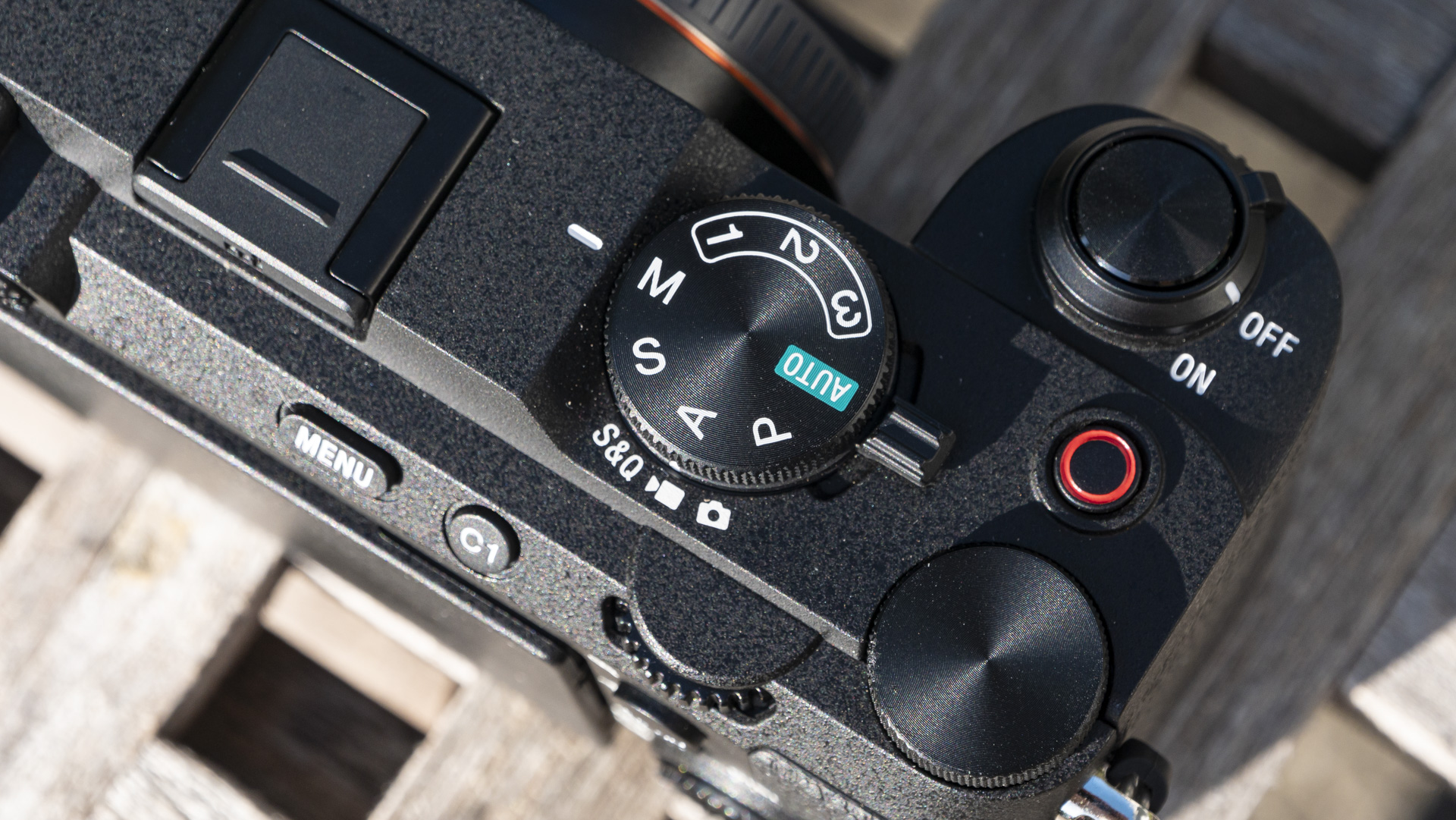
What is the best Sony camera for beginners?
As you’ll see from our comprehensive round-up above, Sony’s camera range spans everything from accessible entry-level models to the most expensive professional powerhouses. When it comes to choosing the top Sony camera for beginners, it’s not necessarily as simple as looking to the bottom of the range.
Many beginners are governed by budget first and foremost. If so, you’ll find that premium compact cameras such as the Sony ZV-1 target a sweet spot between price and performance. Its small form factor should make it easy for novices to handle, while its touchscreen interface will streamline the switch from smartphone photography. Plus it still has the hardware to produce excellent stills, and video in particular.
As a learner, it’s important to allow yourself room to grow when choosing a camera. More advanced premium compacts such as the RX100 VII will give you this, with impressive performance and a high level of optional control. Similarly, the versatile RX10 IV majors in flexibility for first-time photographers, giving you a generous zoom range without the need to carry extra lenses.
That said, if you’re looking at interchangeable lens cameras, the Sony A6100 is a great place to start. It’s small but packed with useful features, and gets all of the core elements right: image quality, autofocus and battery life. Its Sony E mount ensures you’ll find plenty of options when the time comes to expand your lens collection, while its relative age means you can find it online at prices that represent excellent value.
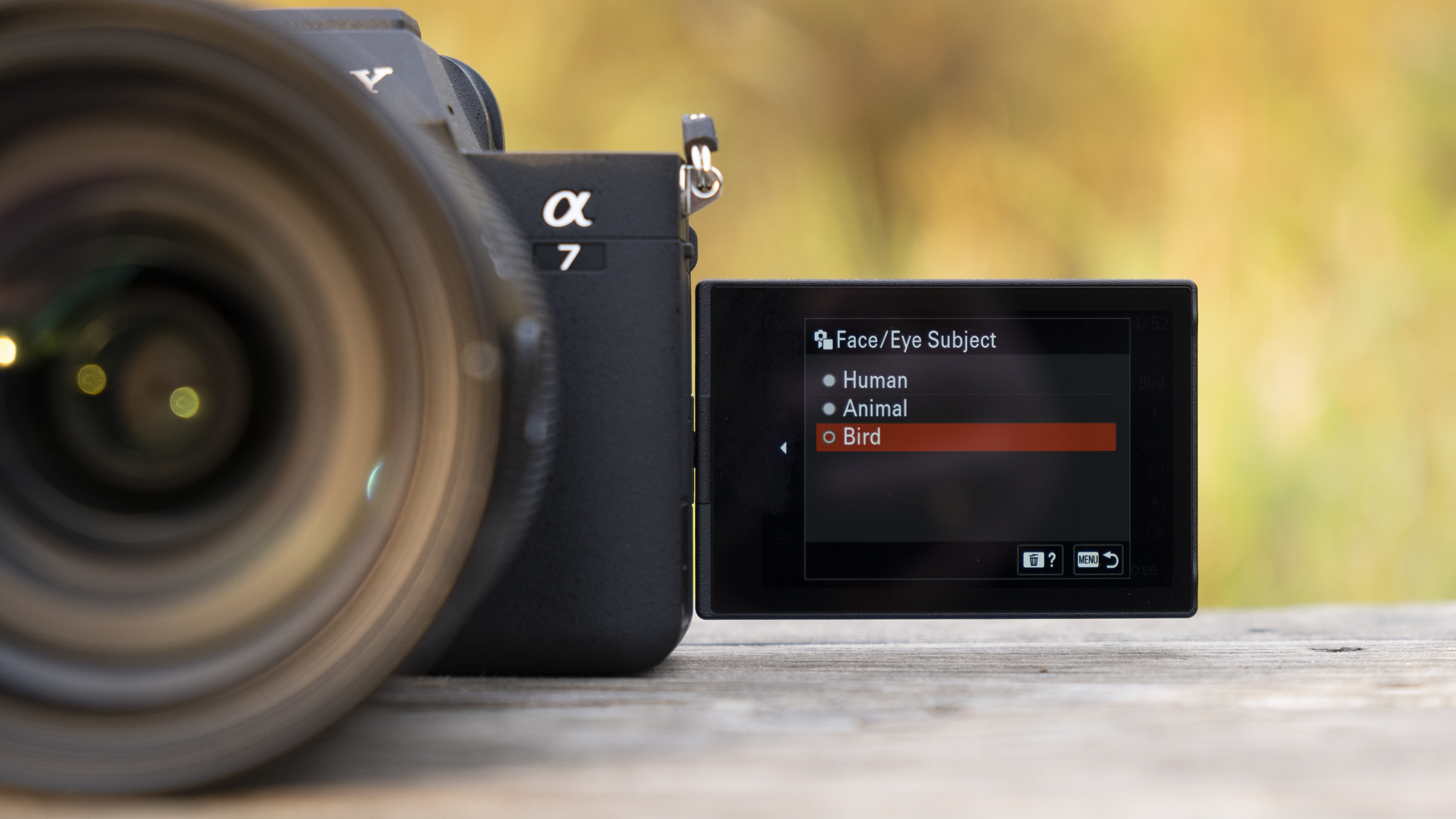
How we test the best Sony cameras
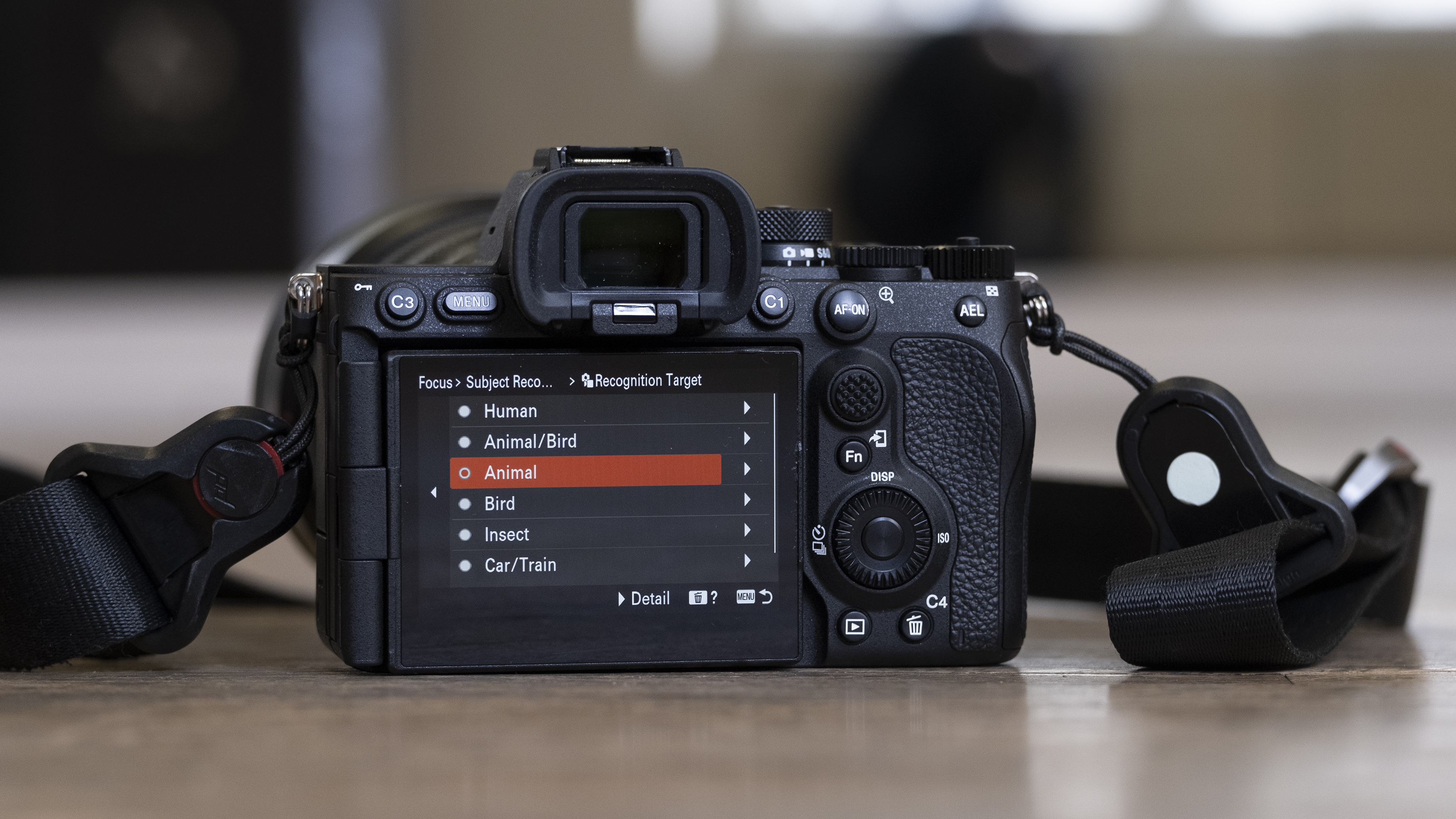
☑️ 100s of cameras reviewed
☑️ 15 years of product testing
☑️ Over 16,000 products reviewed in total
☑️ Nearly 200,000 hours testing tech
Buying a camera these days is a big investment, so every Sony camera in this guide has been tested extensively by us. These days, real-world tests are the most revealing way to understand a camera's performance and character, so we focus heavily on those, along with standardized tests for factors like ISO performance.
To start with, we look at the camera's design, handling and controls to get a sense of what kind of photographer it's aimed at and who would most enjoy shooting with it. When we take it out on a shoot, we'll use it both handheld and on a tripod to get a sense of where its strengths lie, and test its startup speed.
When it comes to performance, we use a formatted UHS-II card (if supported) and shoot in both raw and JPEG (if available). For burst shooting tests, we dial in our regular test settings (1/250 sec, ISO 200, continuous AF) and shoot a series of frames in front of a stopwatch to see if it lives up to its claimed speeds. We'll also look at how quickly the buffers clears and repeat the test for both raw and JPEG files.
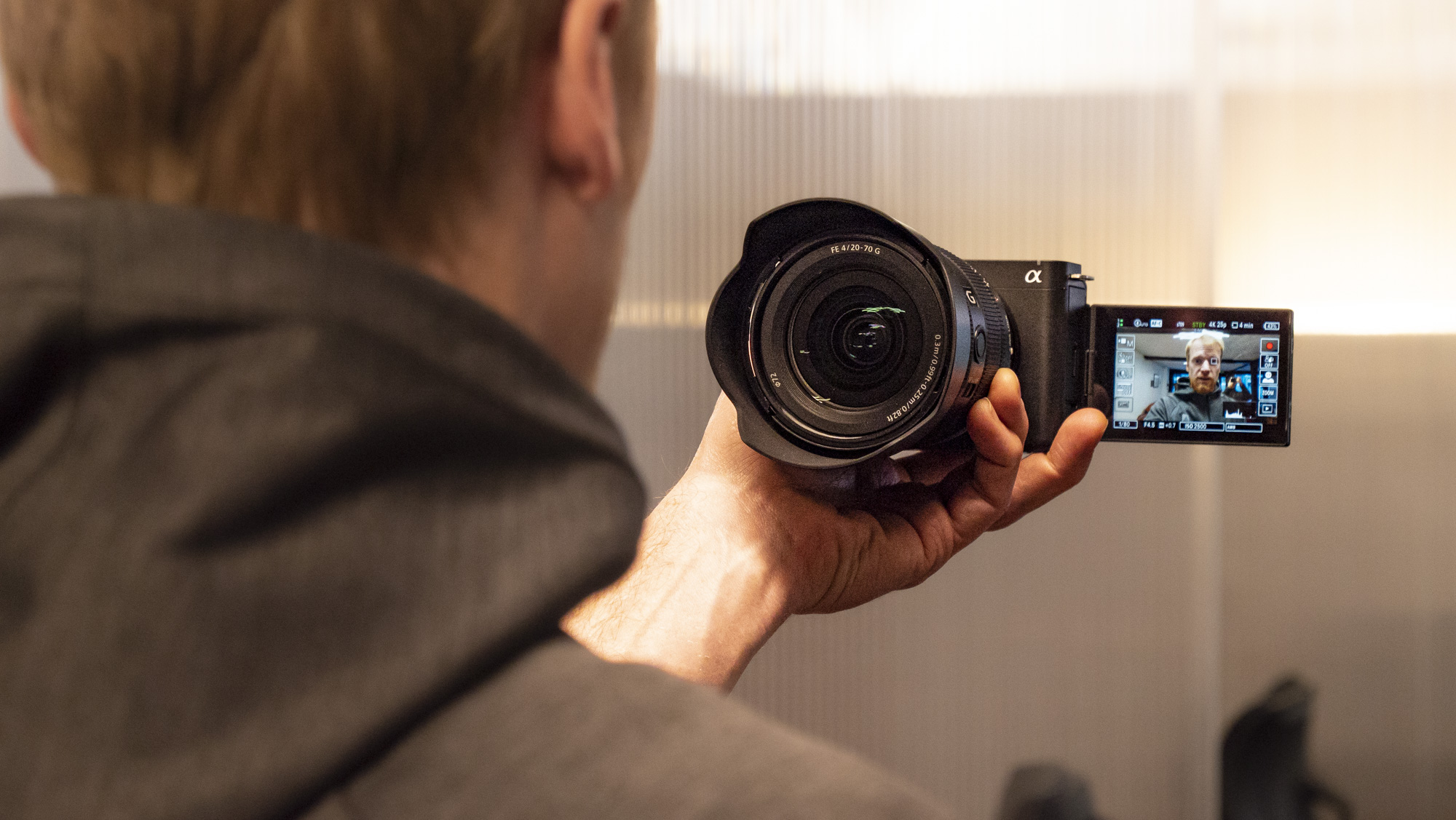
In various lighting conditions, we also test the camera's different autofocus modes (including Face and Eye AF) in single point, area and continuous modes. We also shoot a range of photos of different styles (portrait, landscape, low light, macro/close-up) in raw and JPEG to get a sense of metering and its sensor's ability to handle noise and resolve fine detail.
If the camera's raw files are supported by Adobe Camera Raw, we'll also process some test images to see how we can push areas like shadow recovery. And we'll also test its ISO performance across the whole range to get a sense of the levels we'd be happy to push the camera to.
Battery life is tested in a real-world fashion, as we use the camera over the course of the day with the screen set to the default settings. Once the battery has reached zero, we'll then count the number of shots to see how it compares to the camera's CIPA rating. Finally, we test the camera's video skills by shooting some test footage at different frame-rates and resolutions, along with its companion app.
We then take everything we've learned about the Sony camera and factor in its price to get a sense of the value-for-money it offers, before reaching our final verdict.
Read more:
Best Sony lenses
Best camera
Best compact camera
Best mirrorless camera
Best full-frame camera
Get daily insight, inspiration and deals in your inbox
Sign up for breaking news, reviews, opinion, top tech deals, and more.

Tim is the Cameras editor at TechRadar. He has enjoyed more than 15 years in the photo video industry with most of those in the world of tech journalism. During his time as Deputy Technical Editor with Amateur Photographer, as a freelancer and consequently editor at Tech Radar, Tim has developed a deeply technical knowledge and practical experience with cameras, educating others through news, reviews and features. He’s also worked in video production for Studio 44 with clients including Canon, and volunteers his spare time to consult a non-profit, diverse stories team based in Nairobi. Tim is curious, a keen creative, avid footballer and runner, and moderate flat white drinker who has lived in Kenya and believes we have much to enjoy and learn from each other.
- Chris Rowlands
- Mark WilsonSenior news editor
